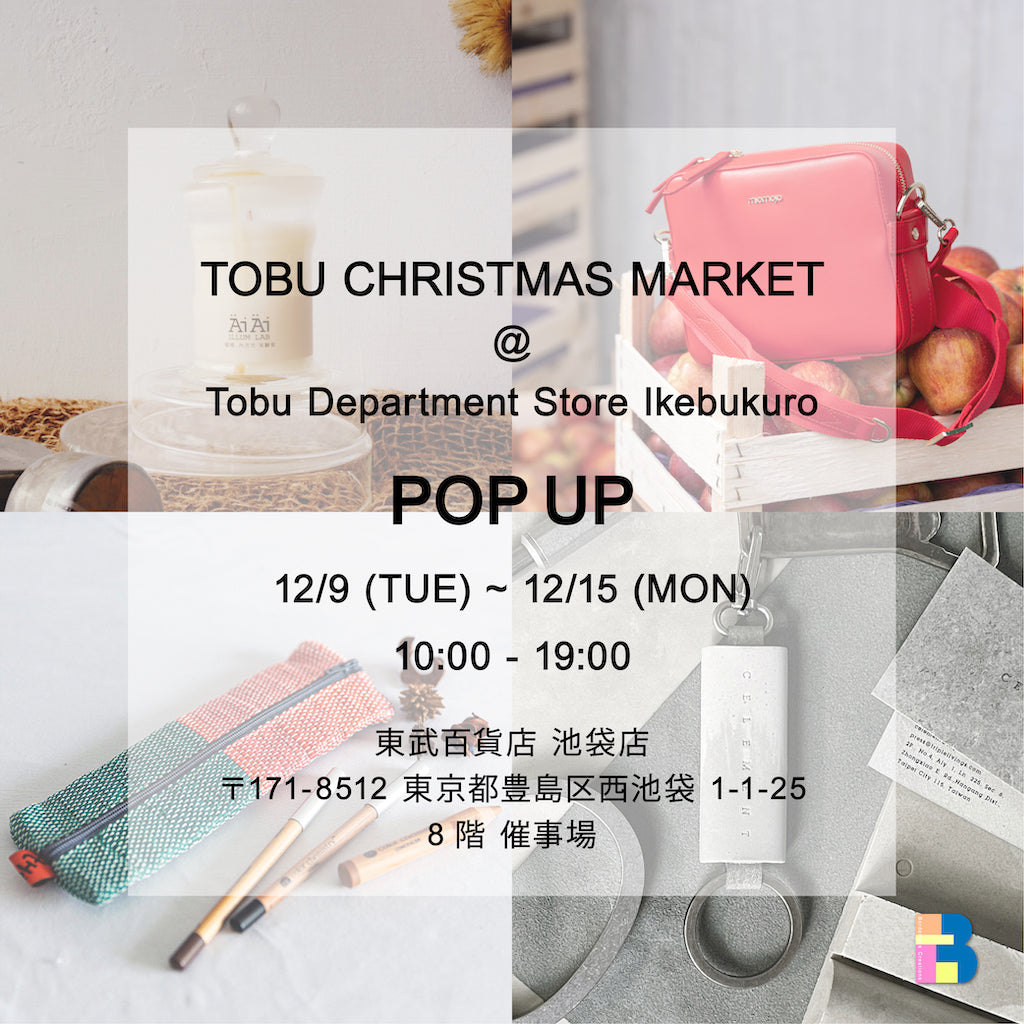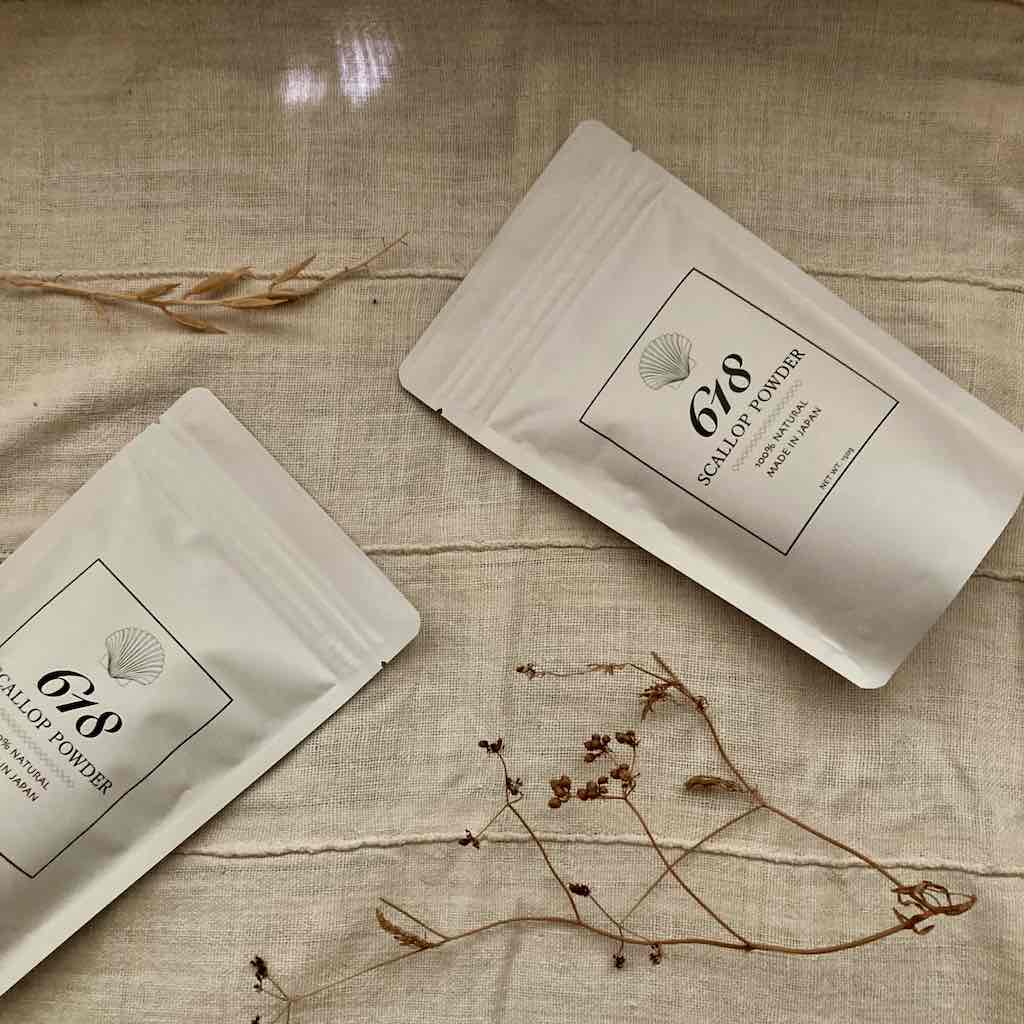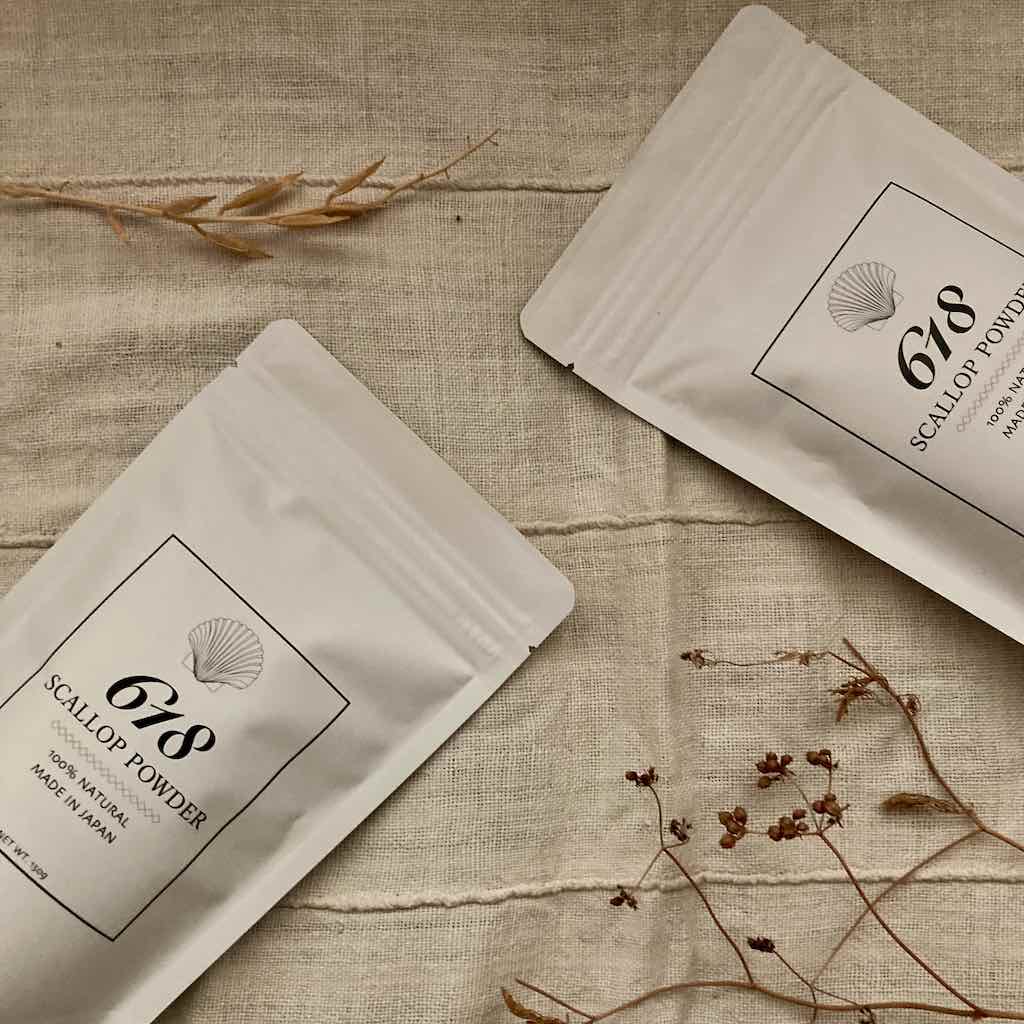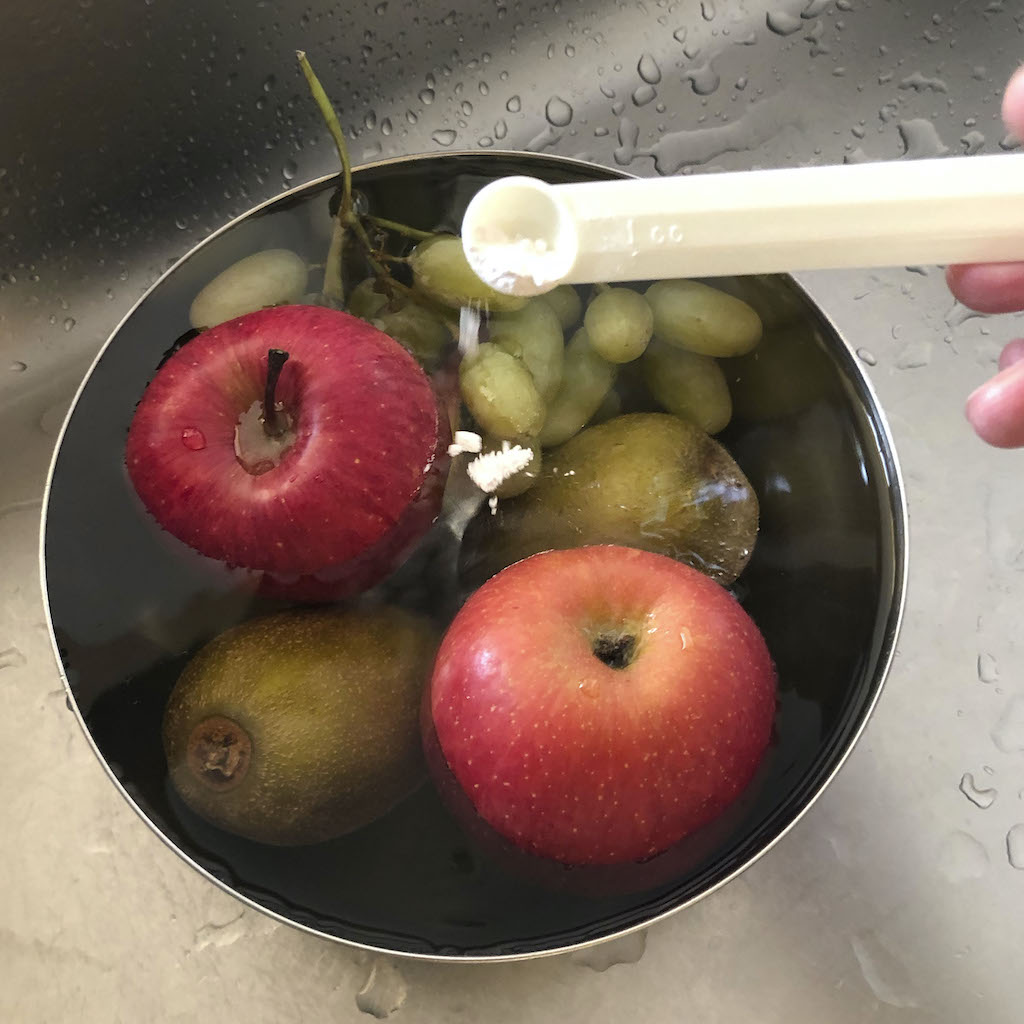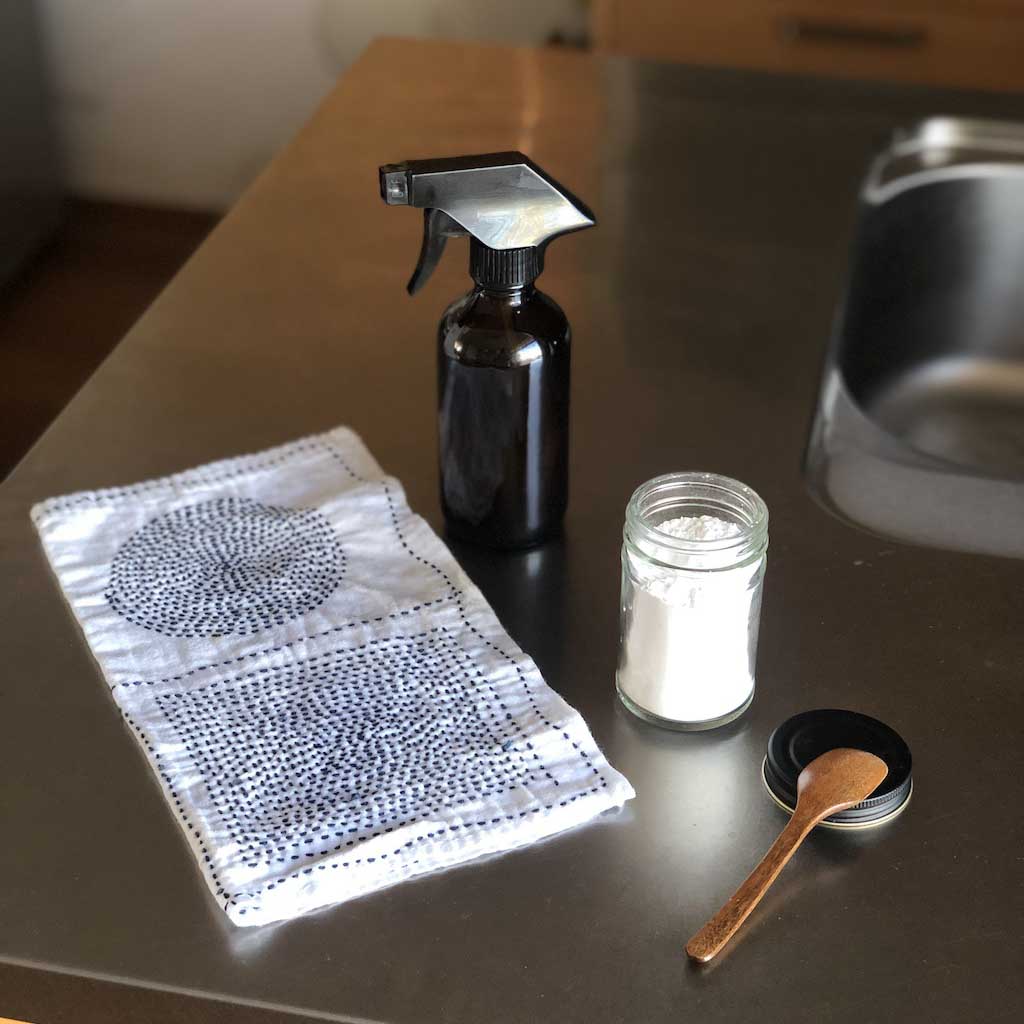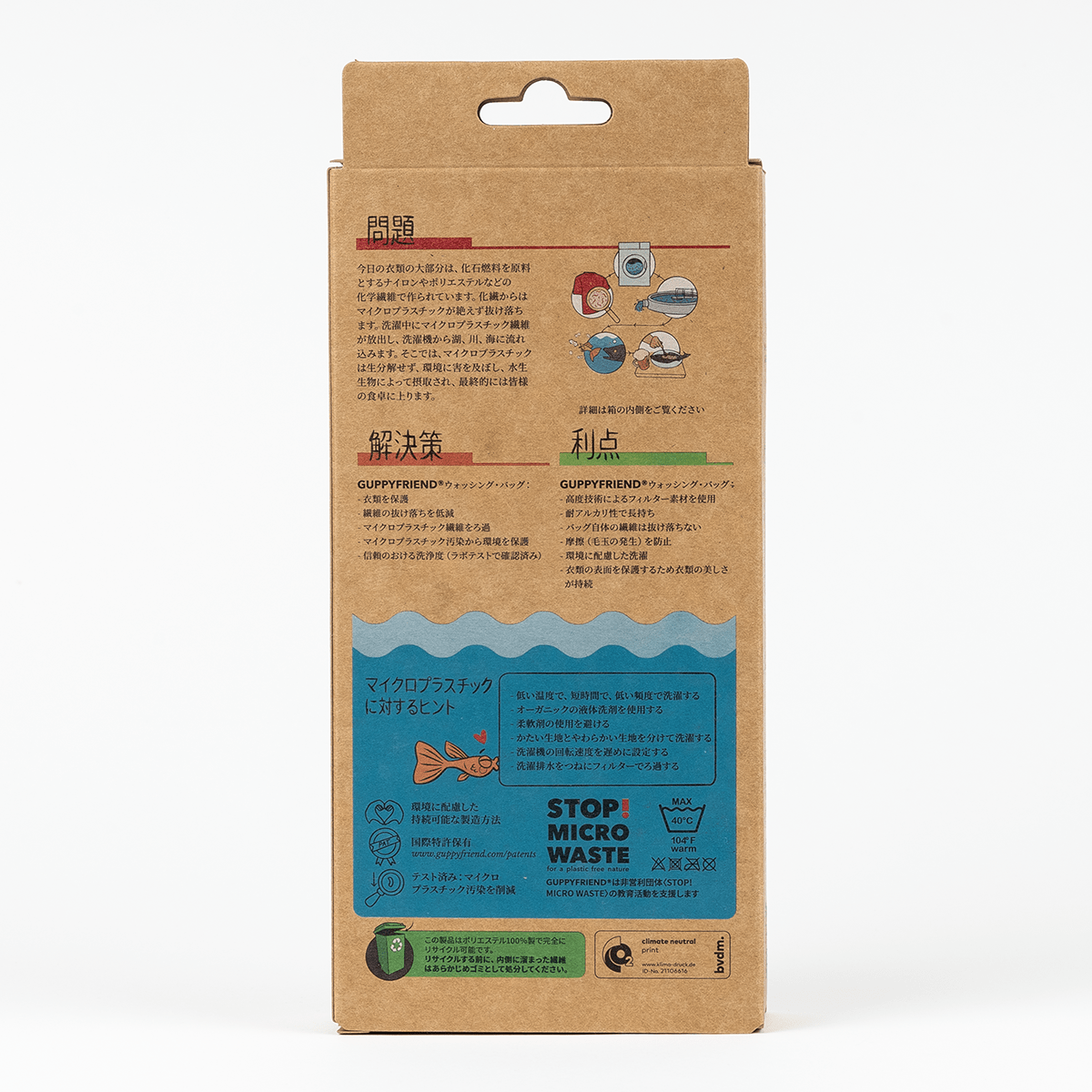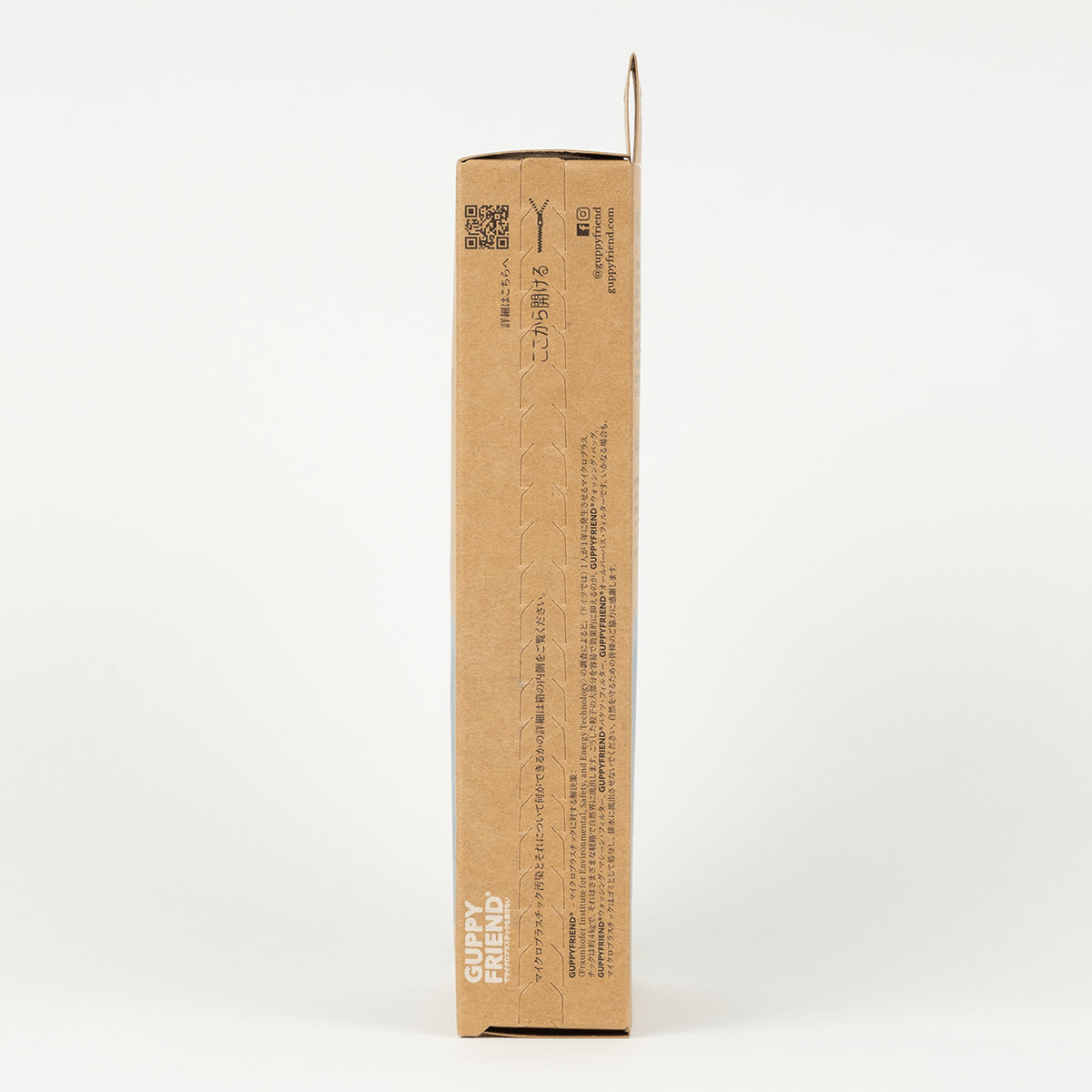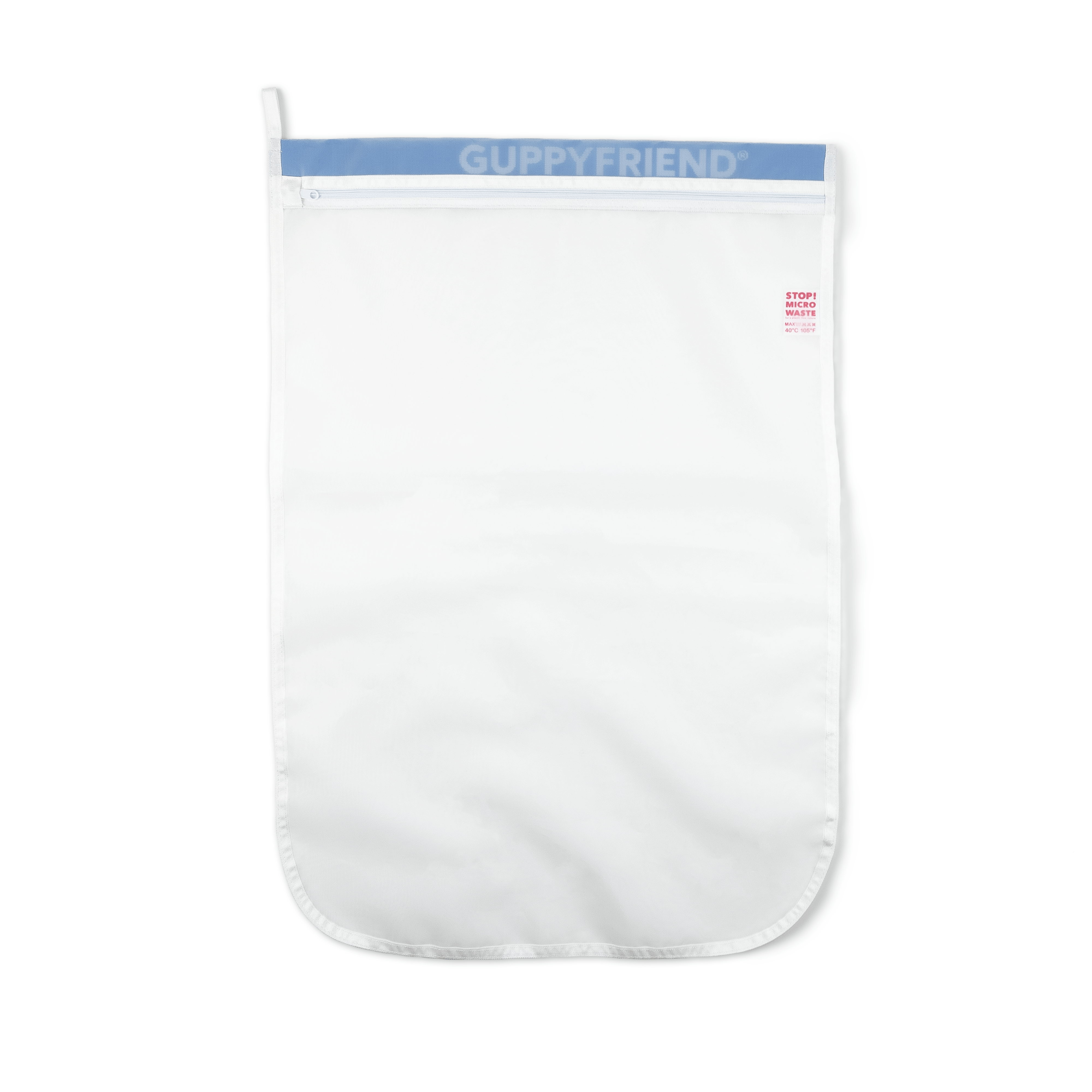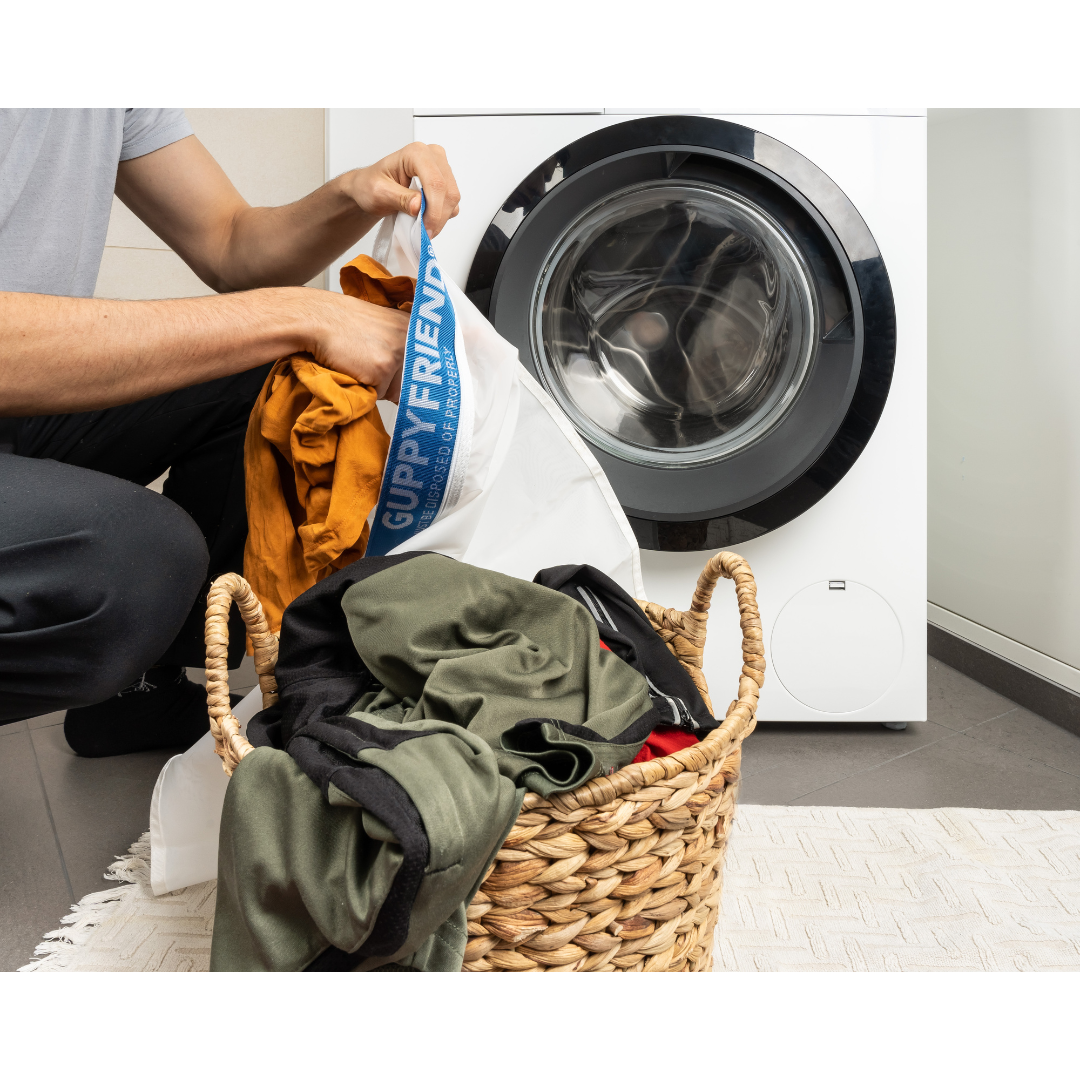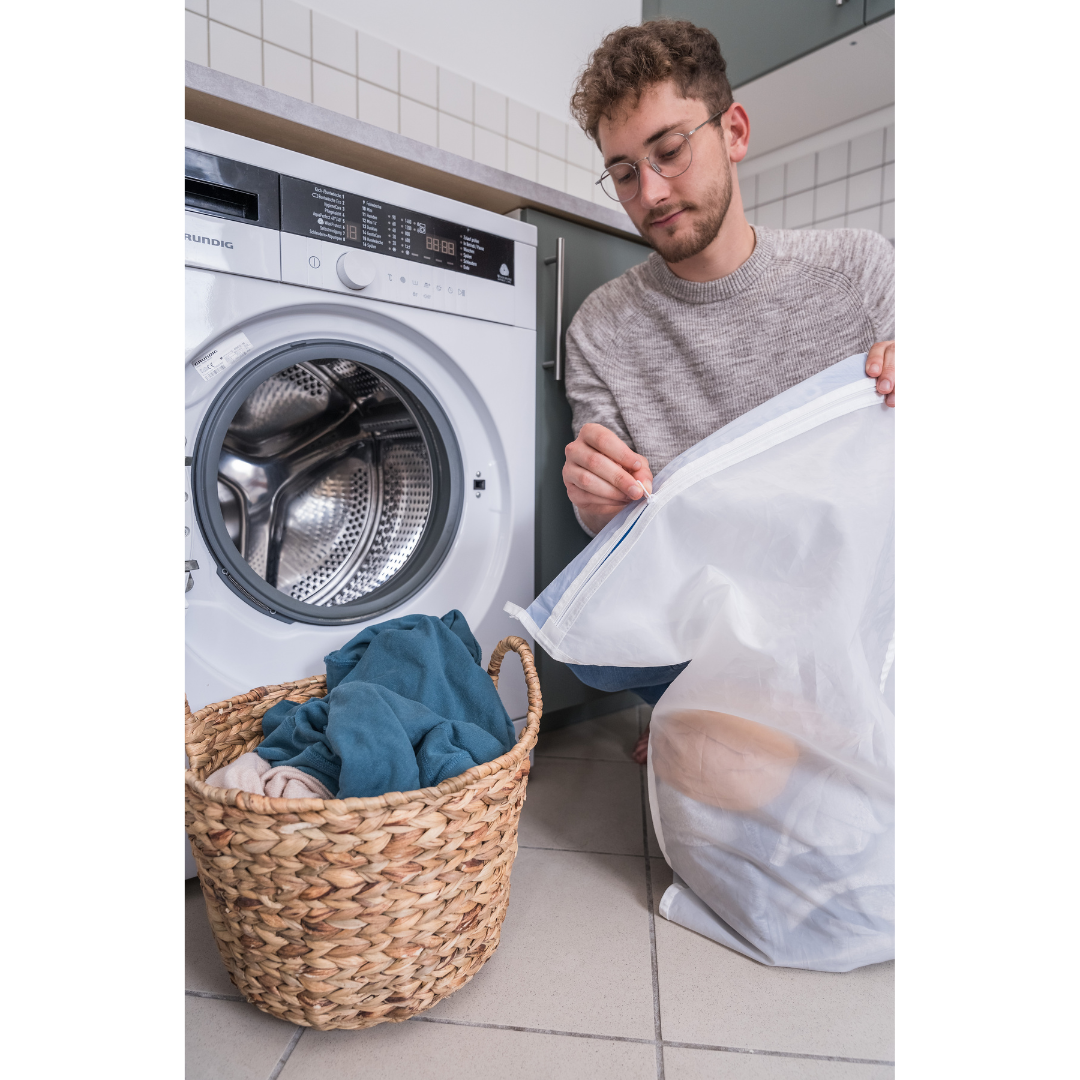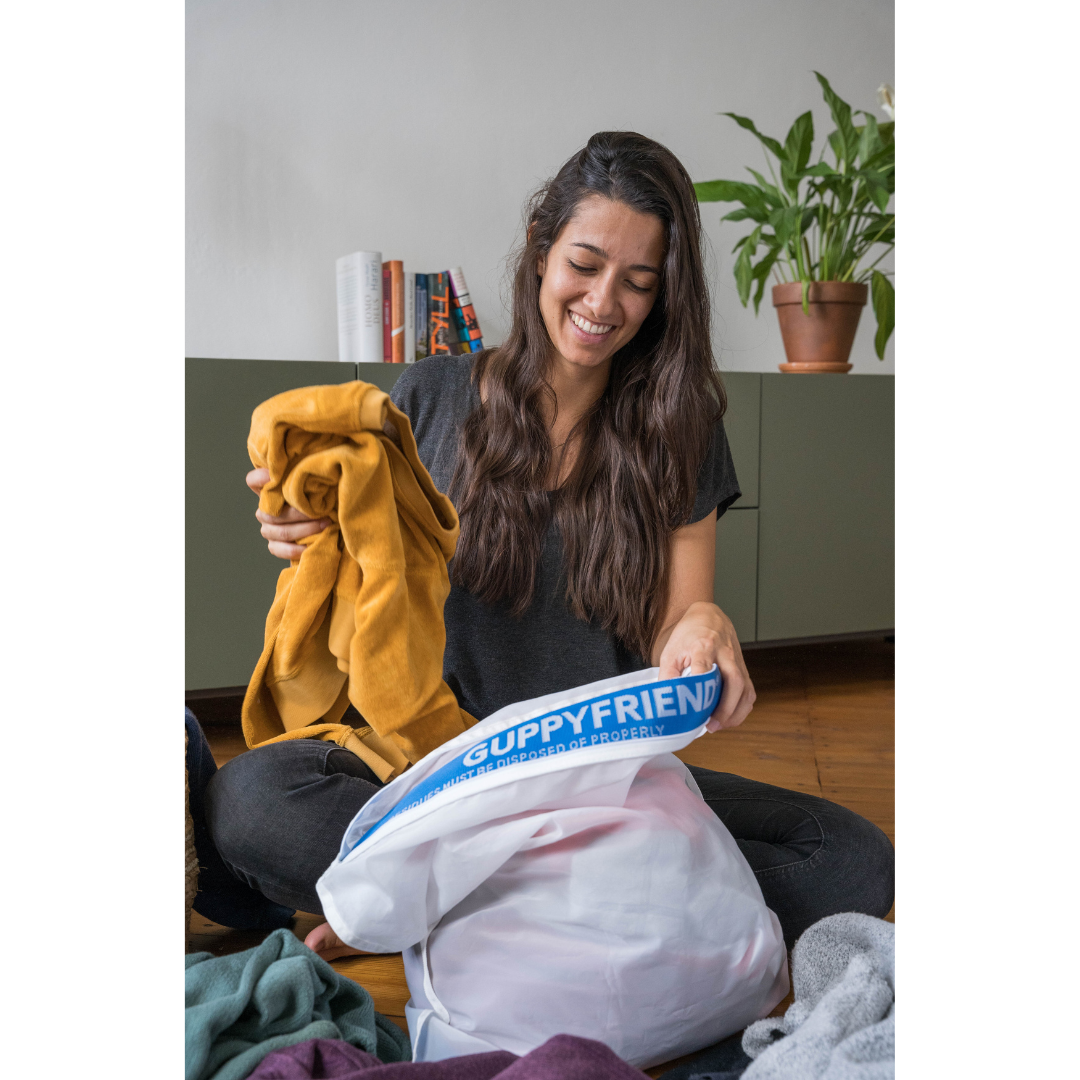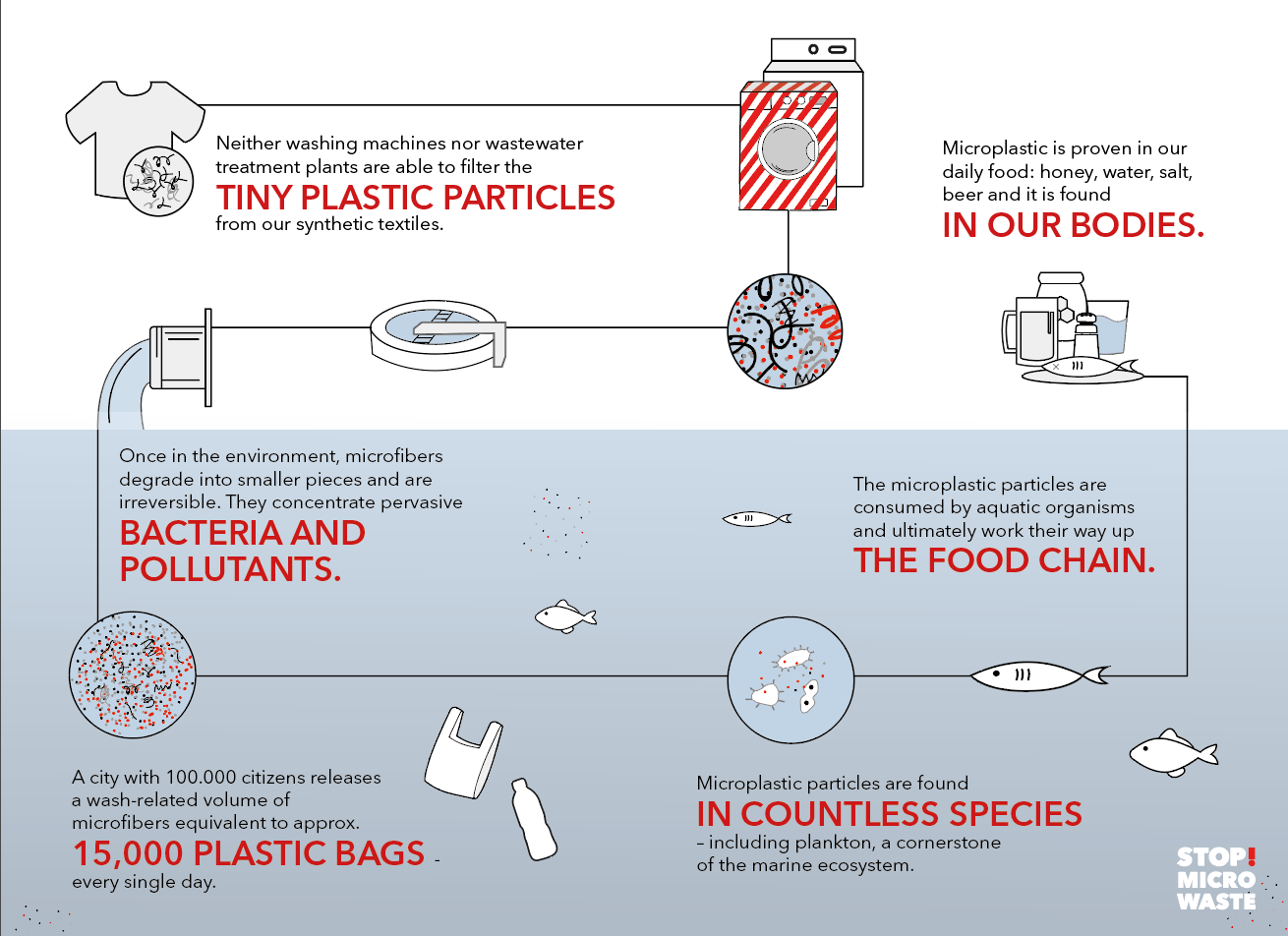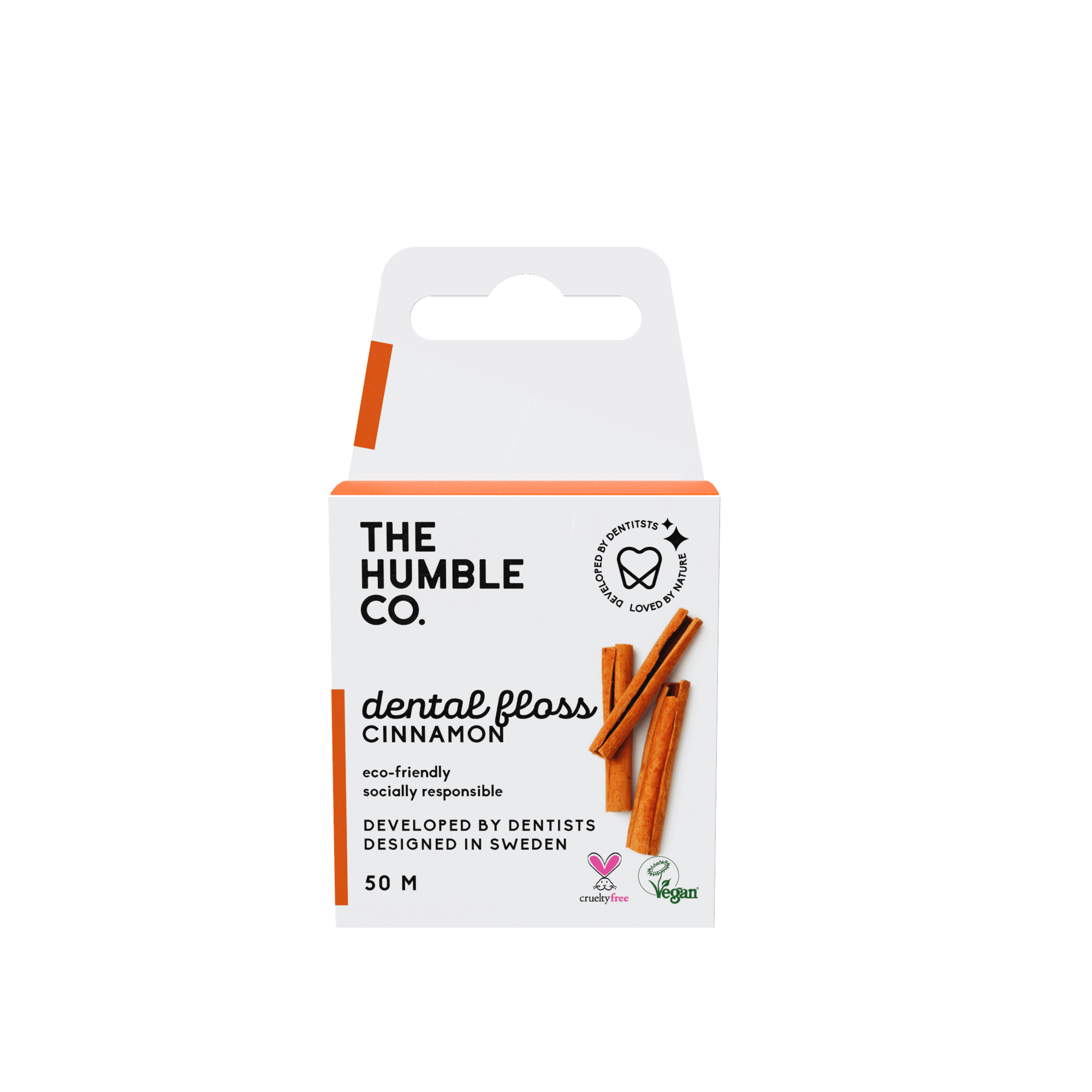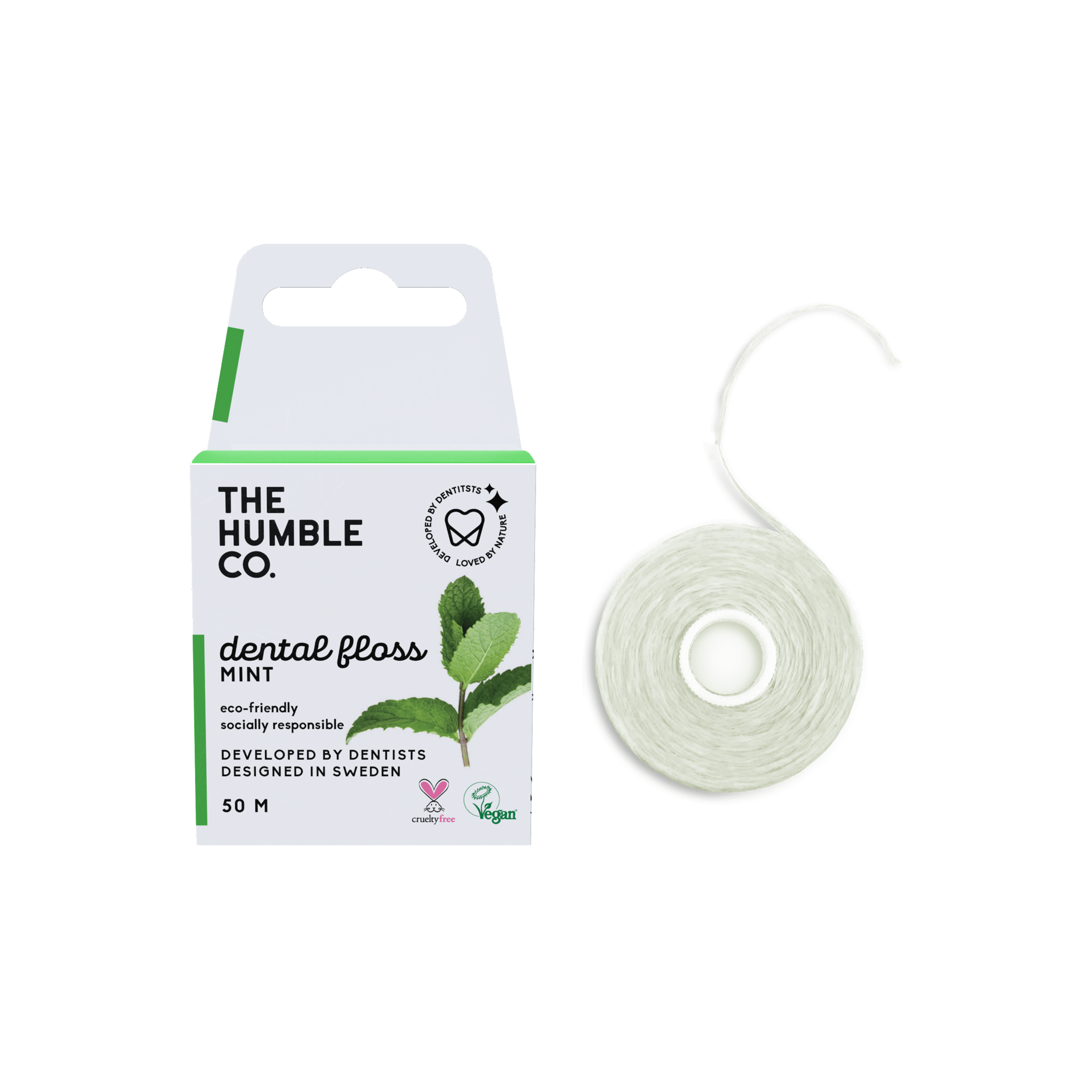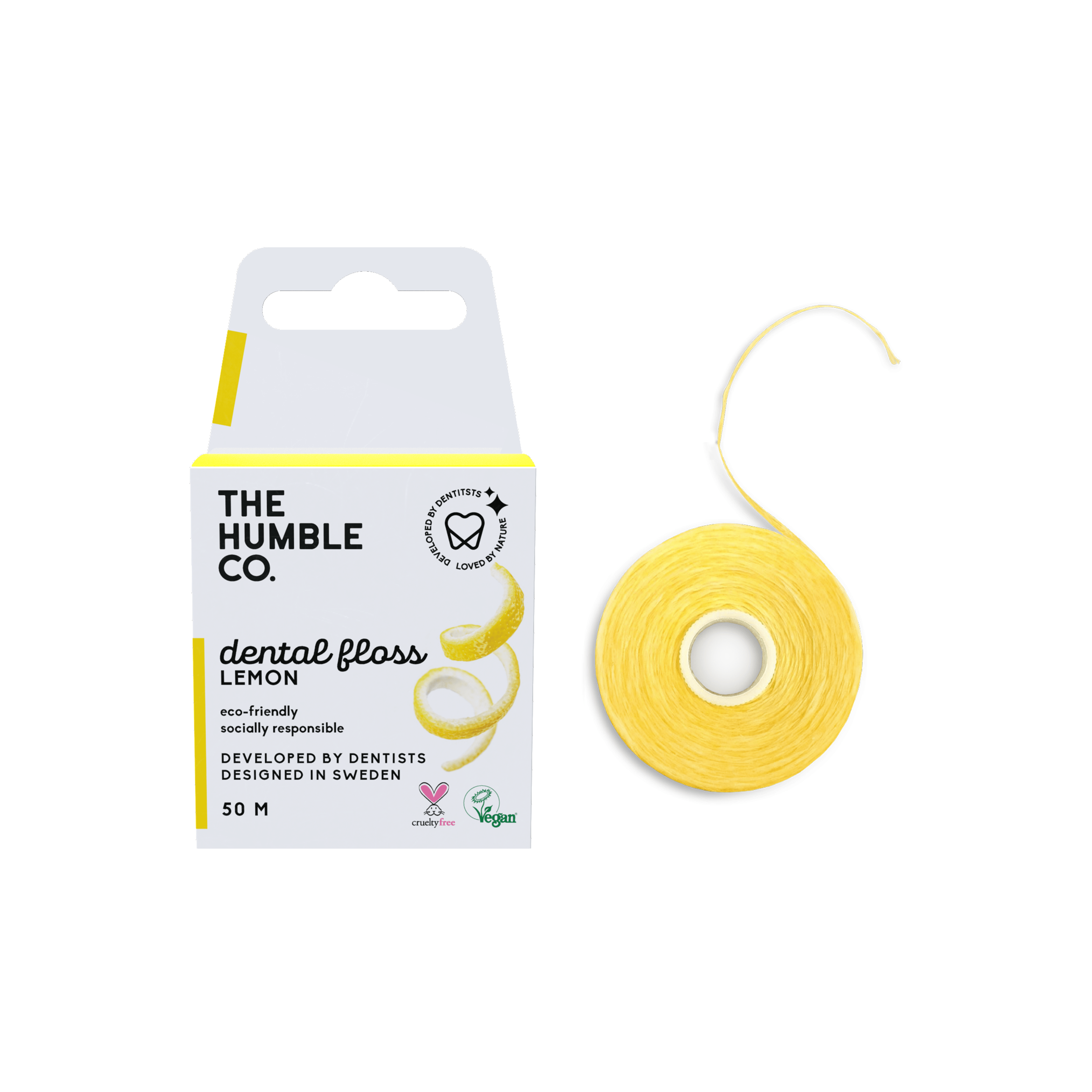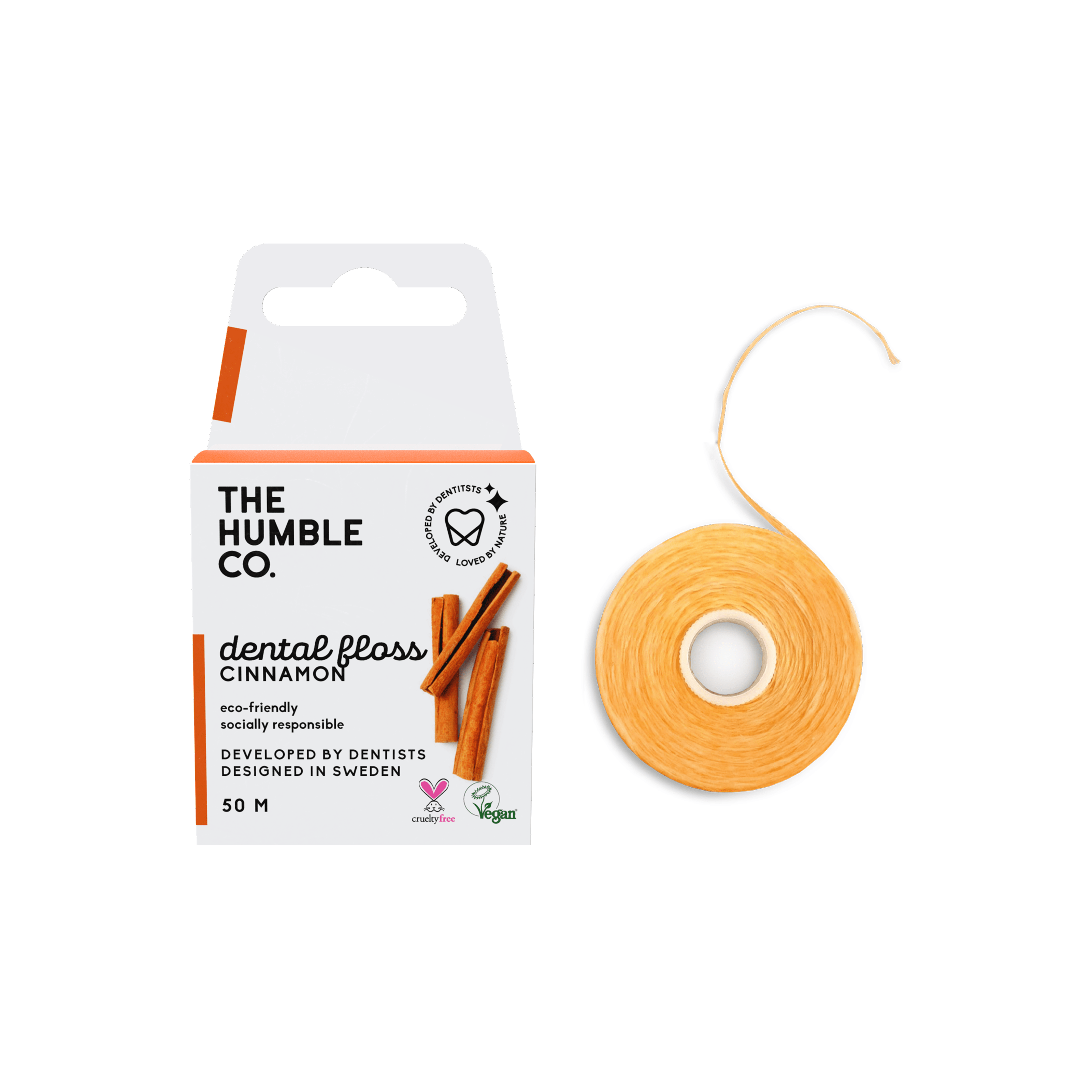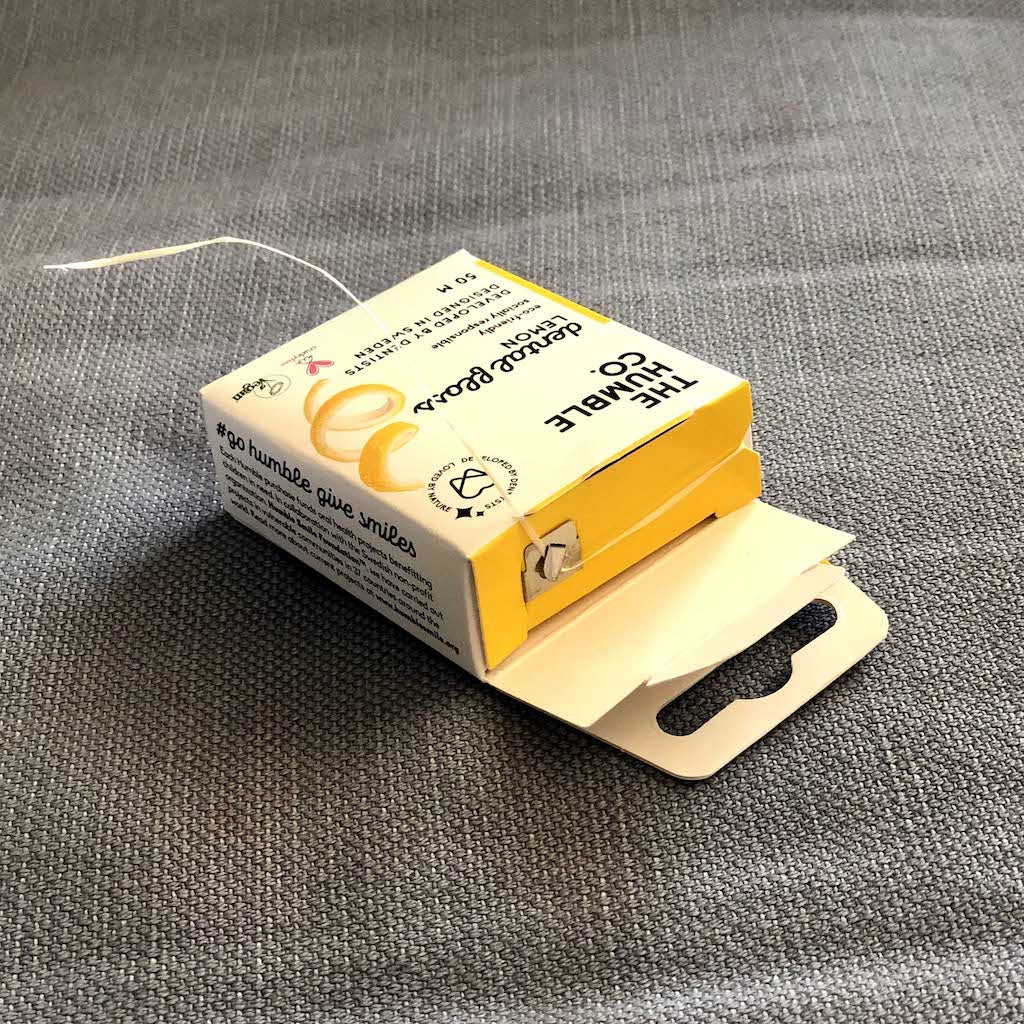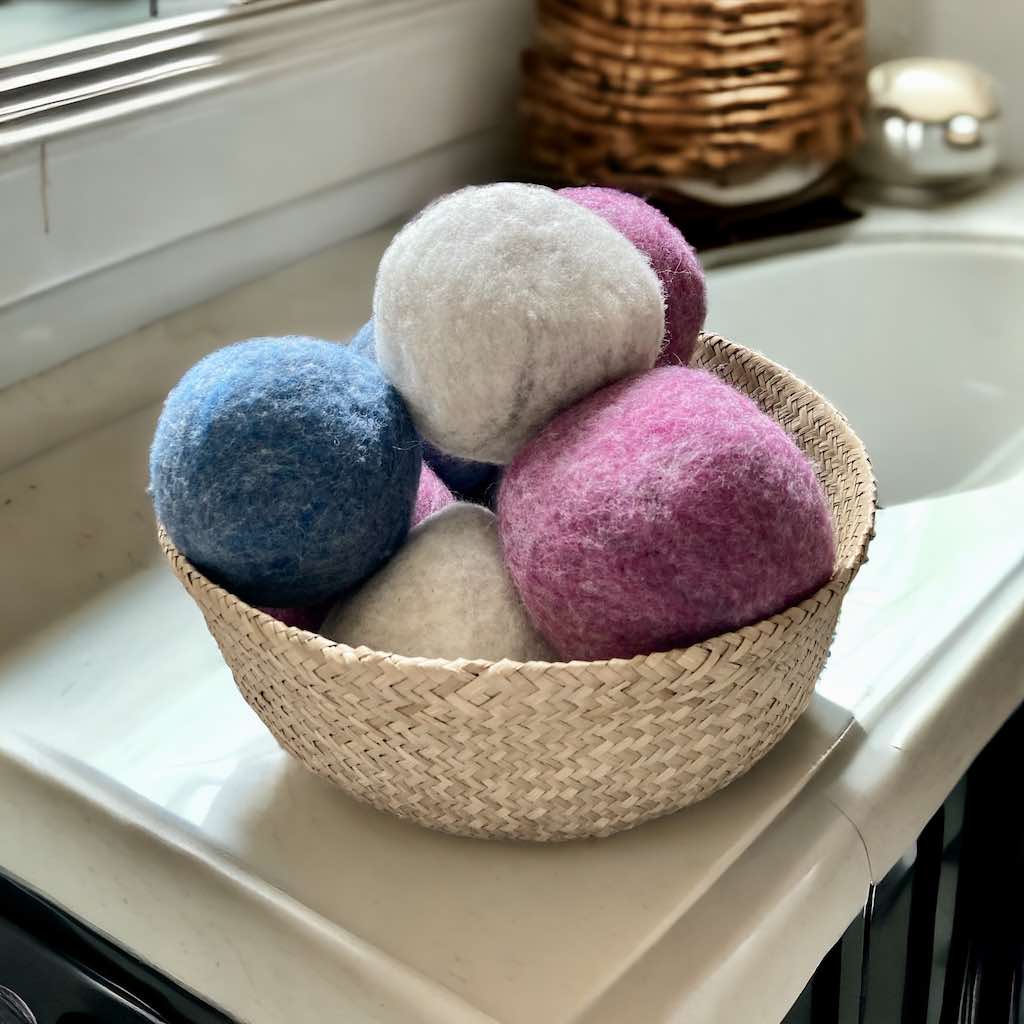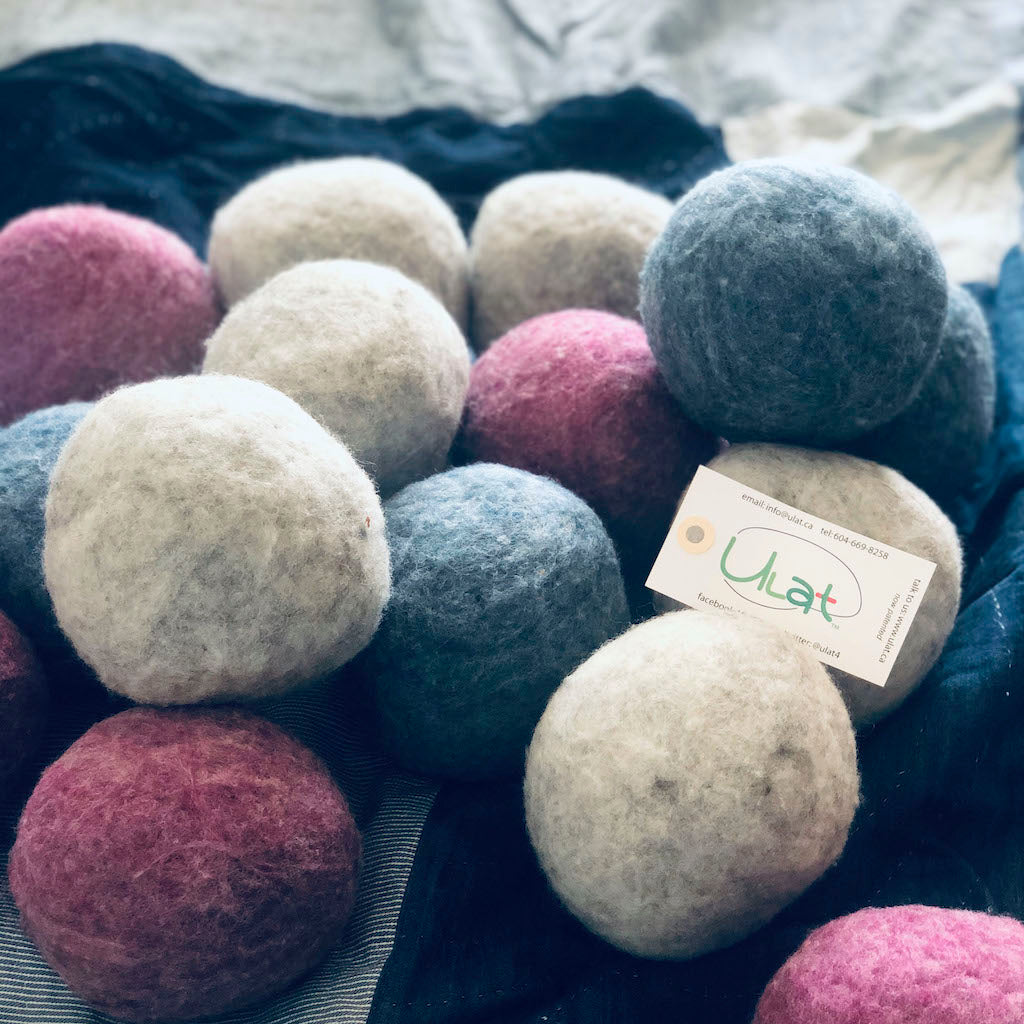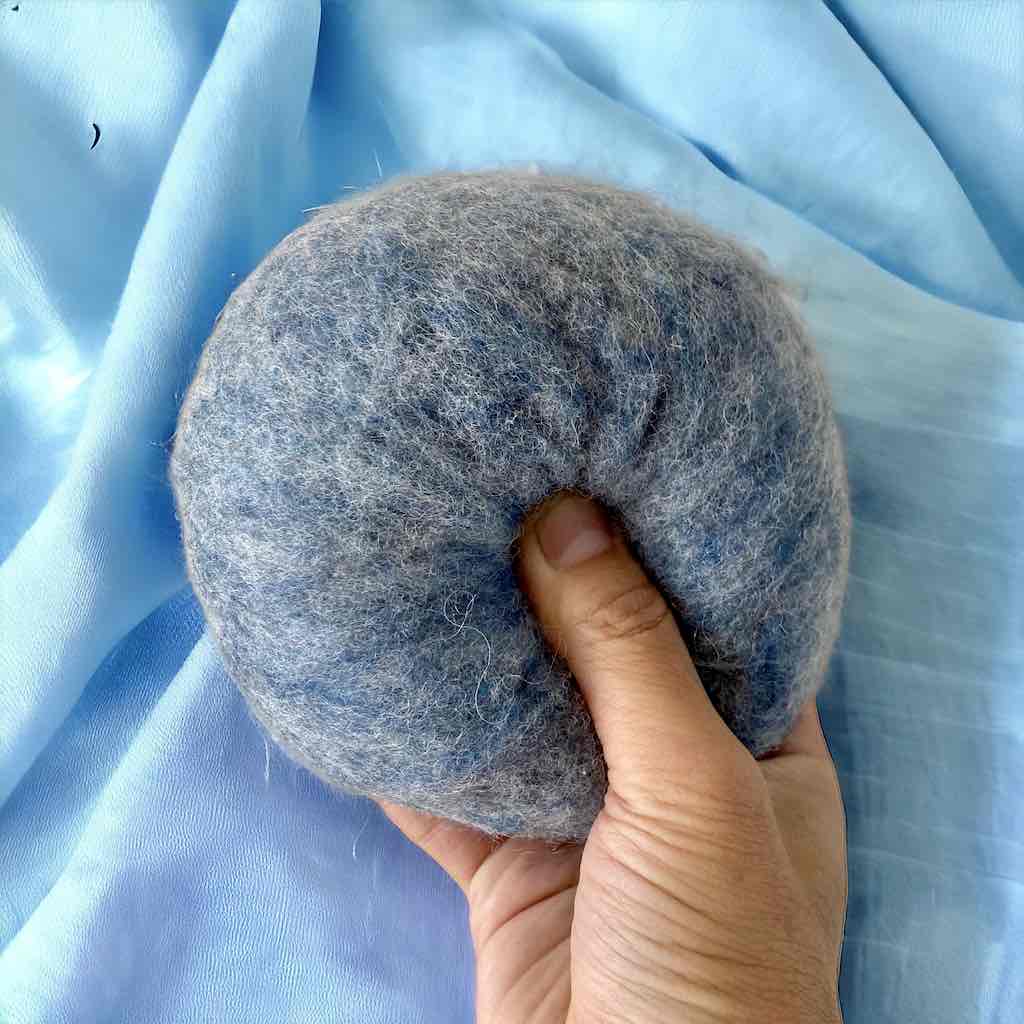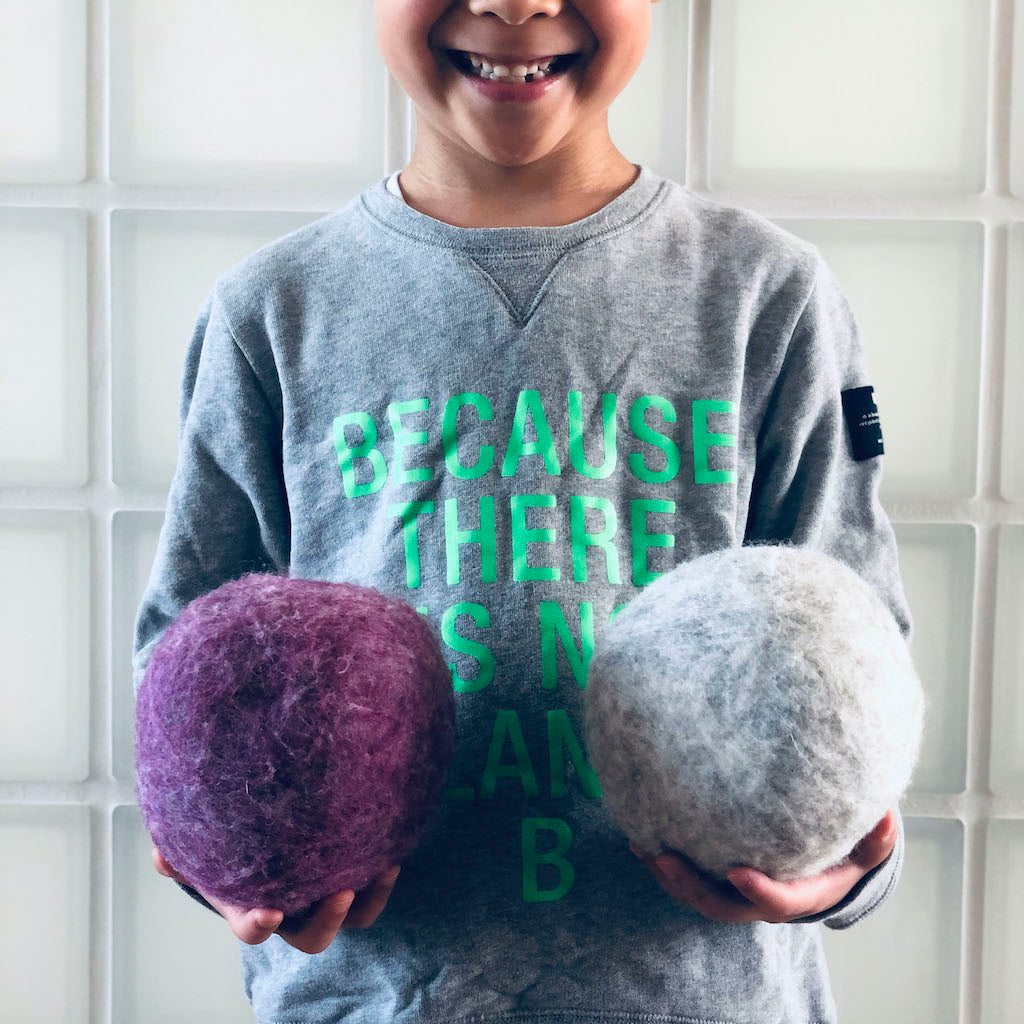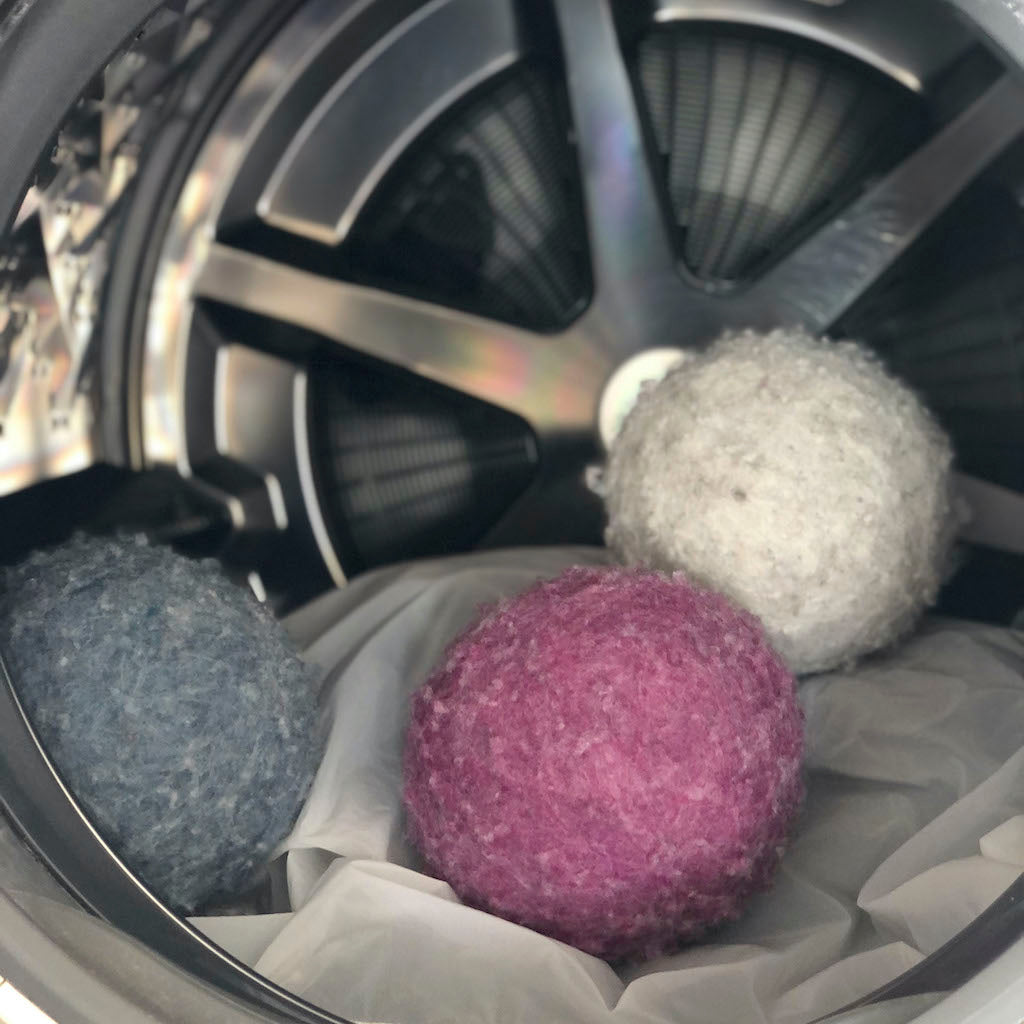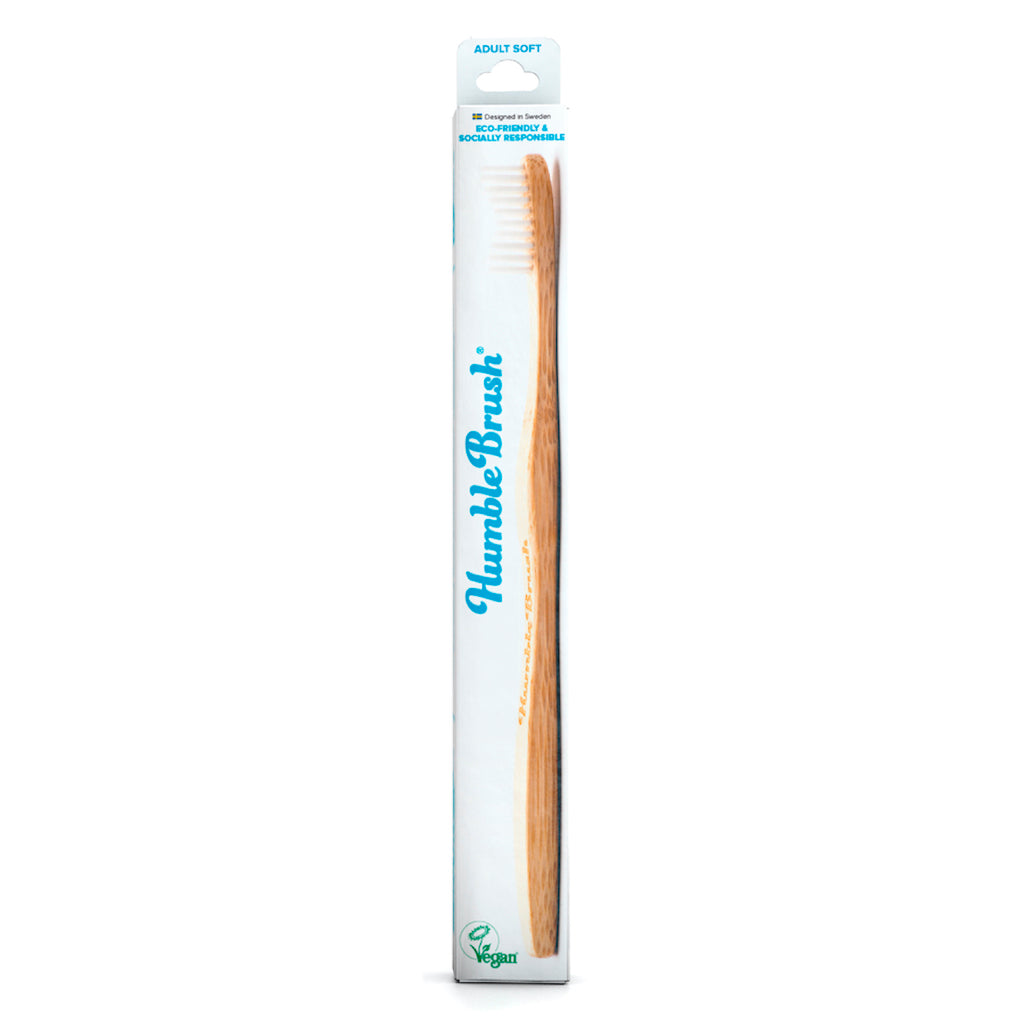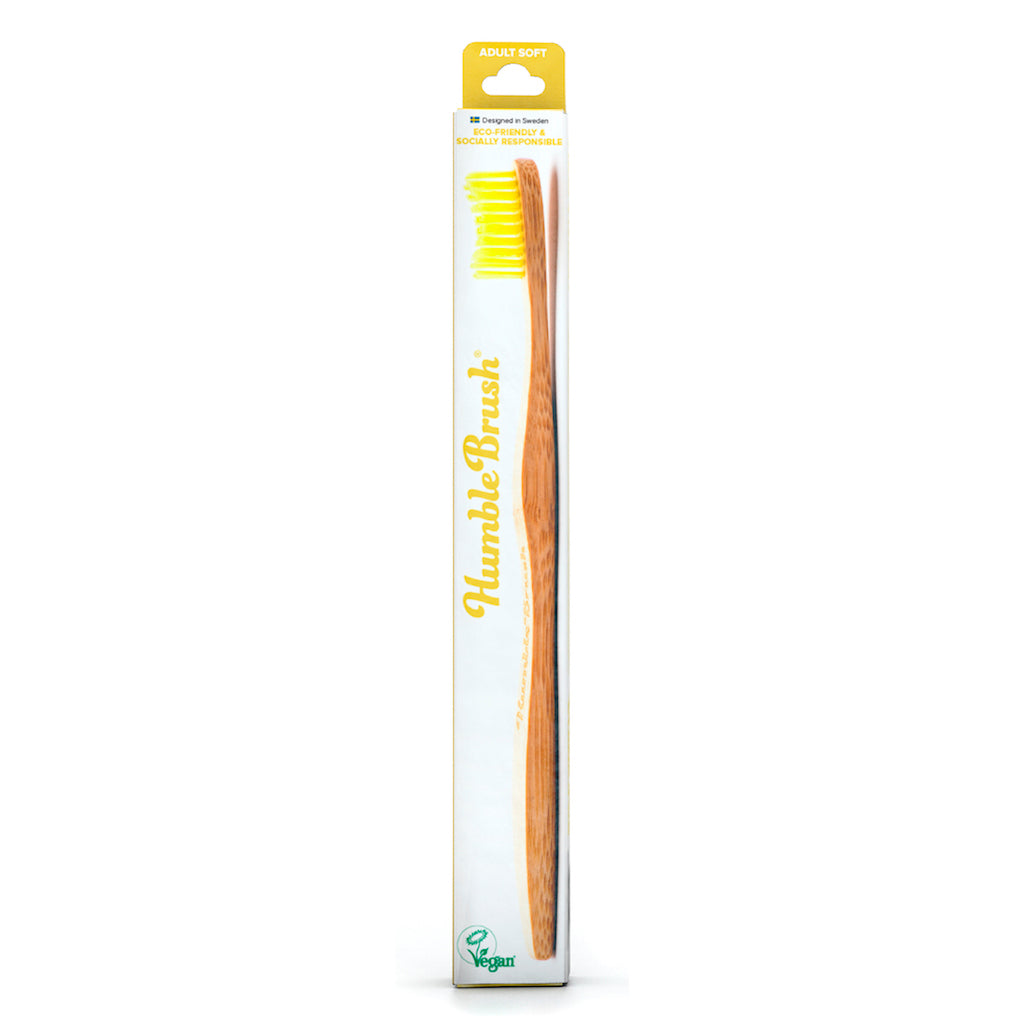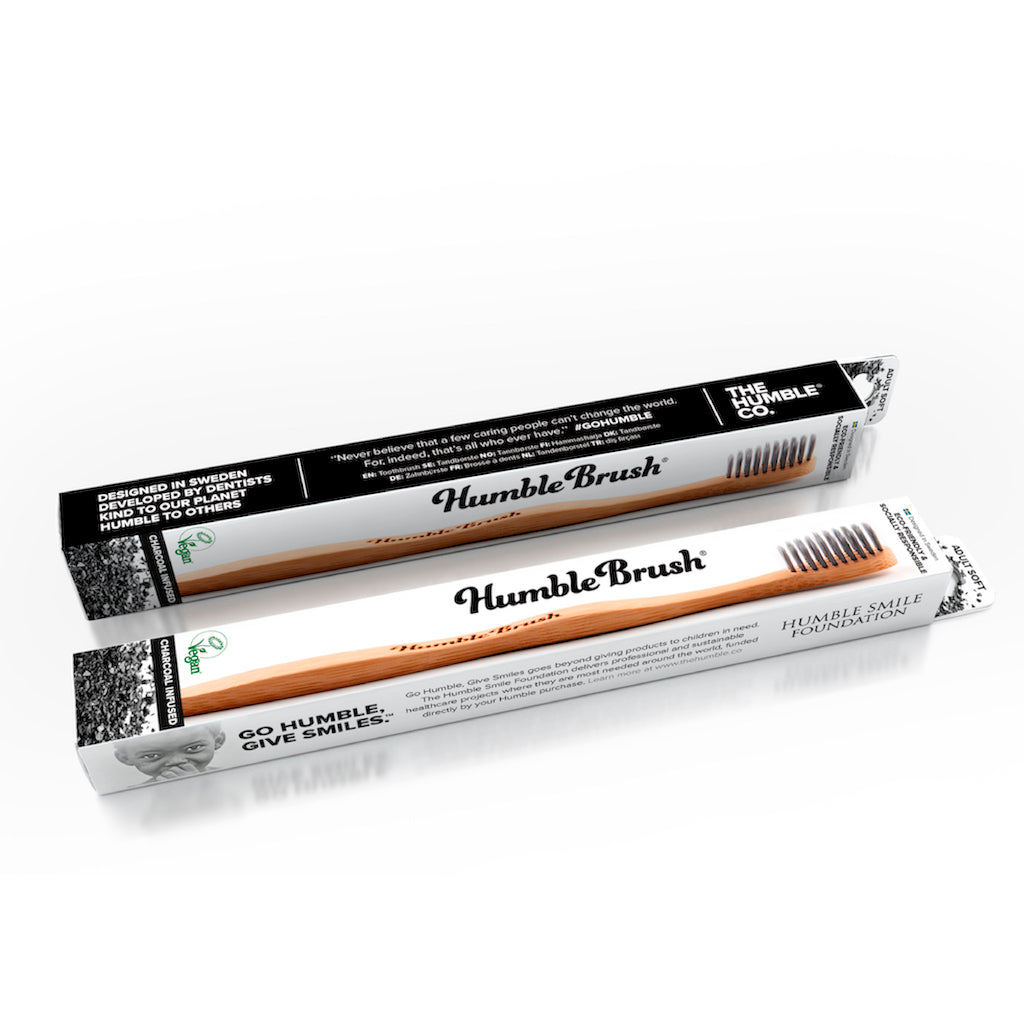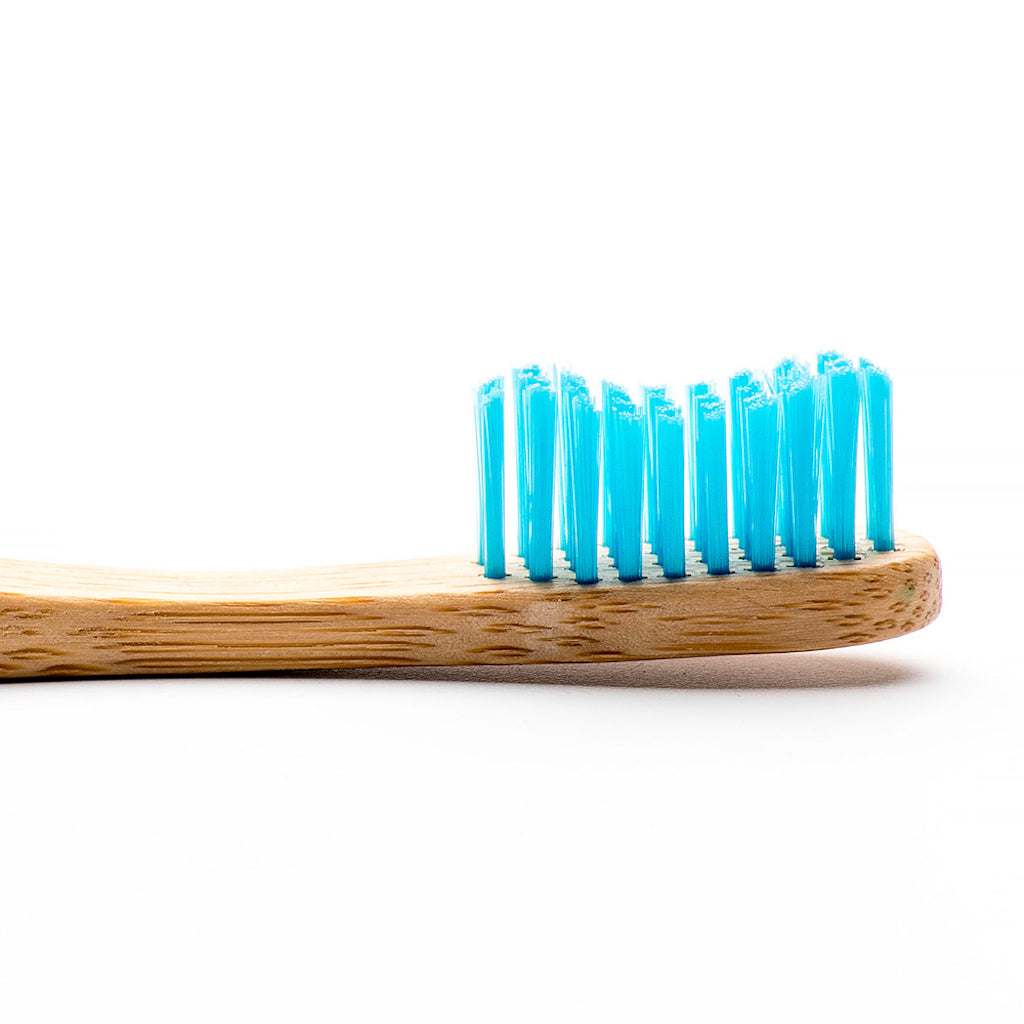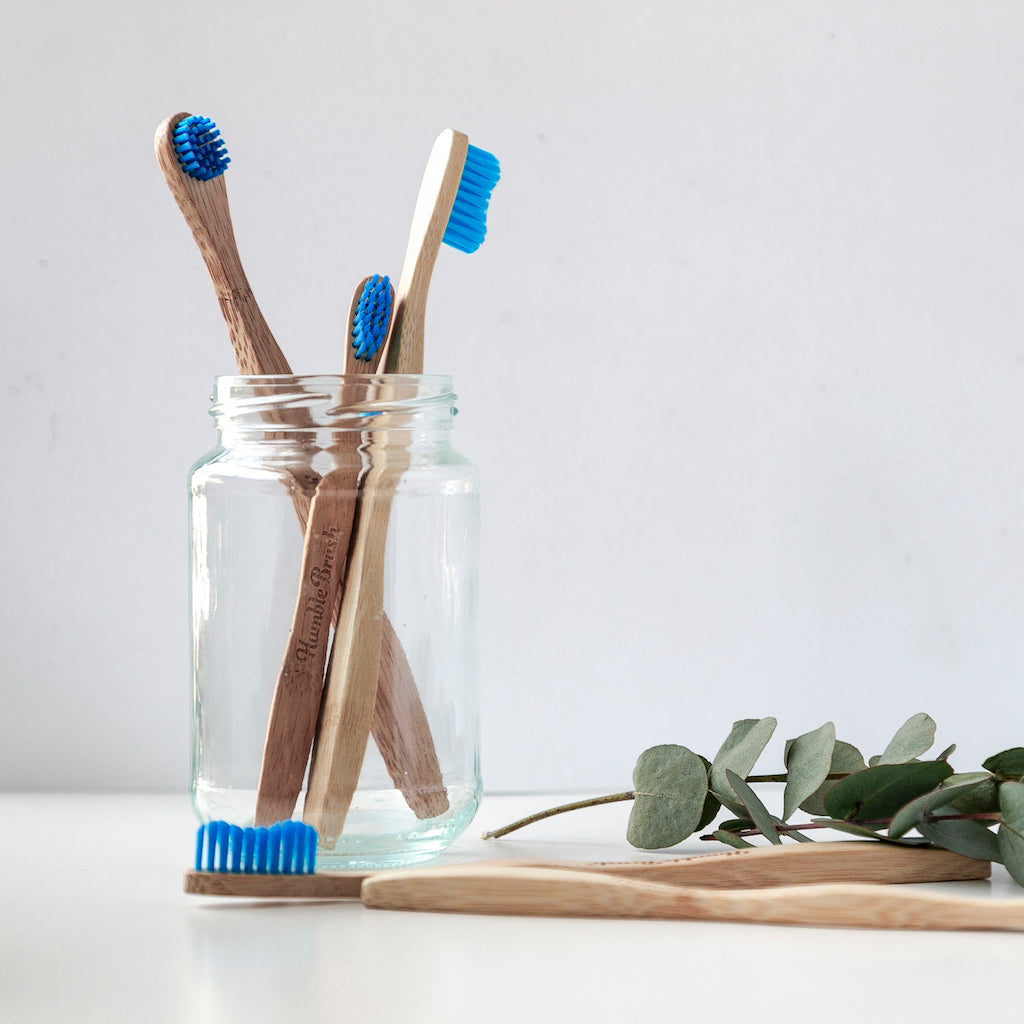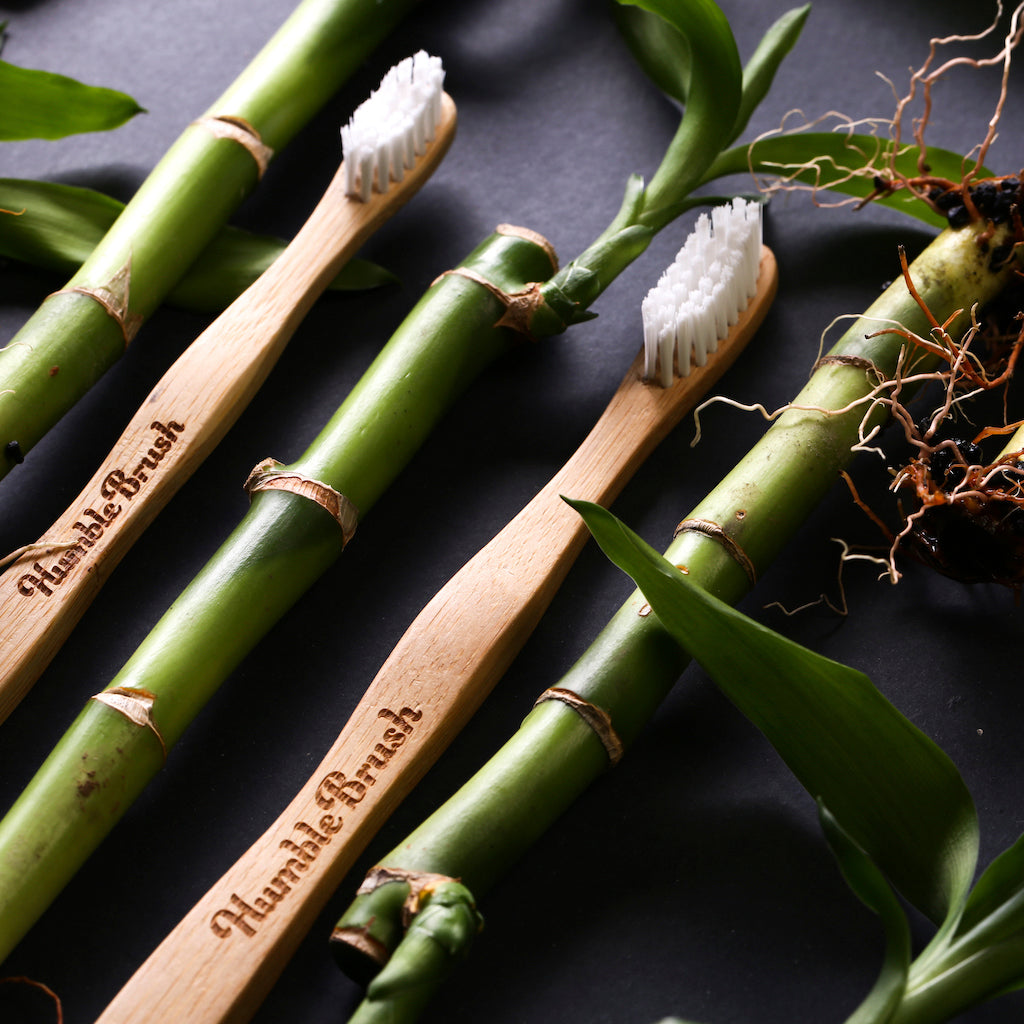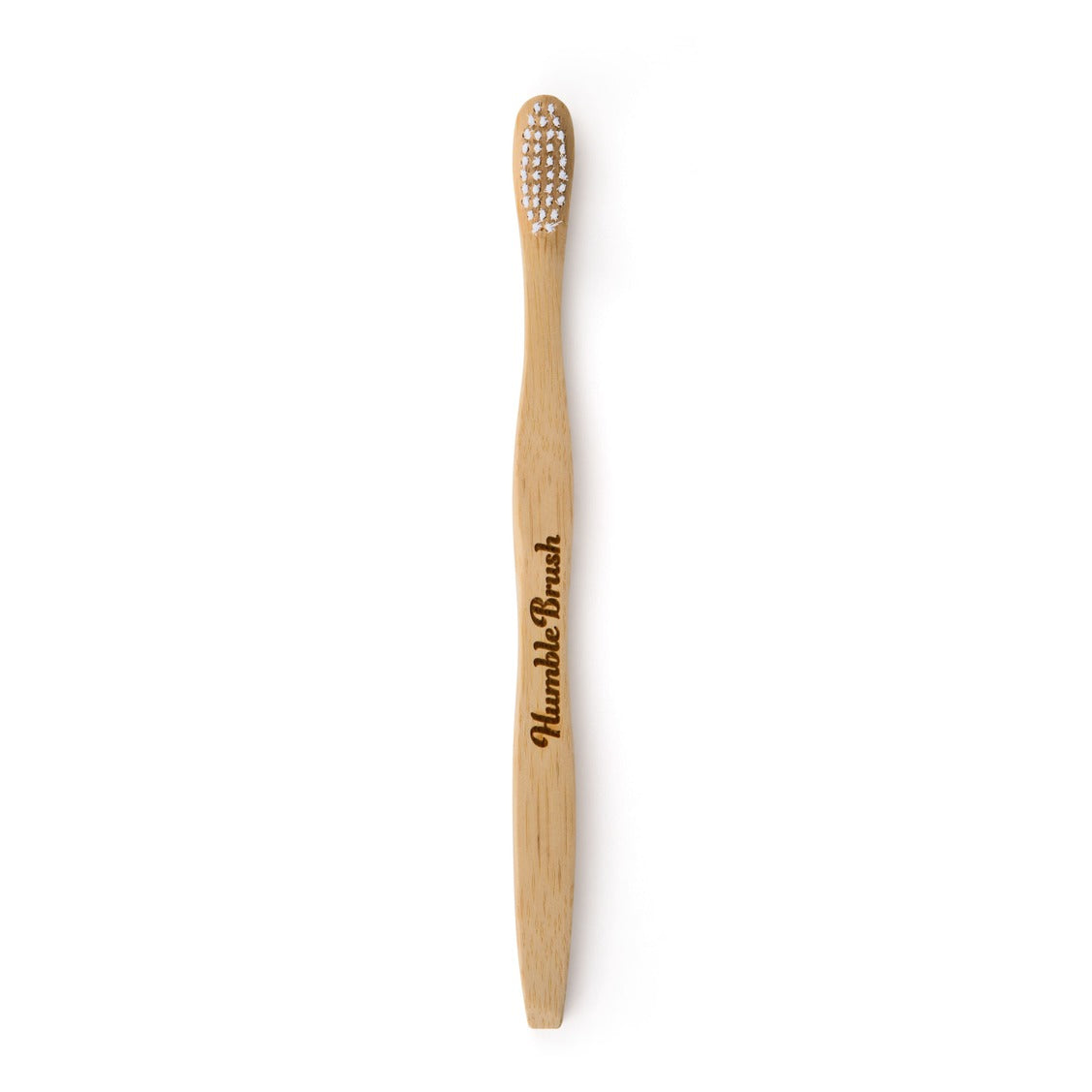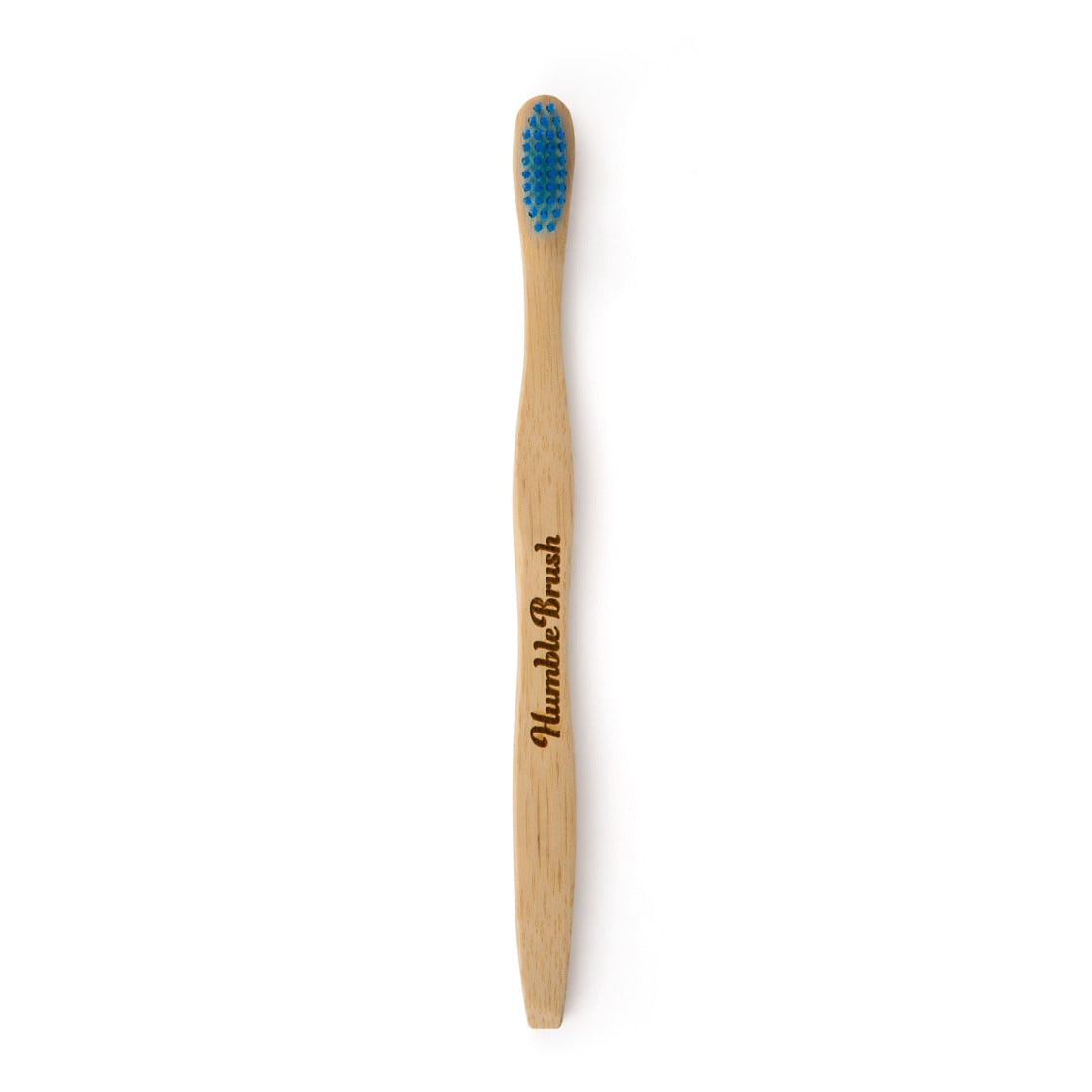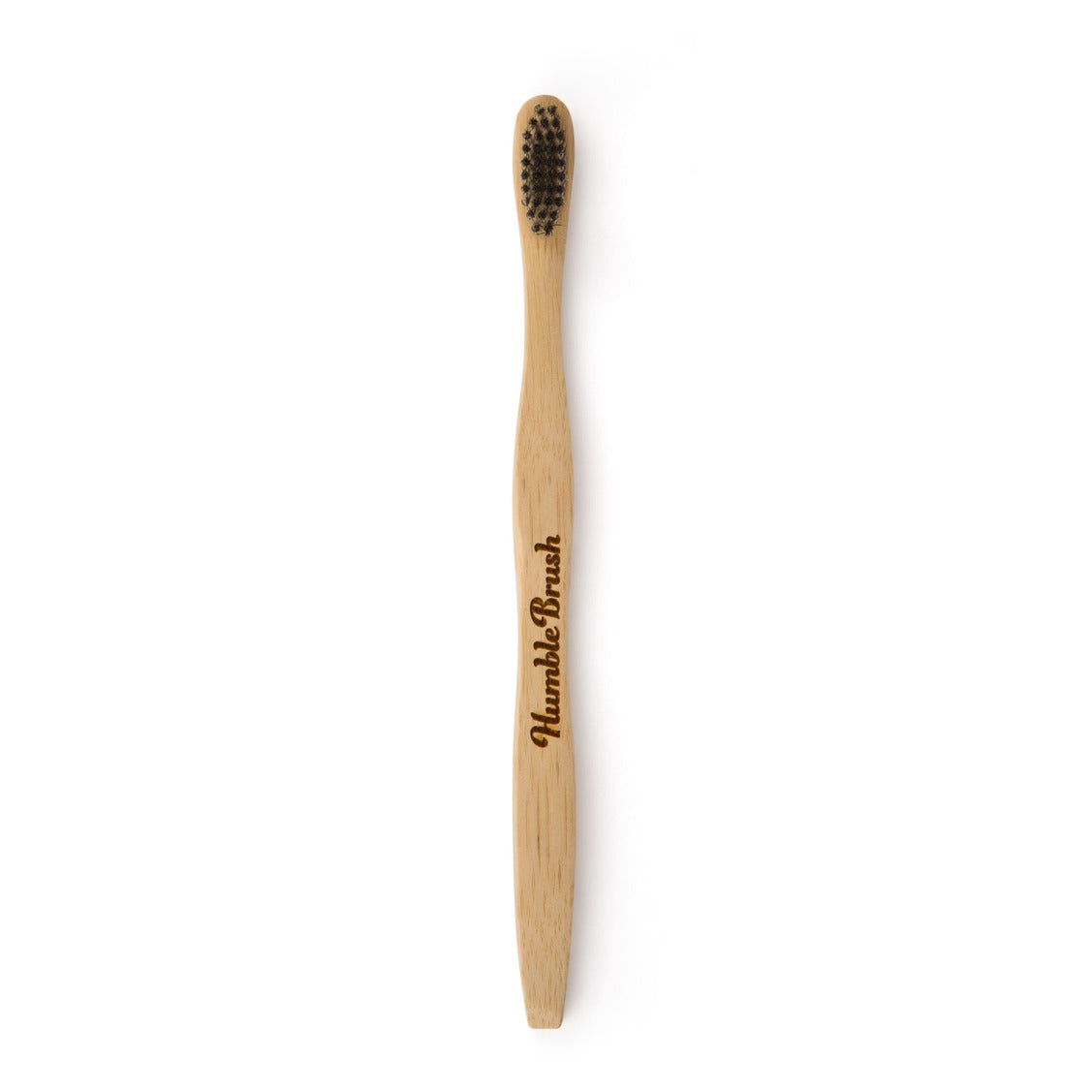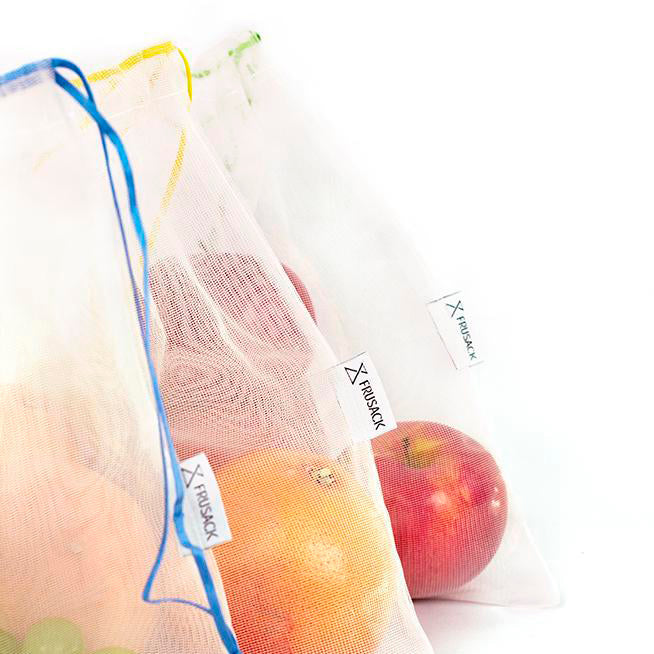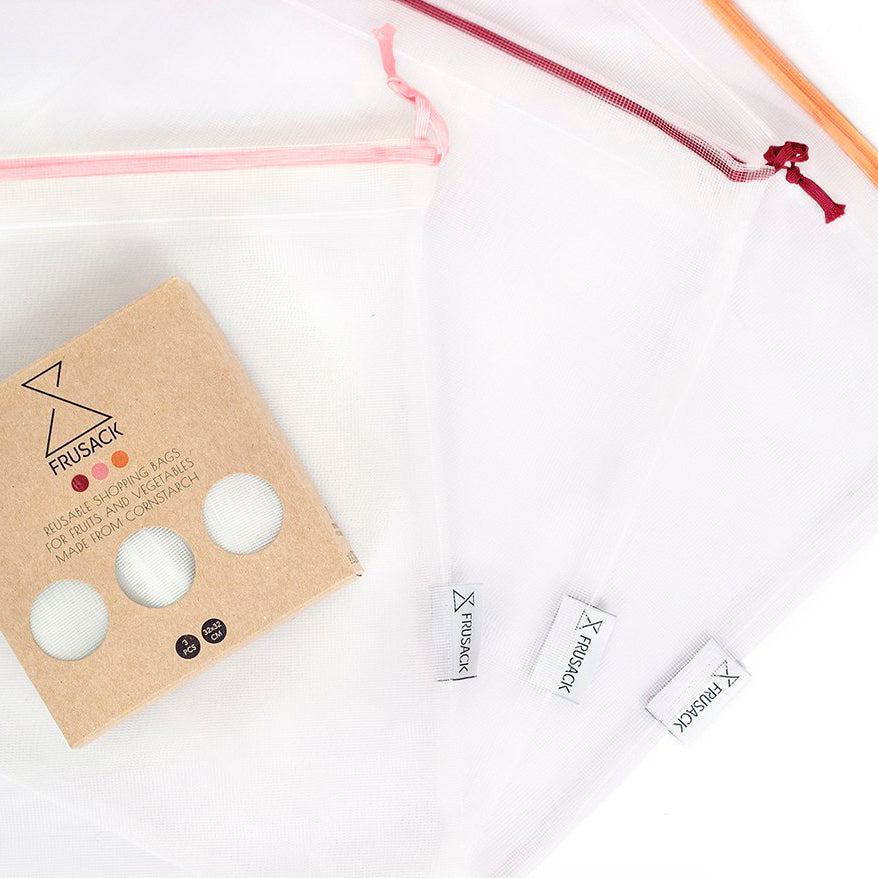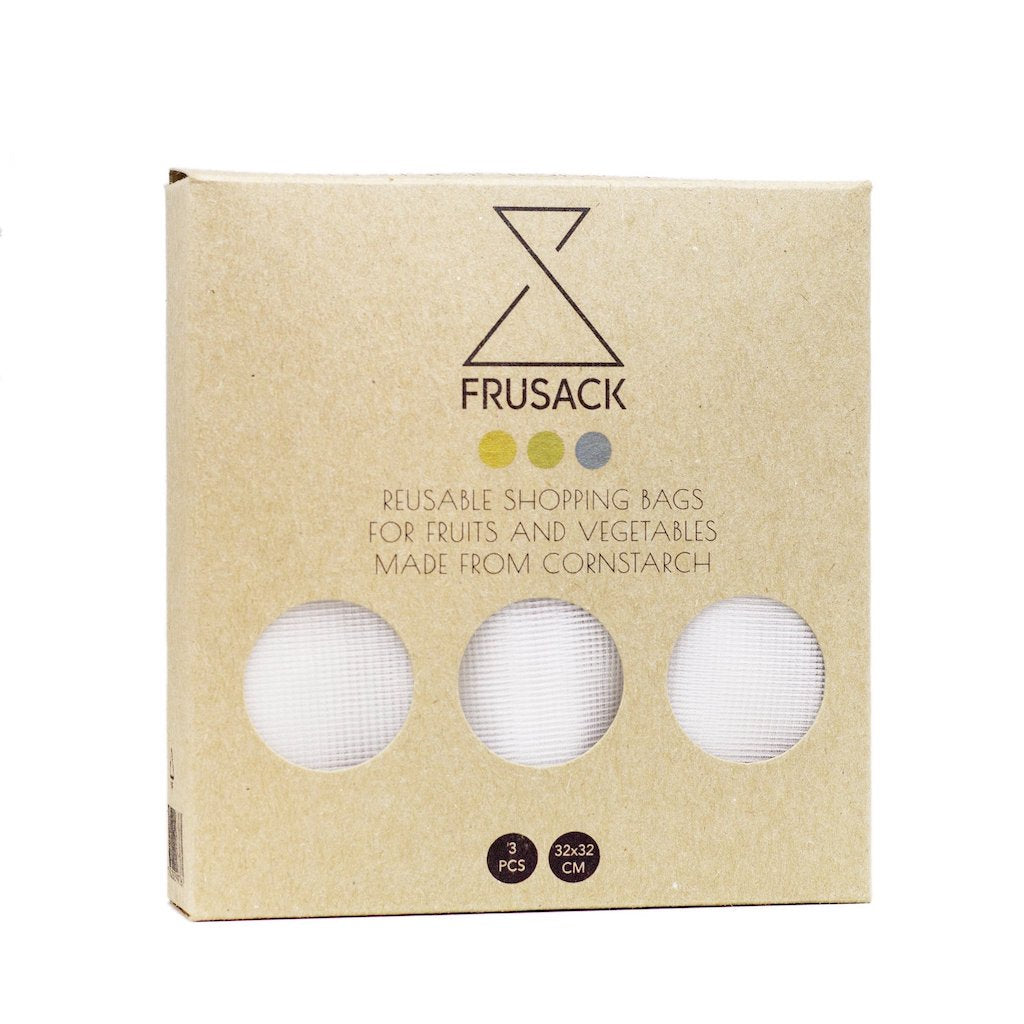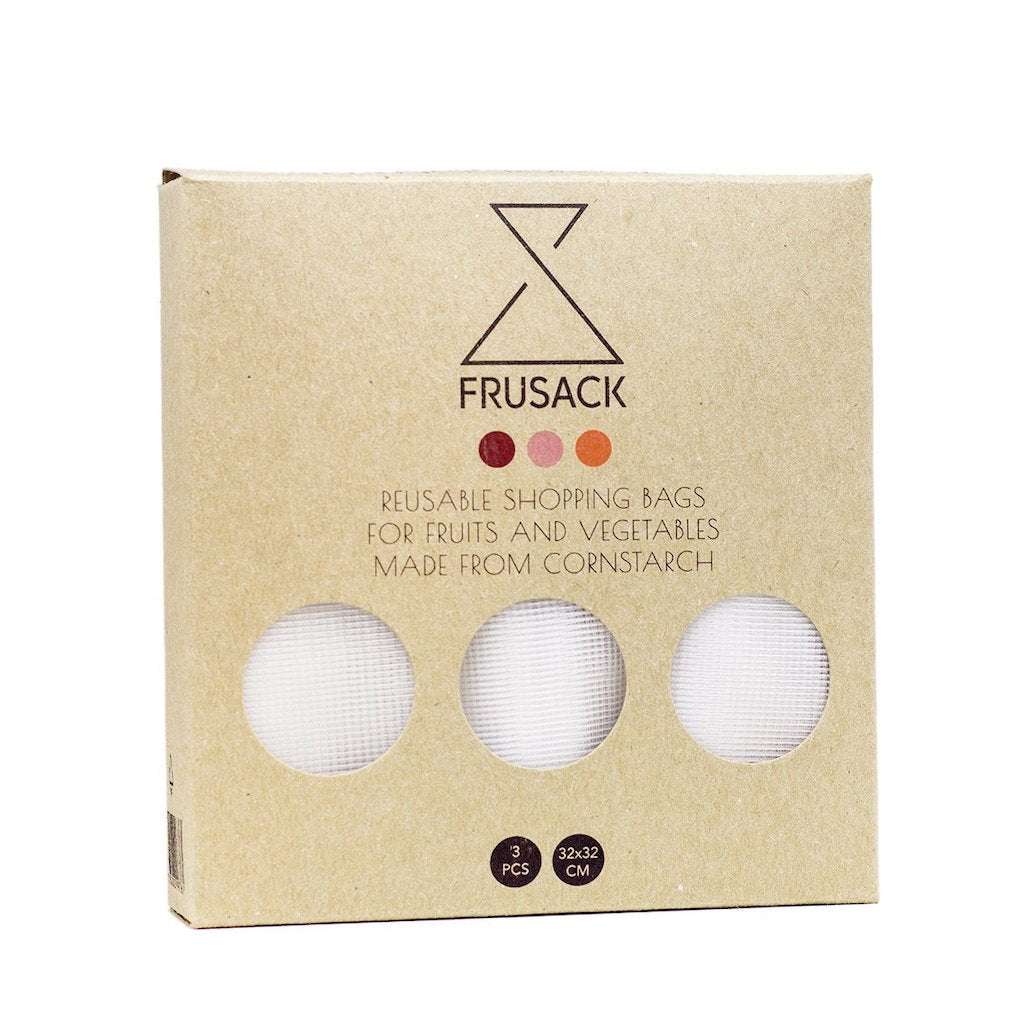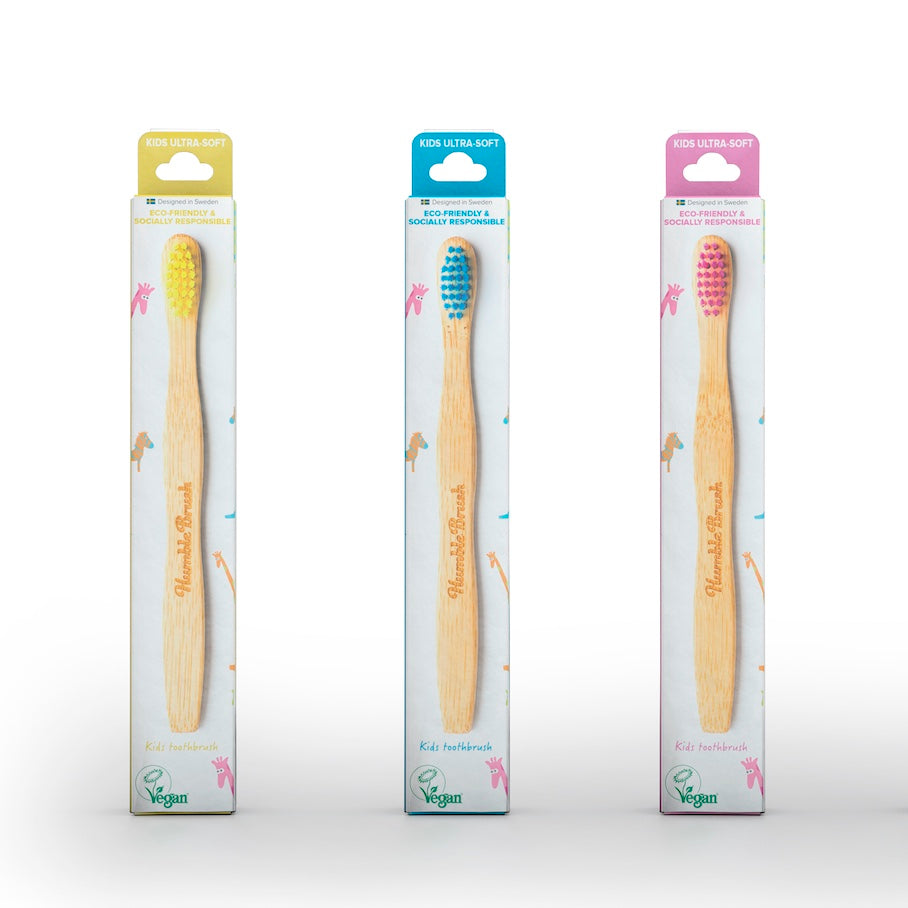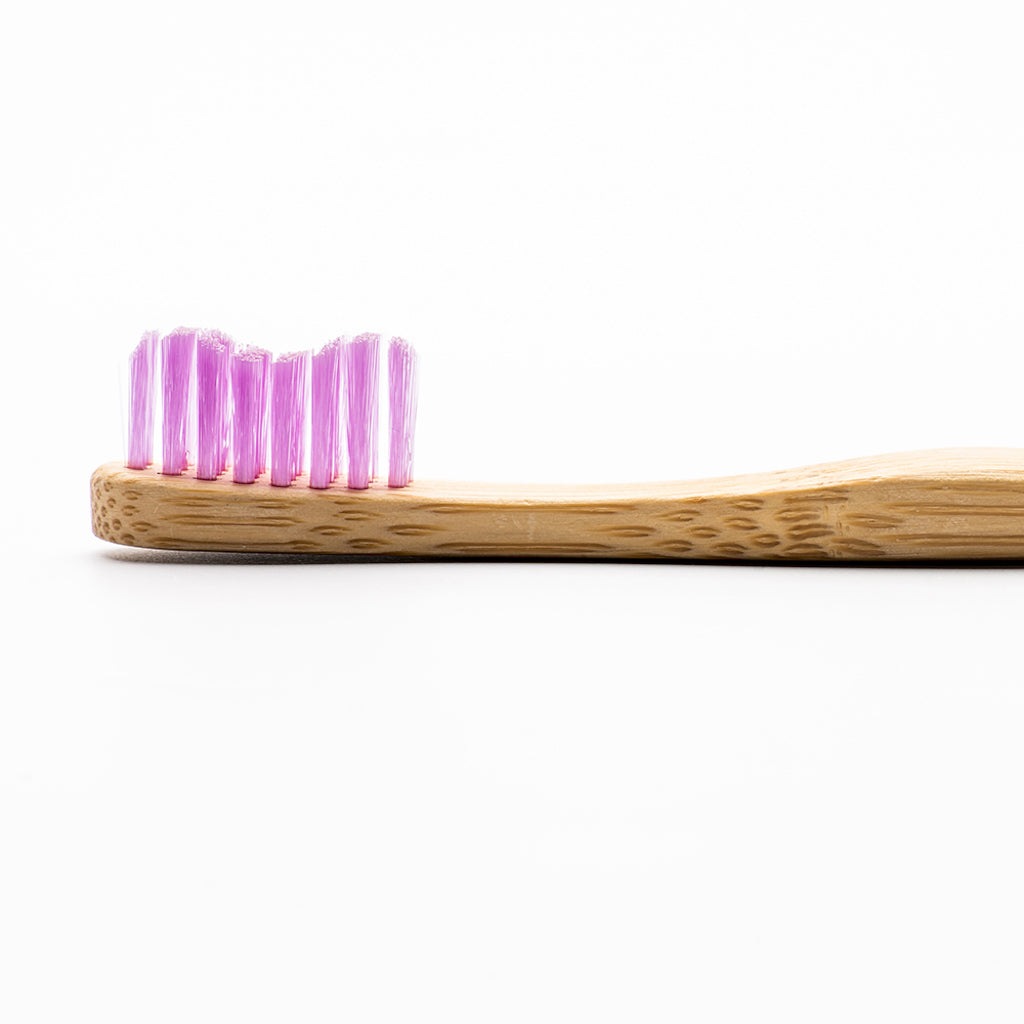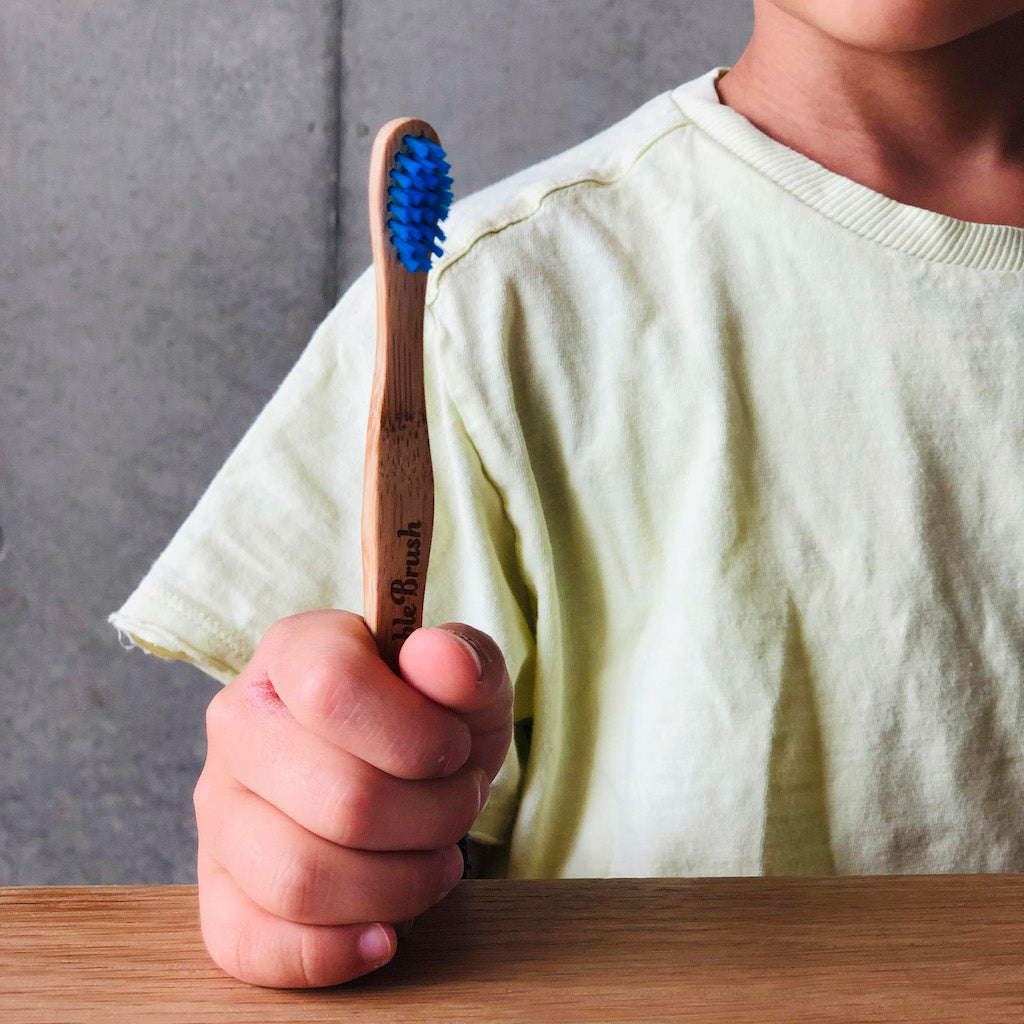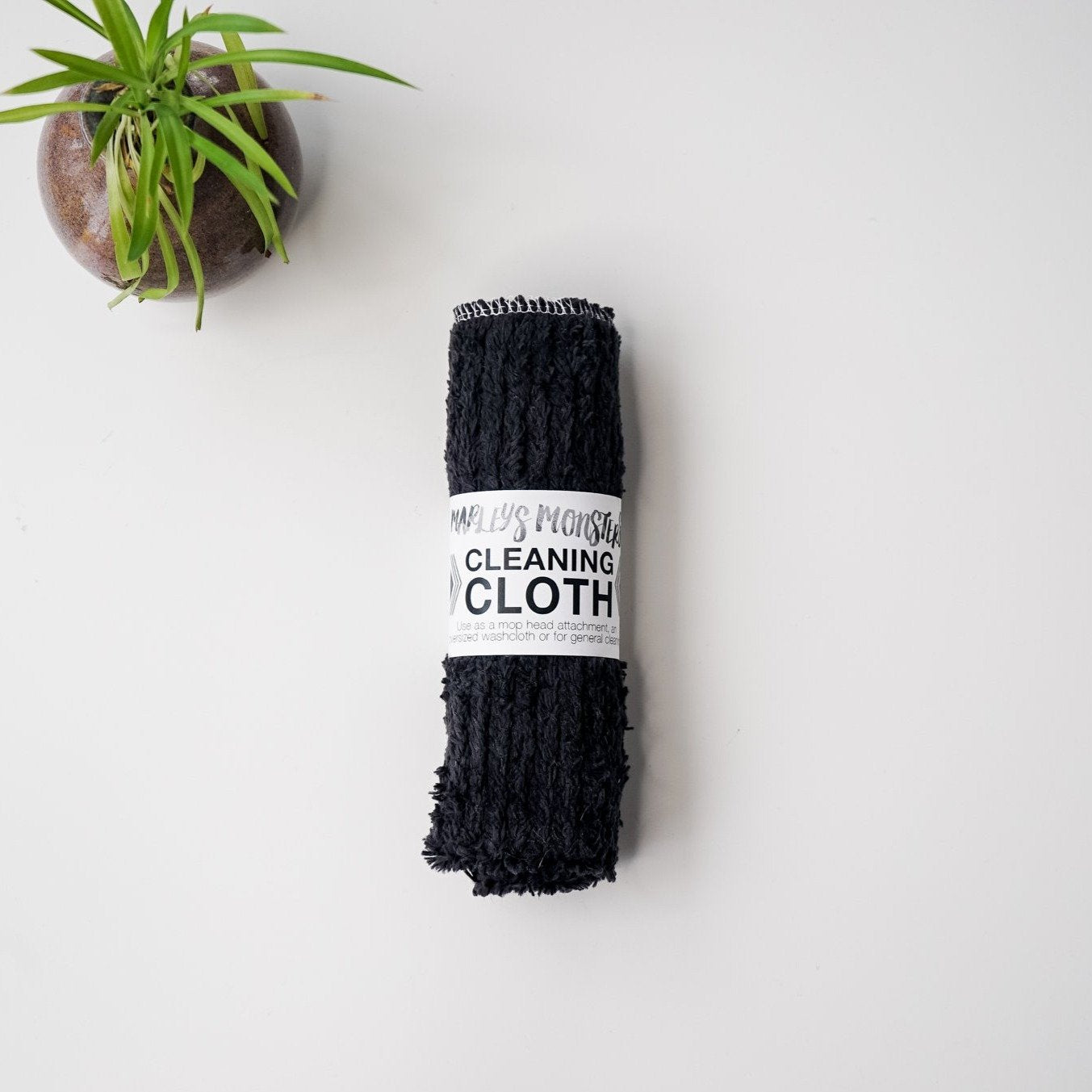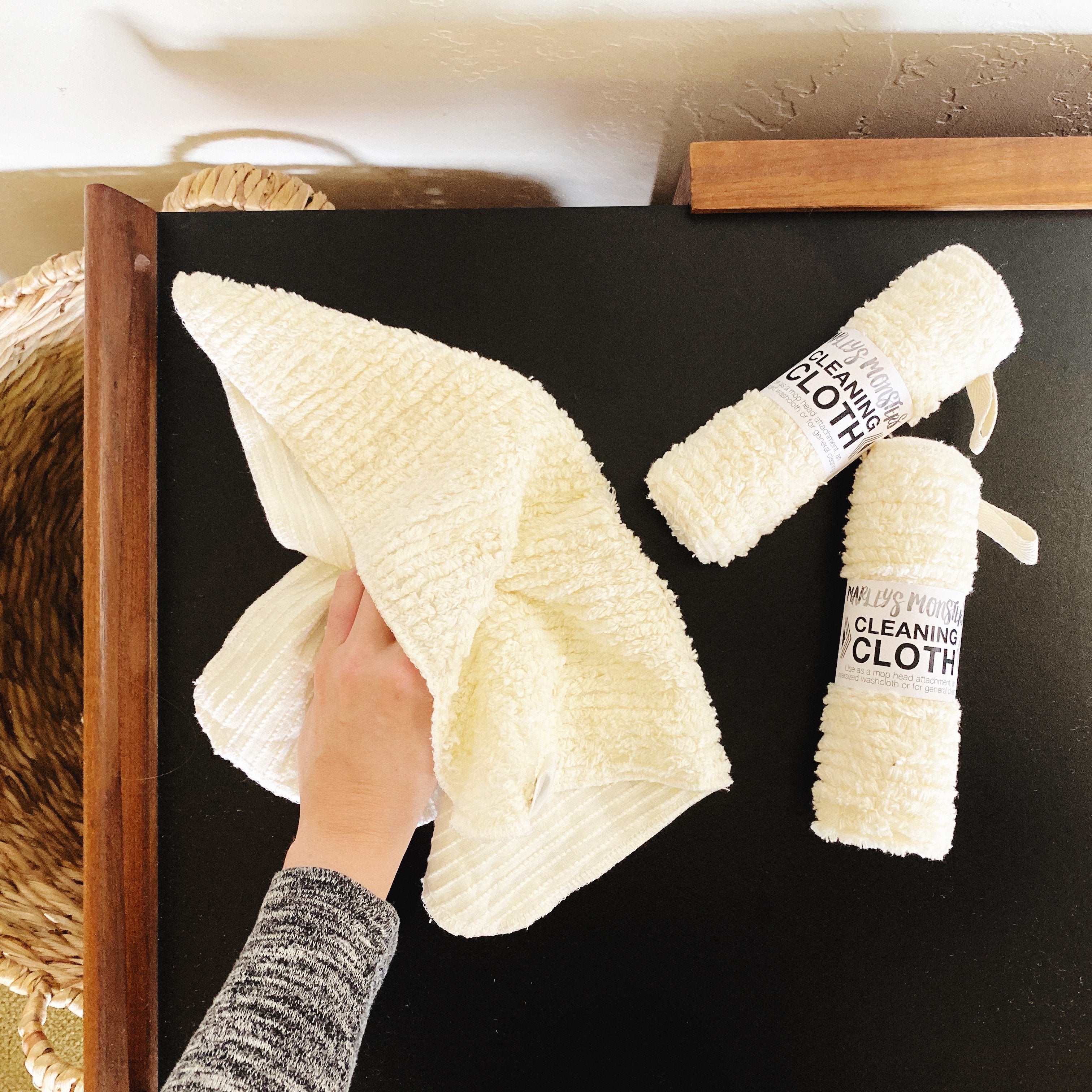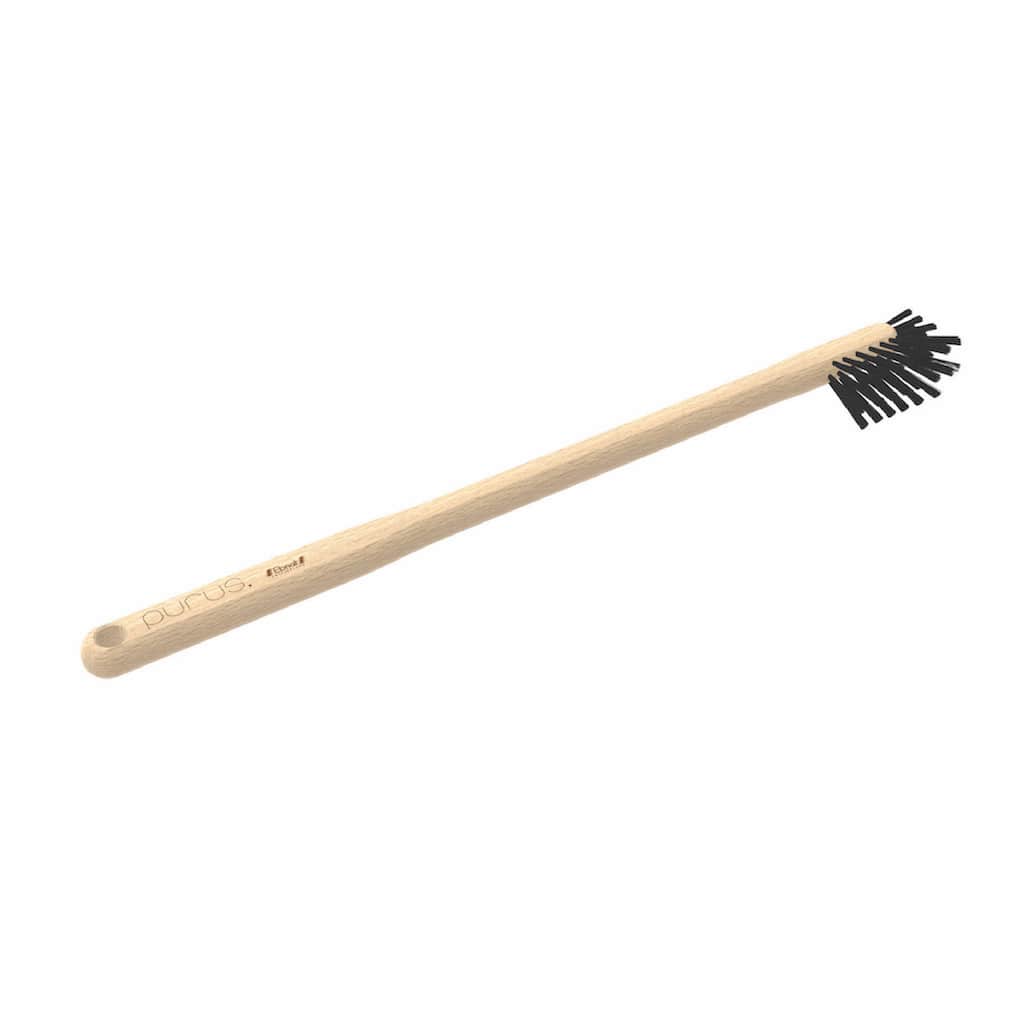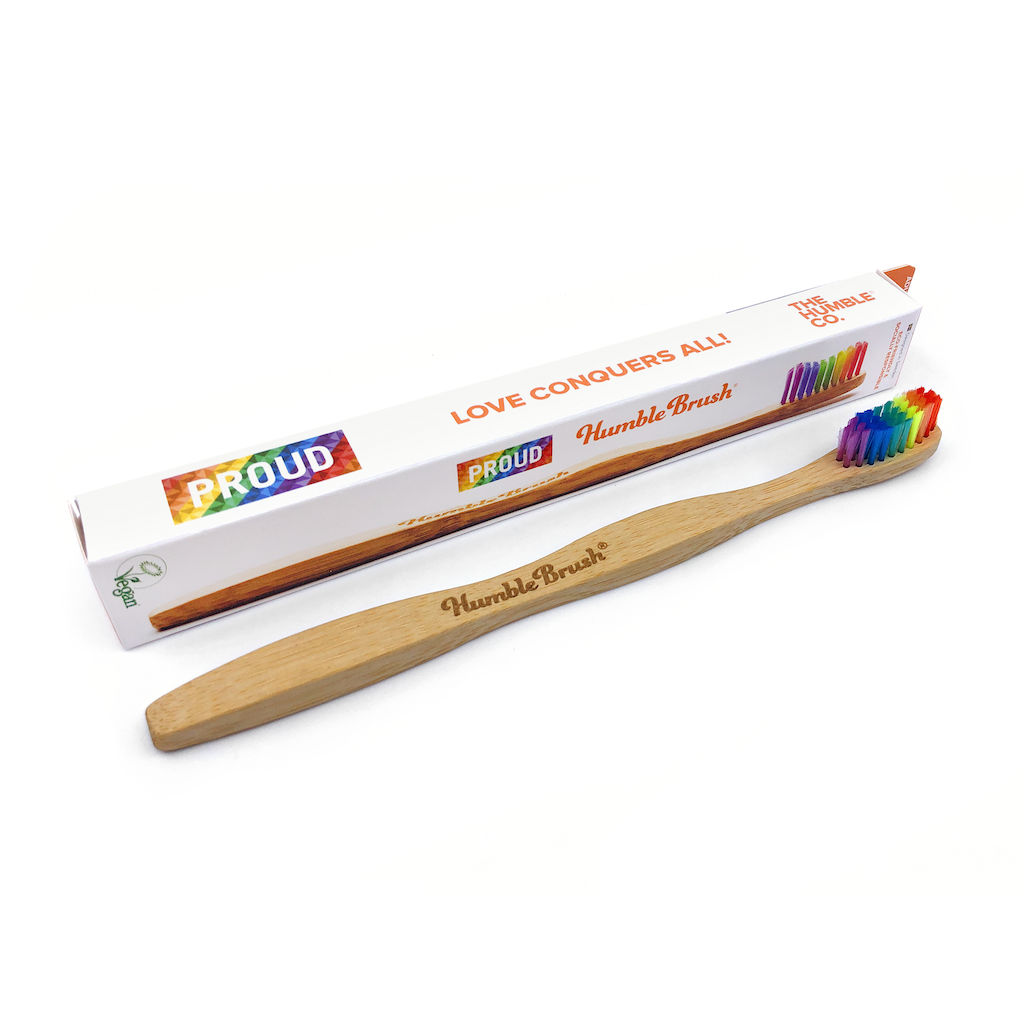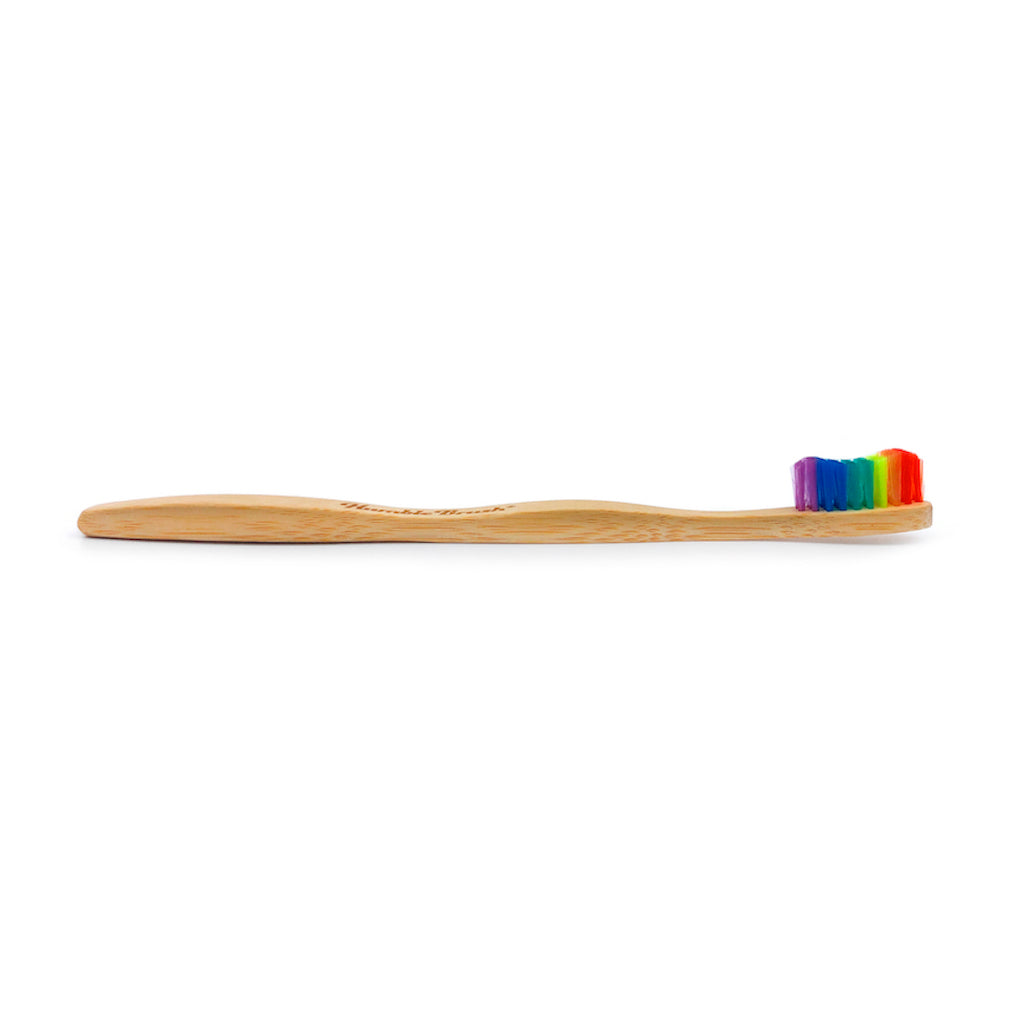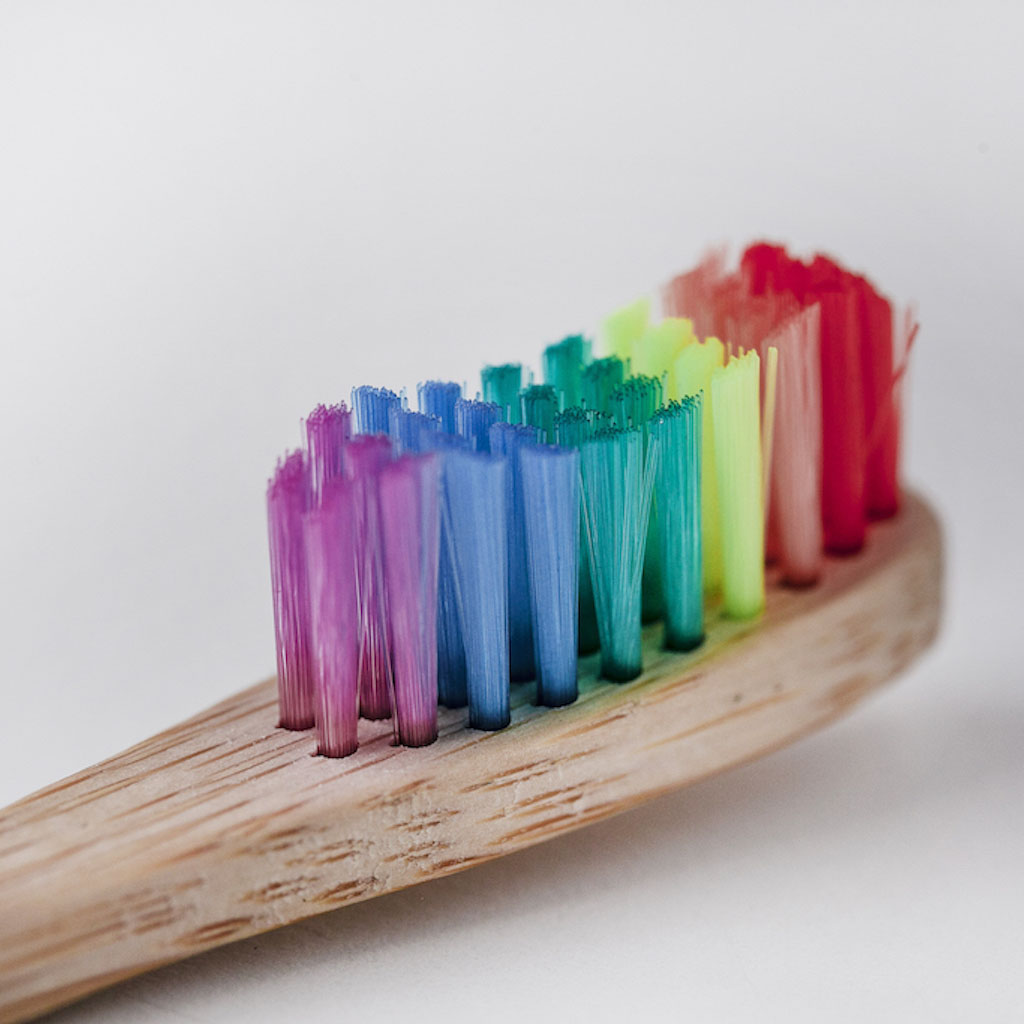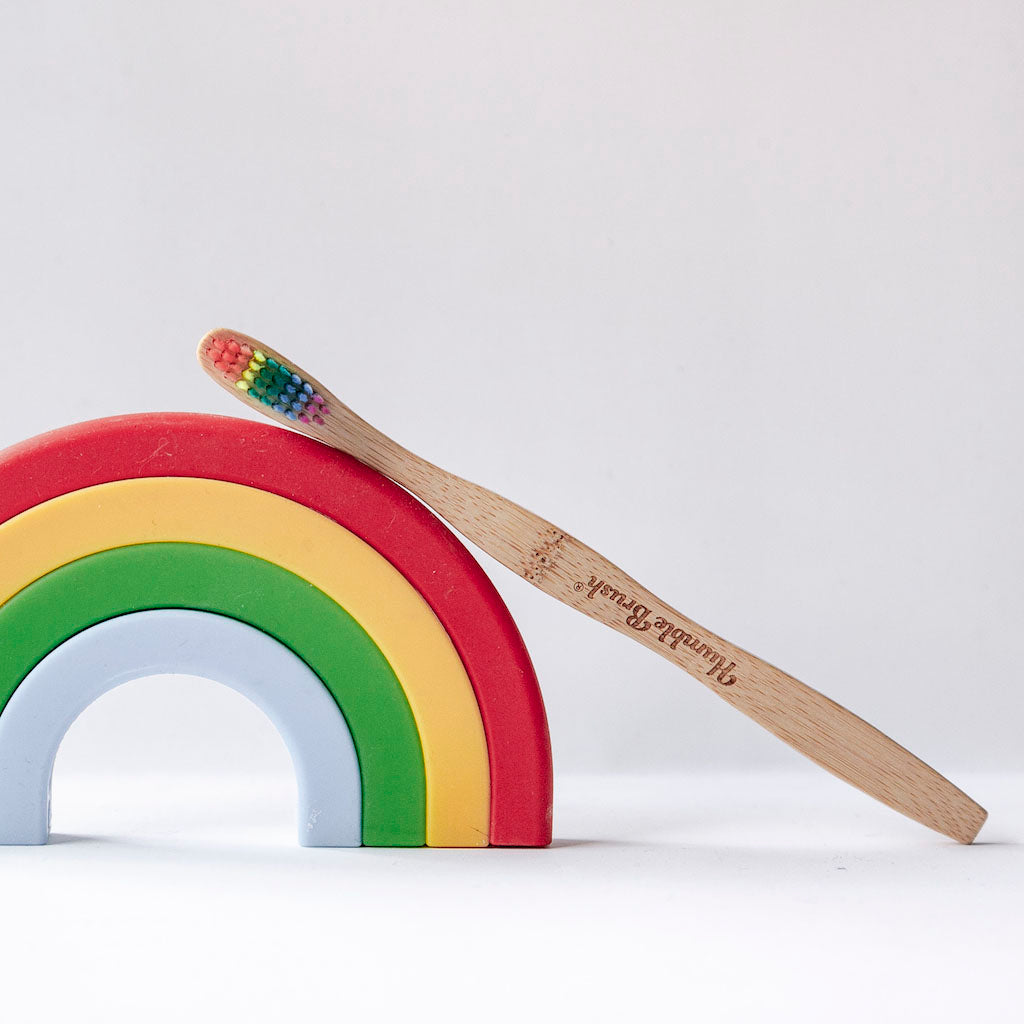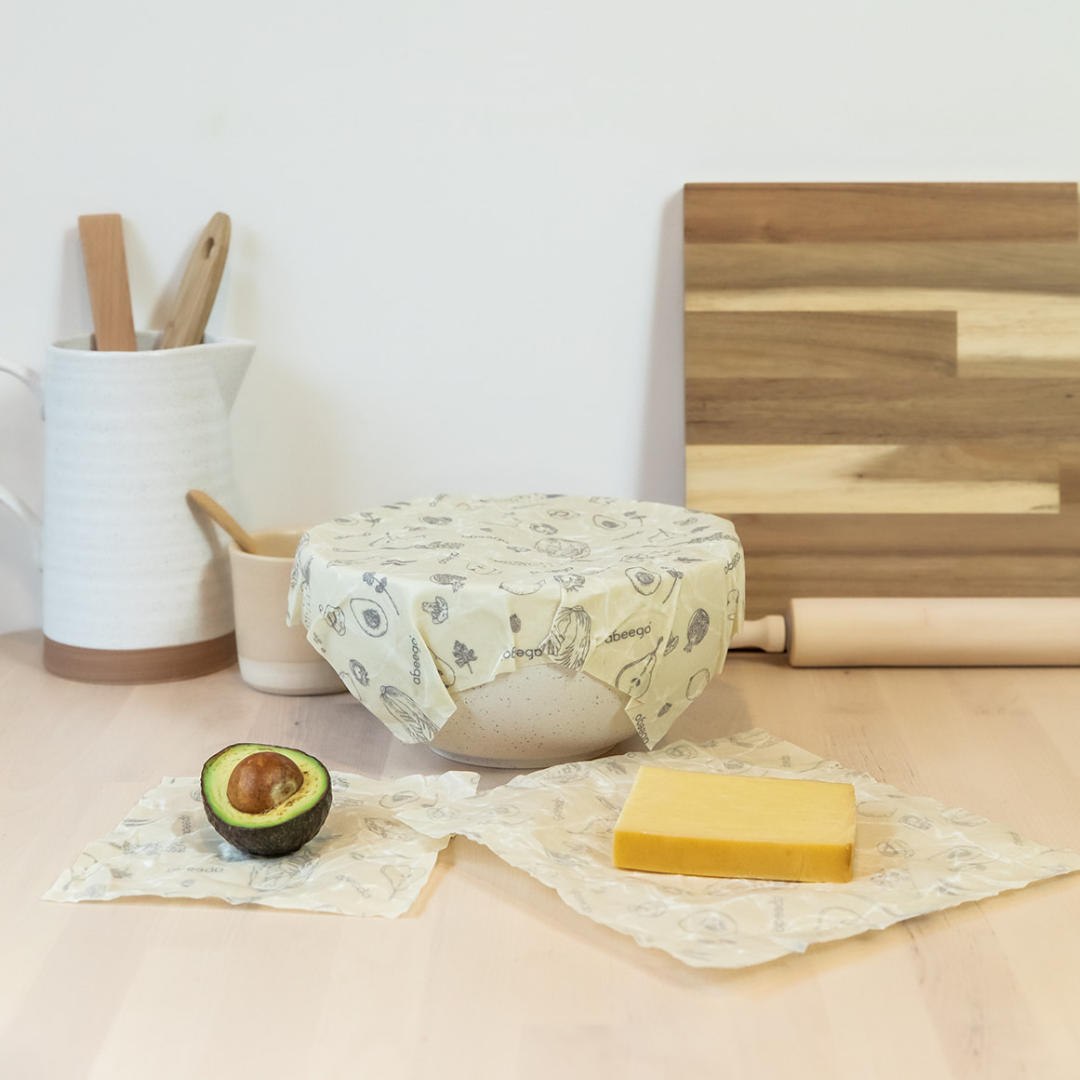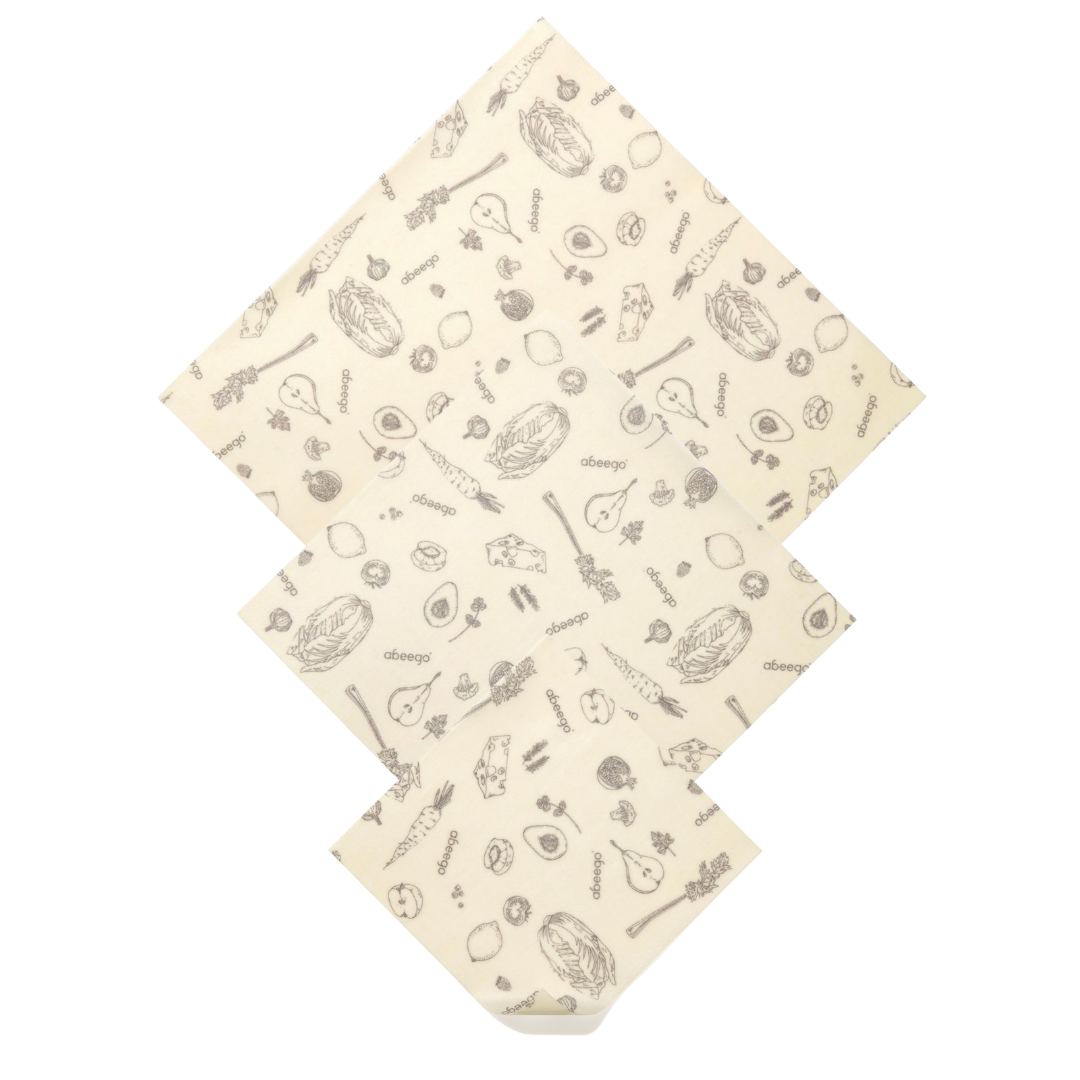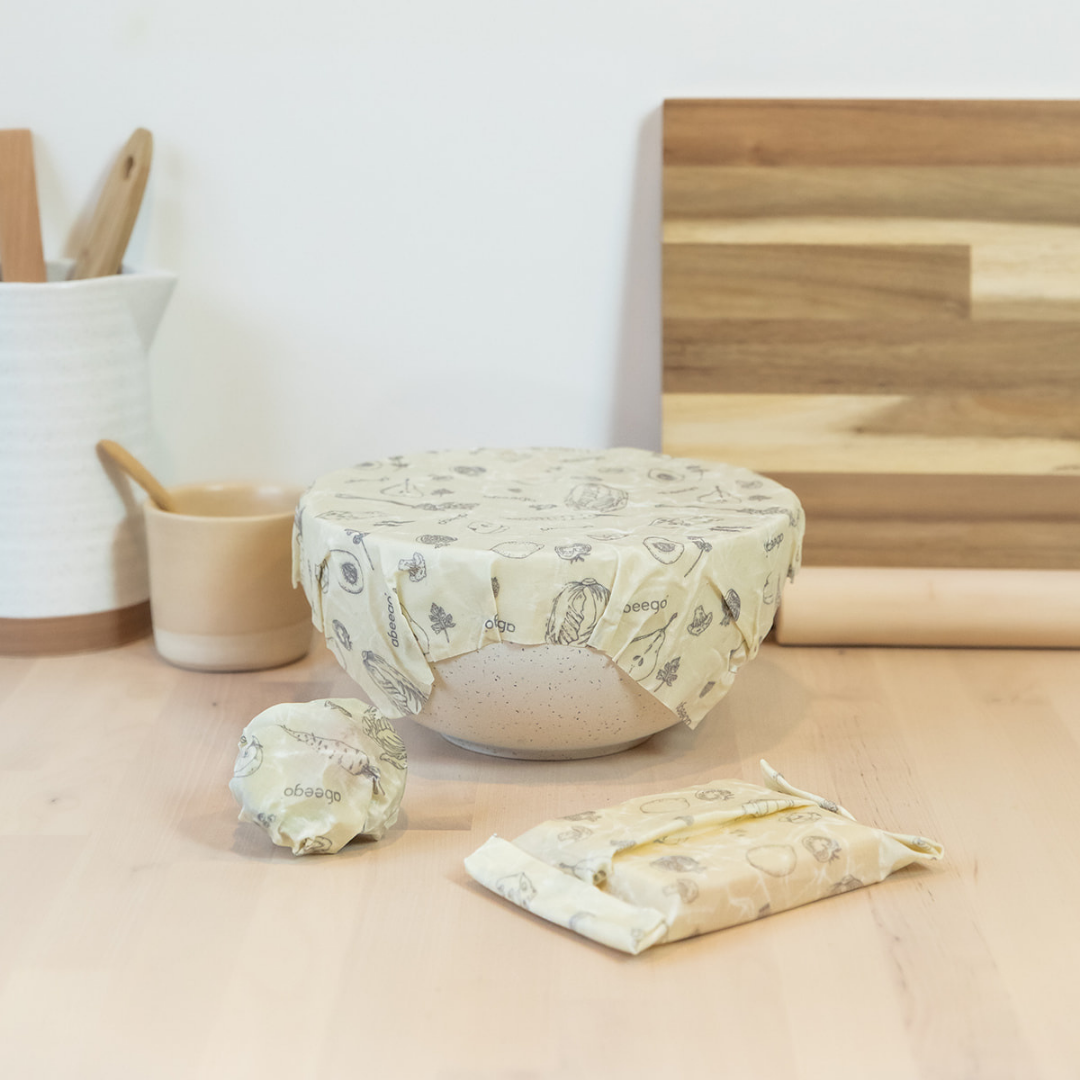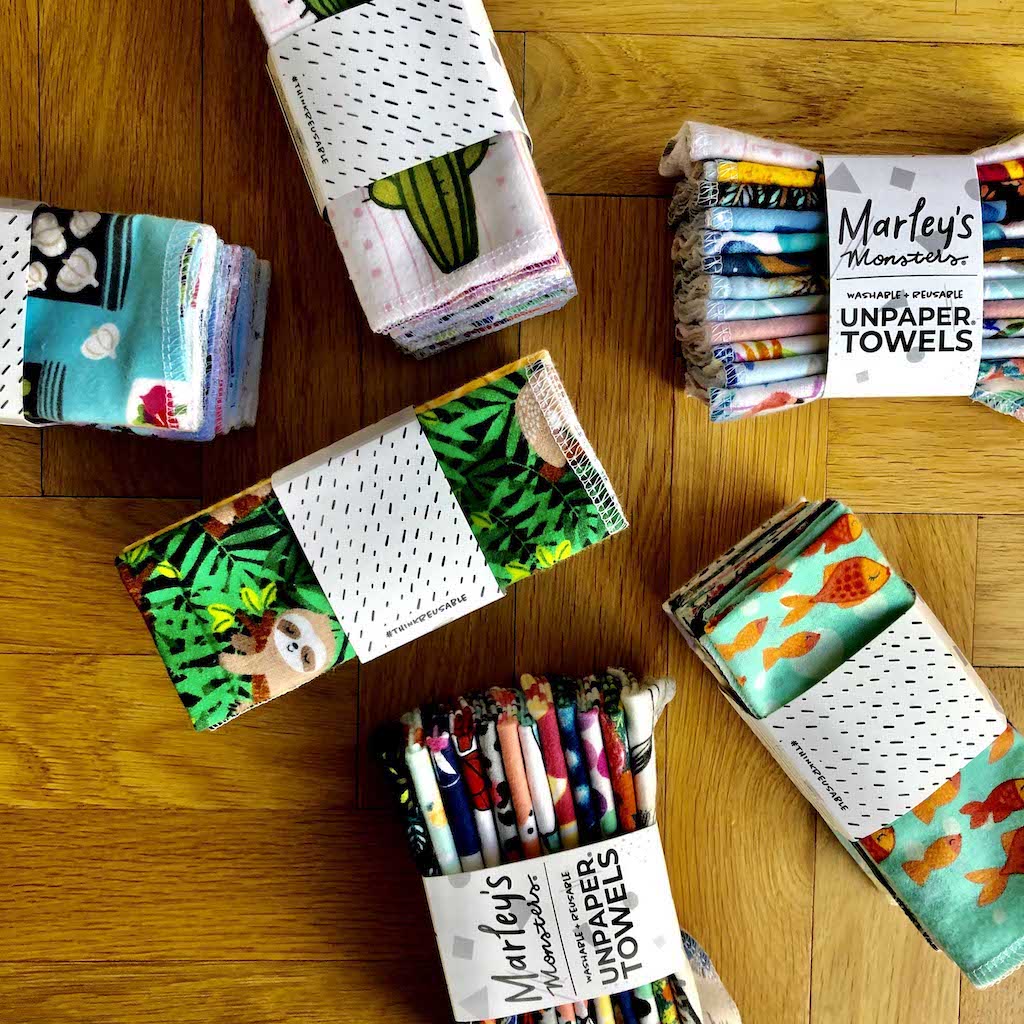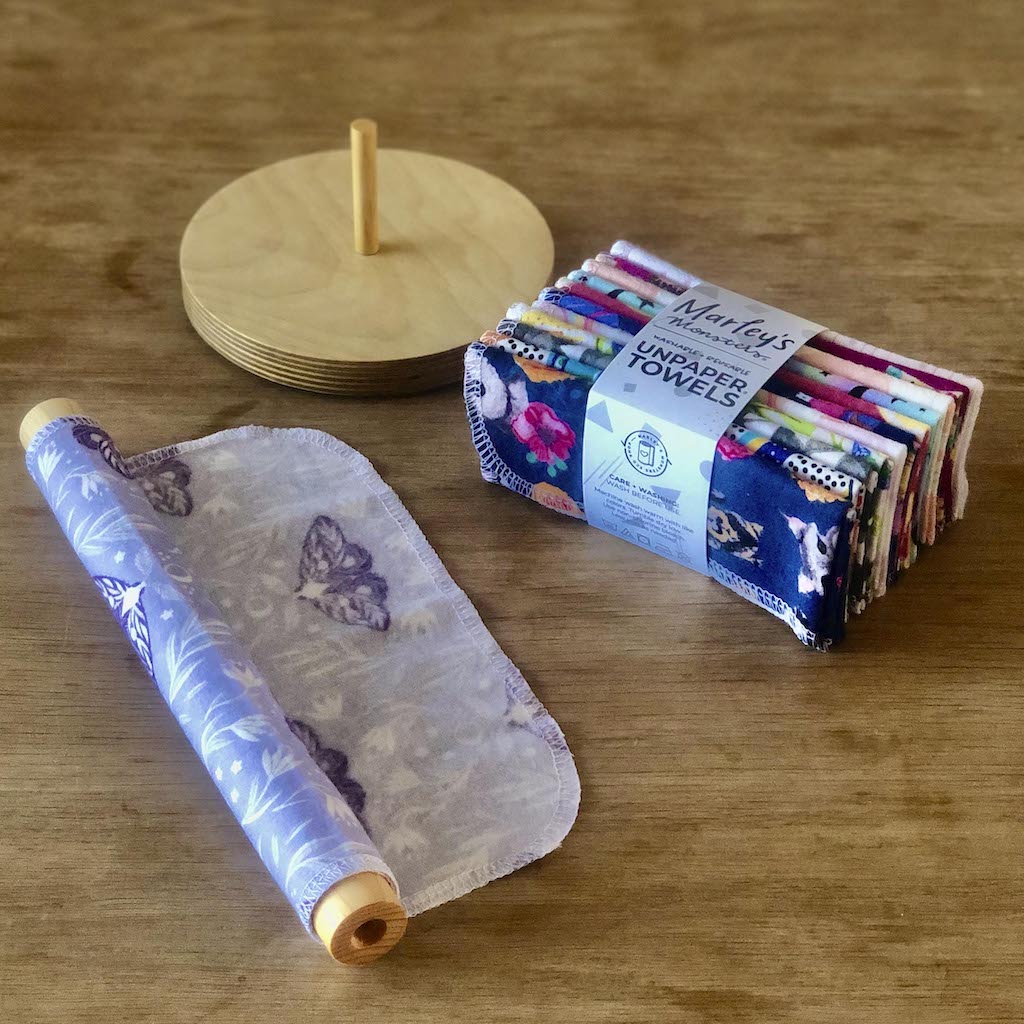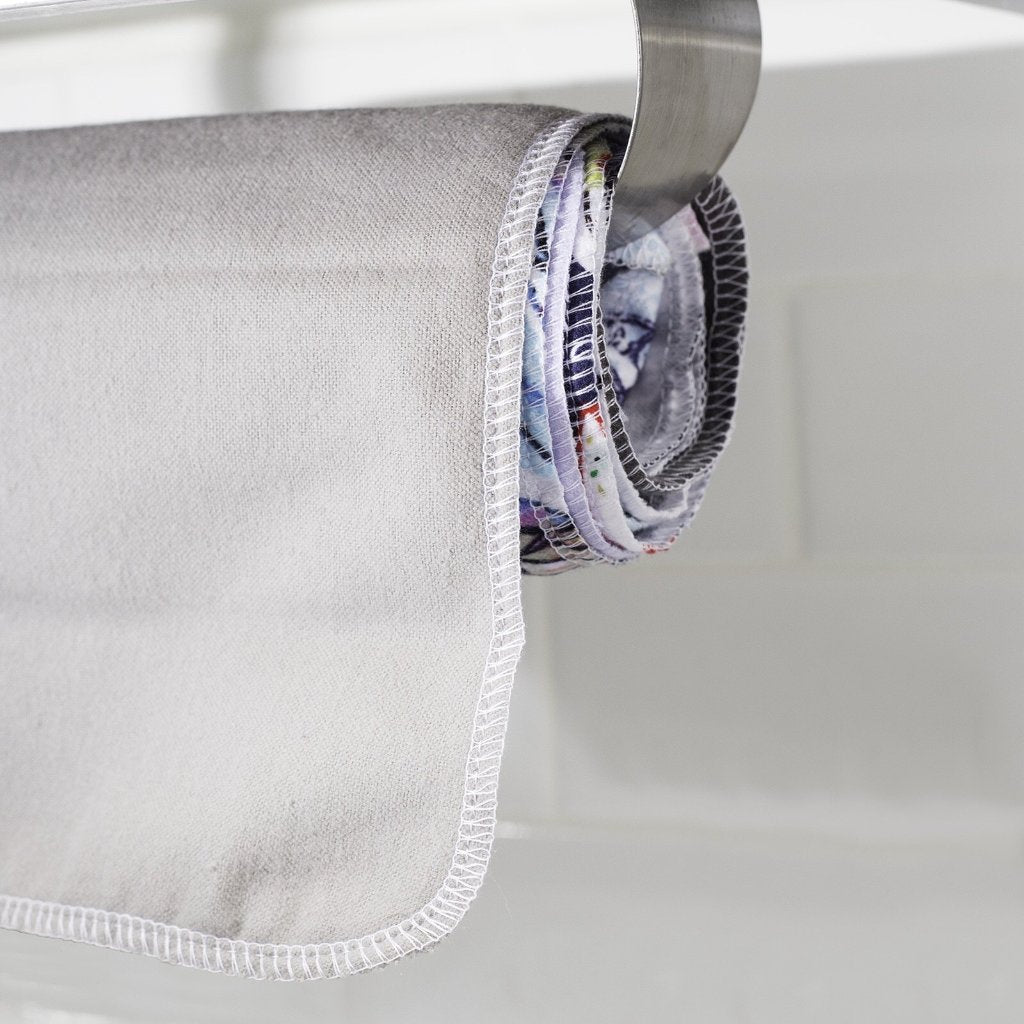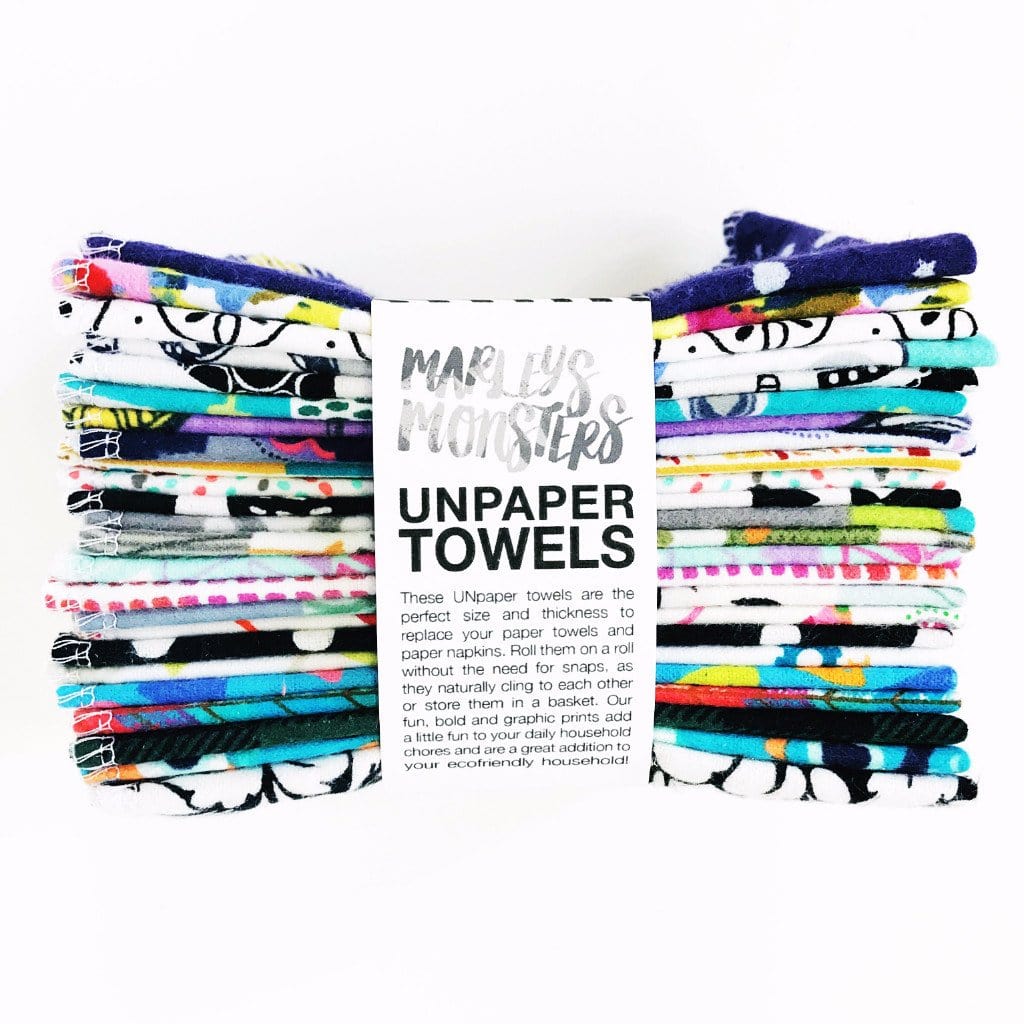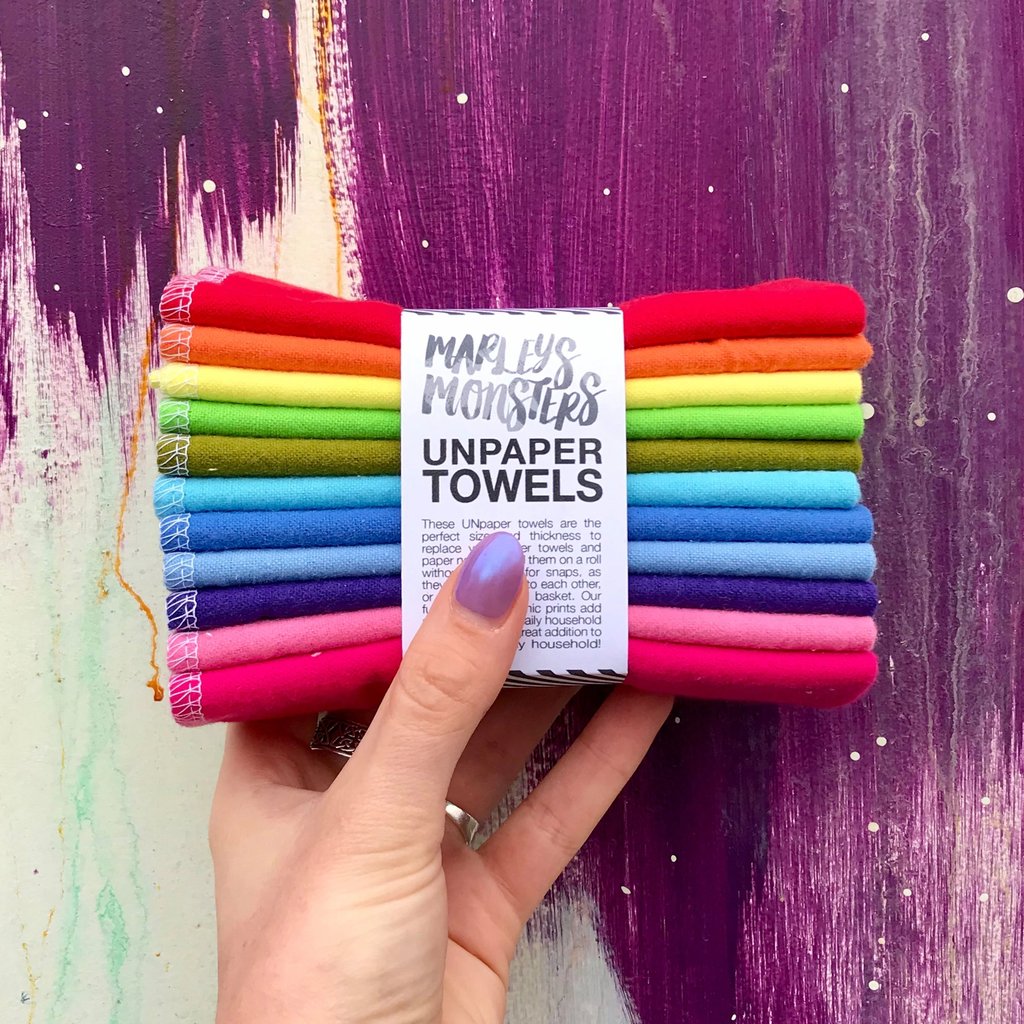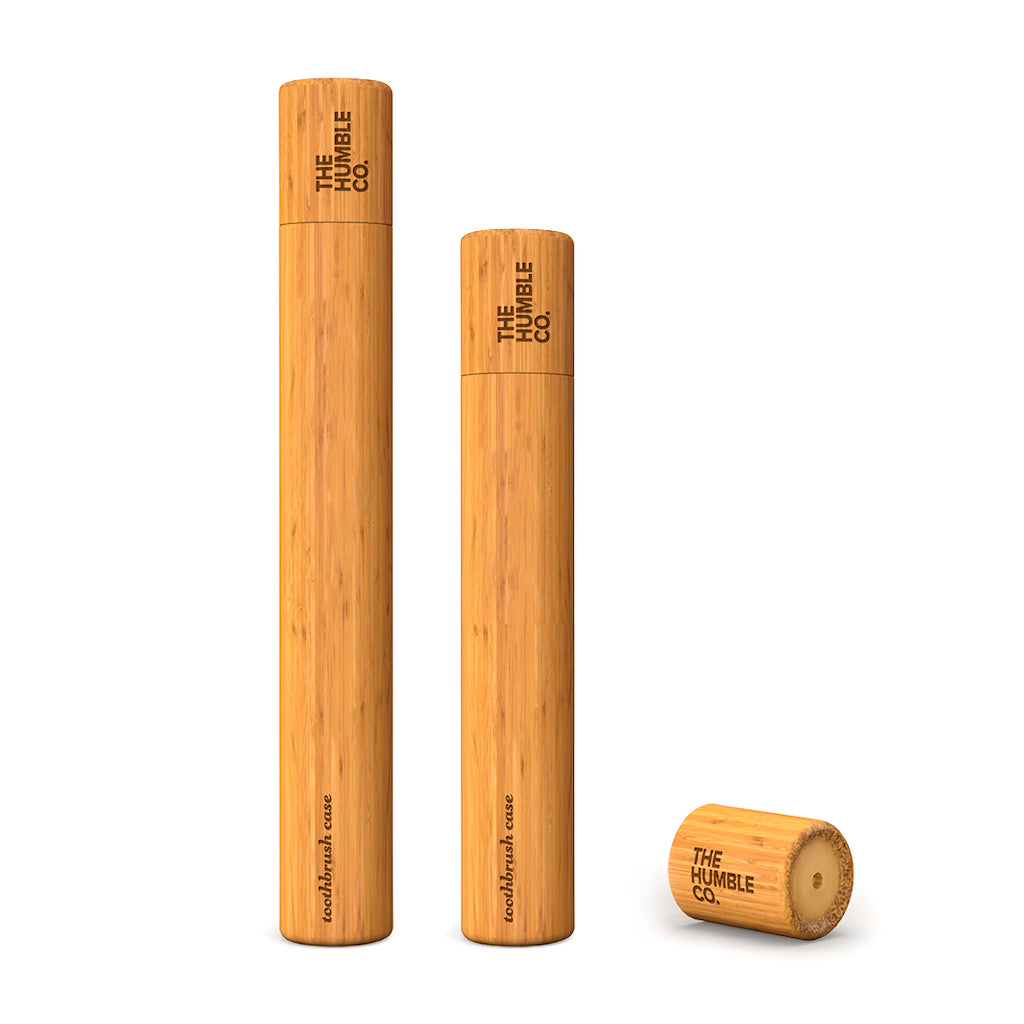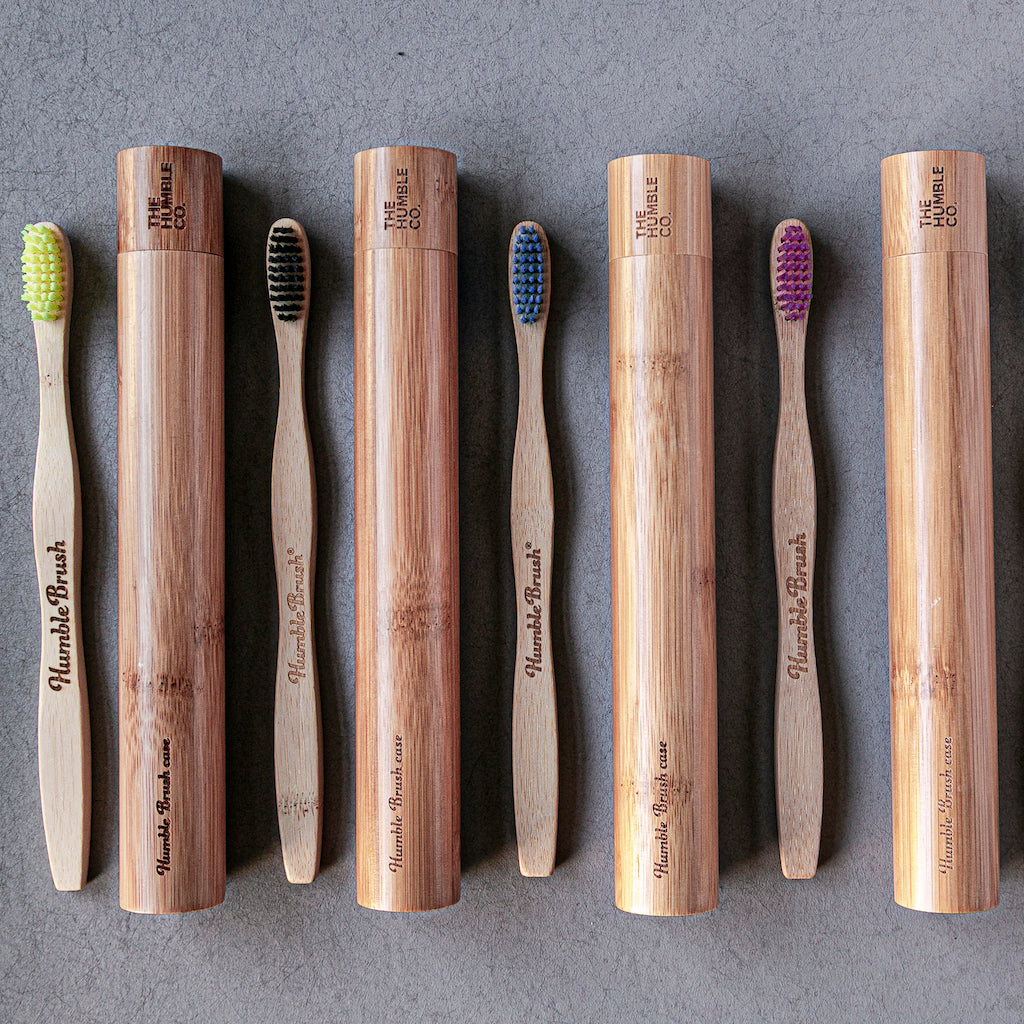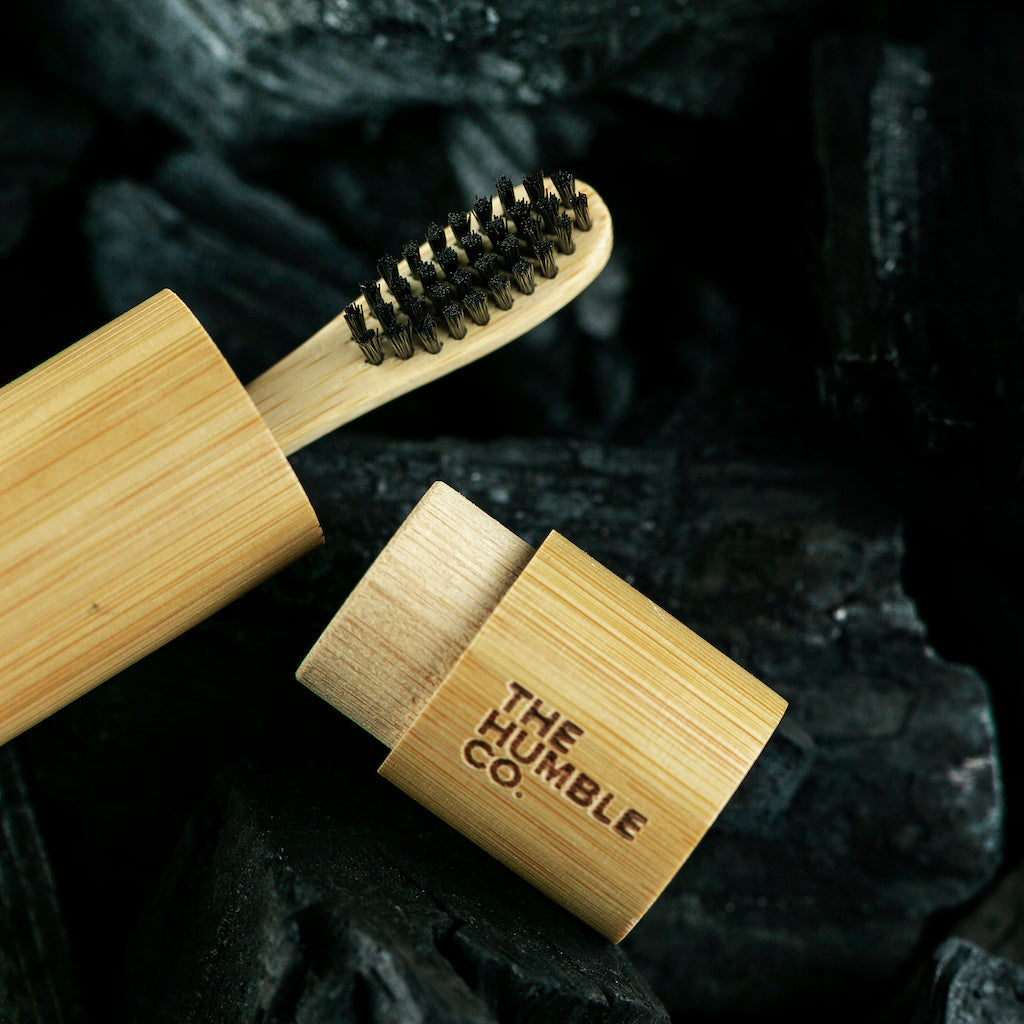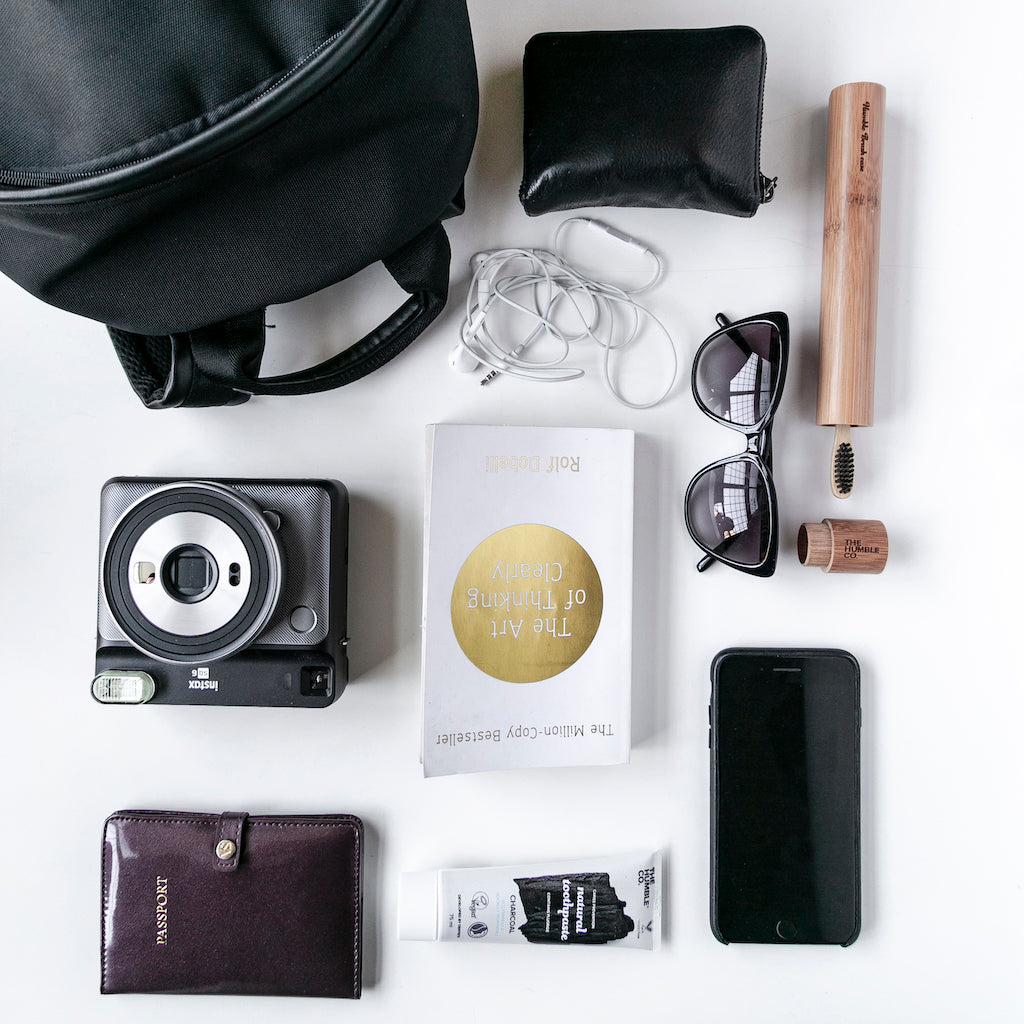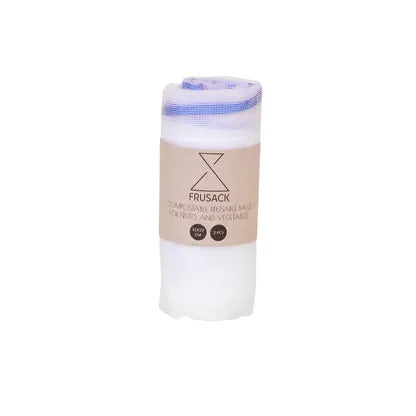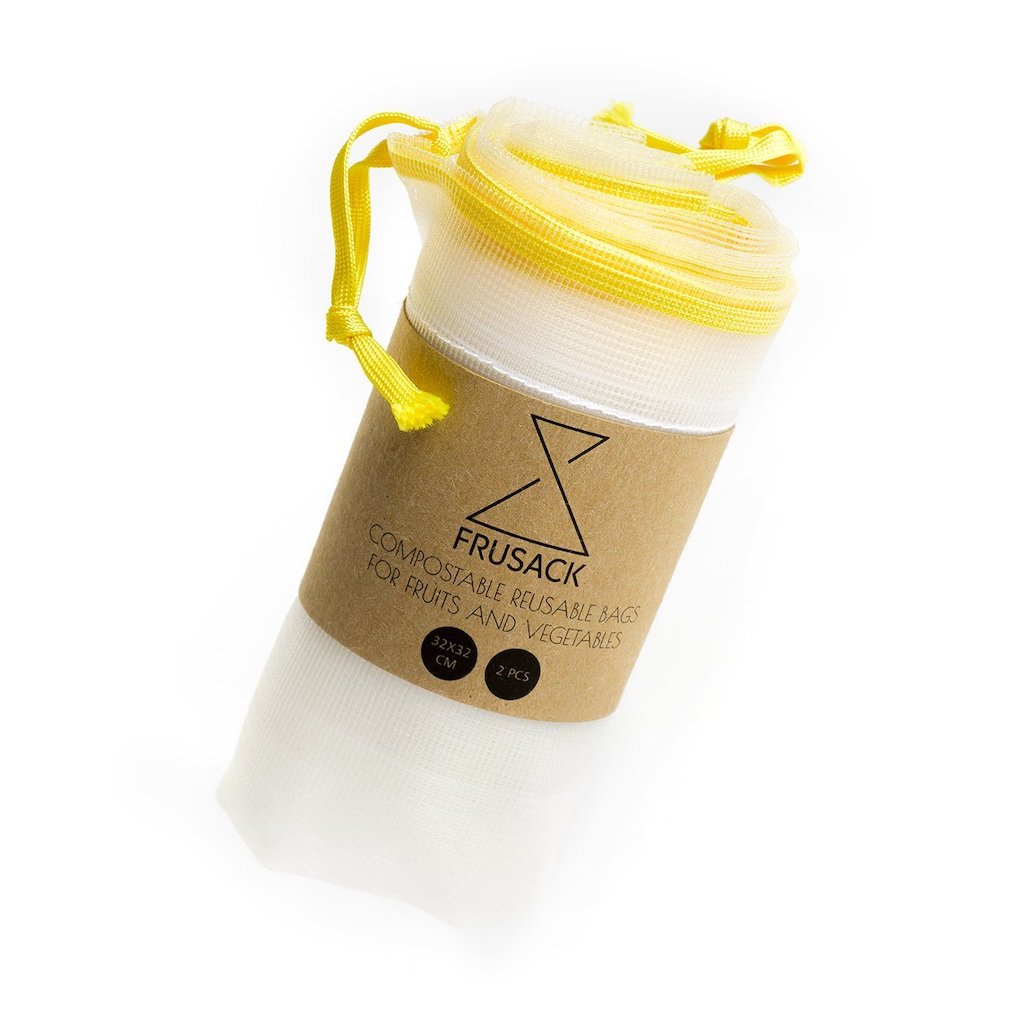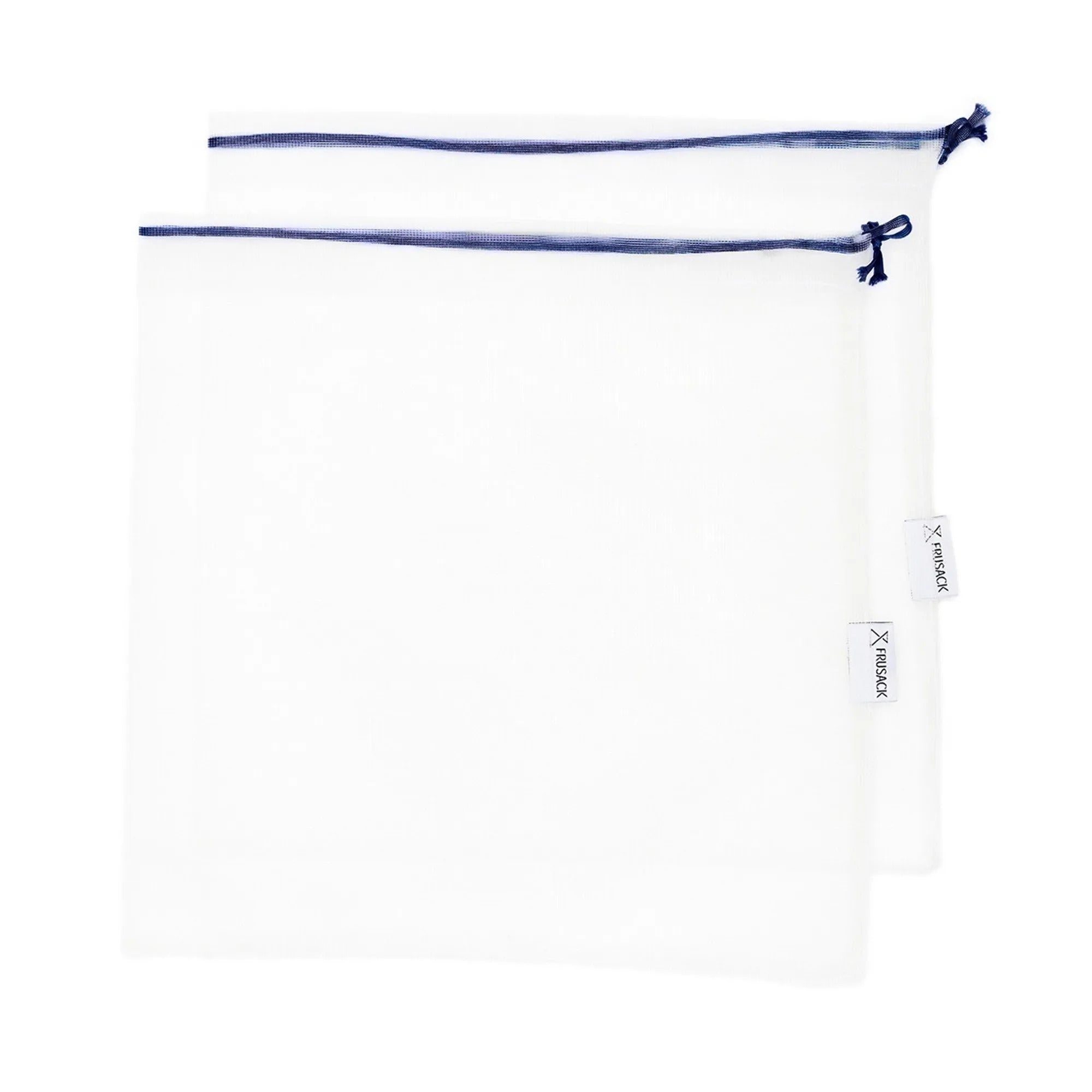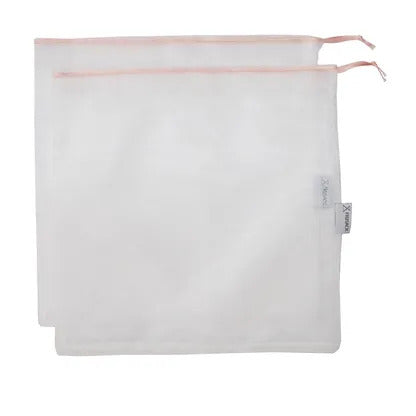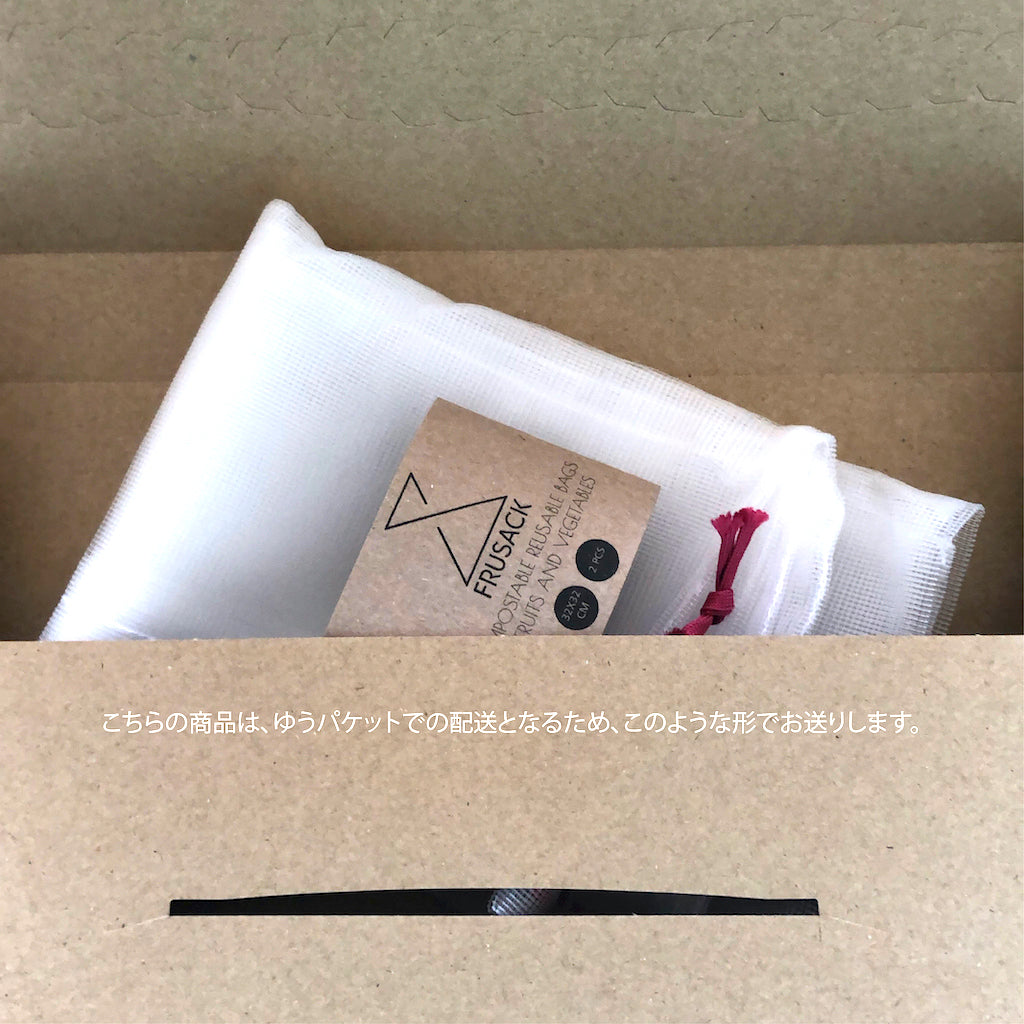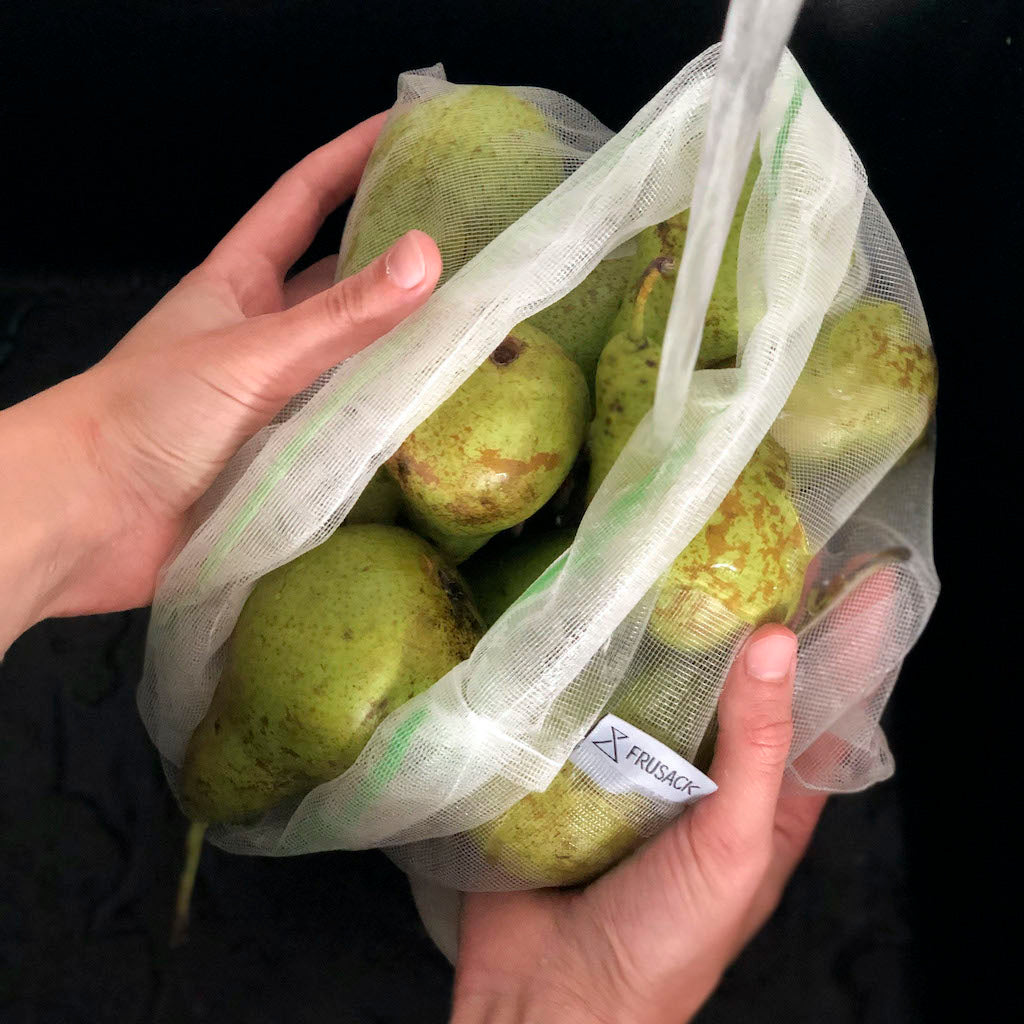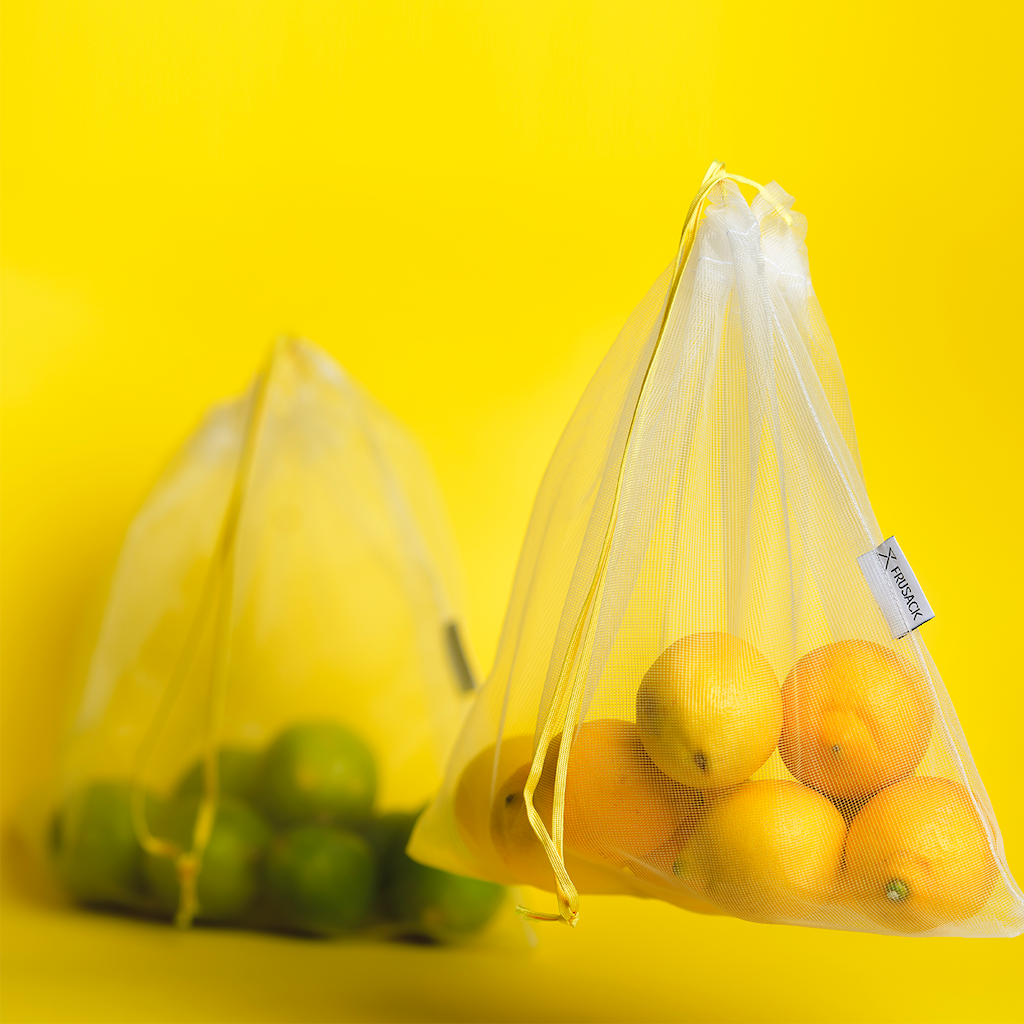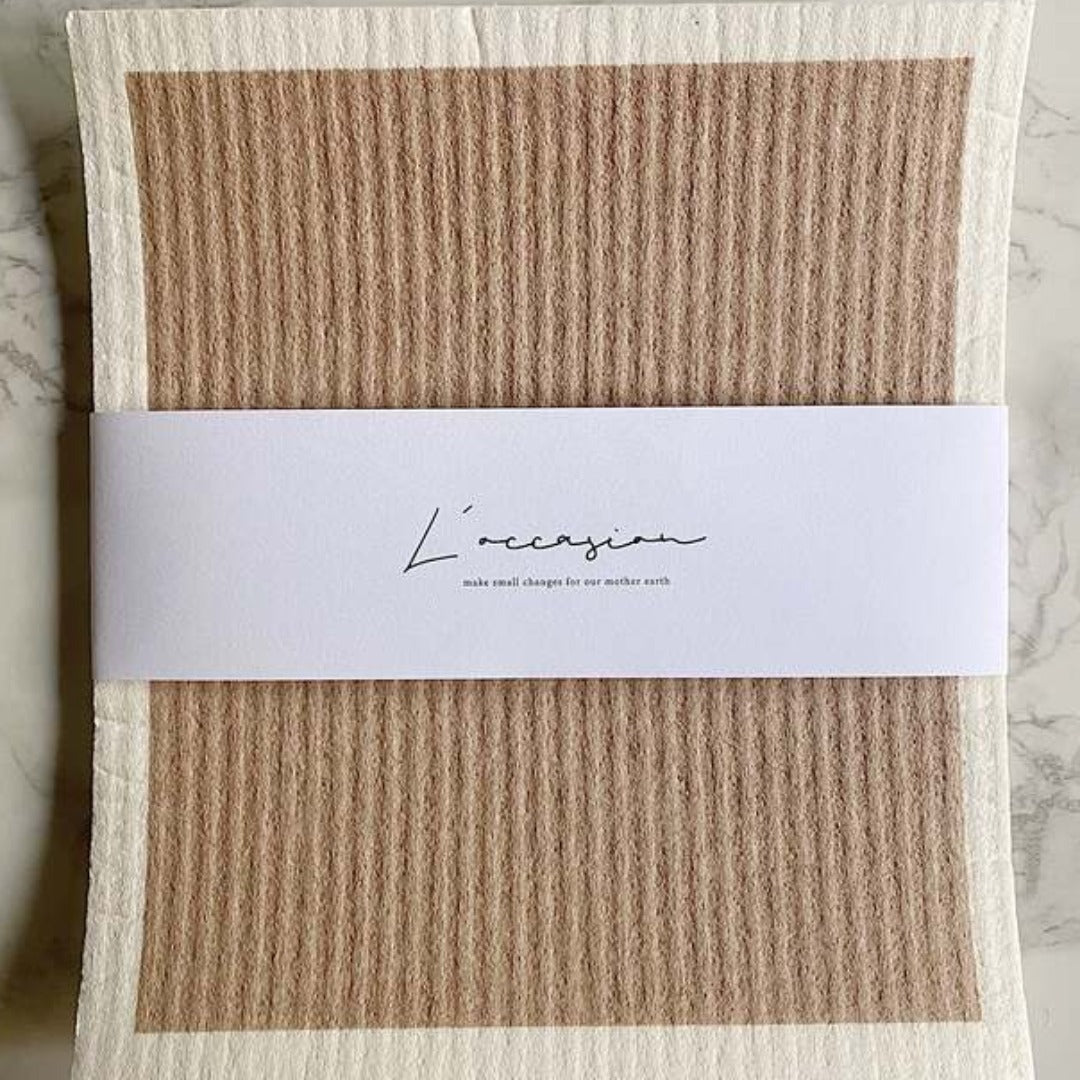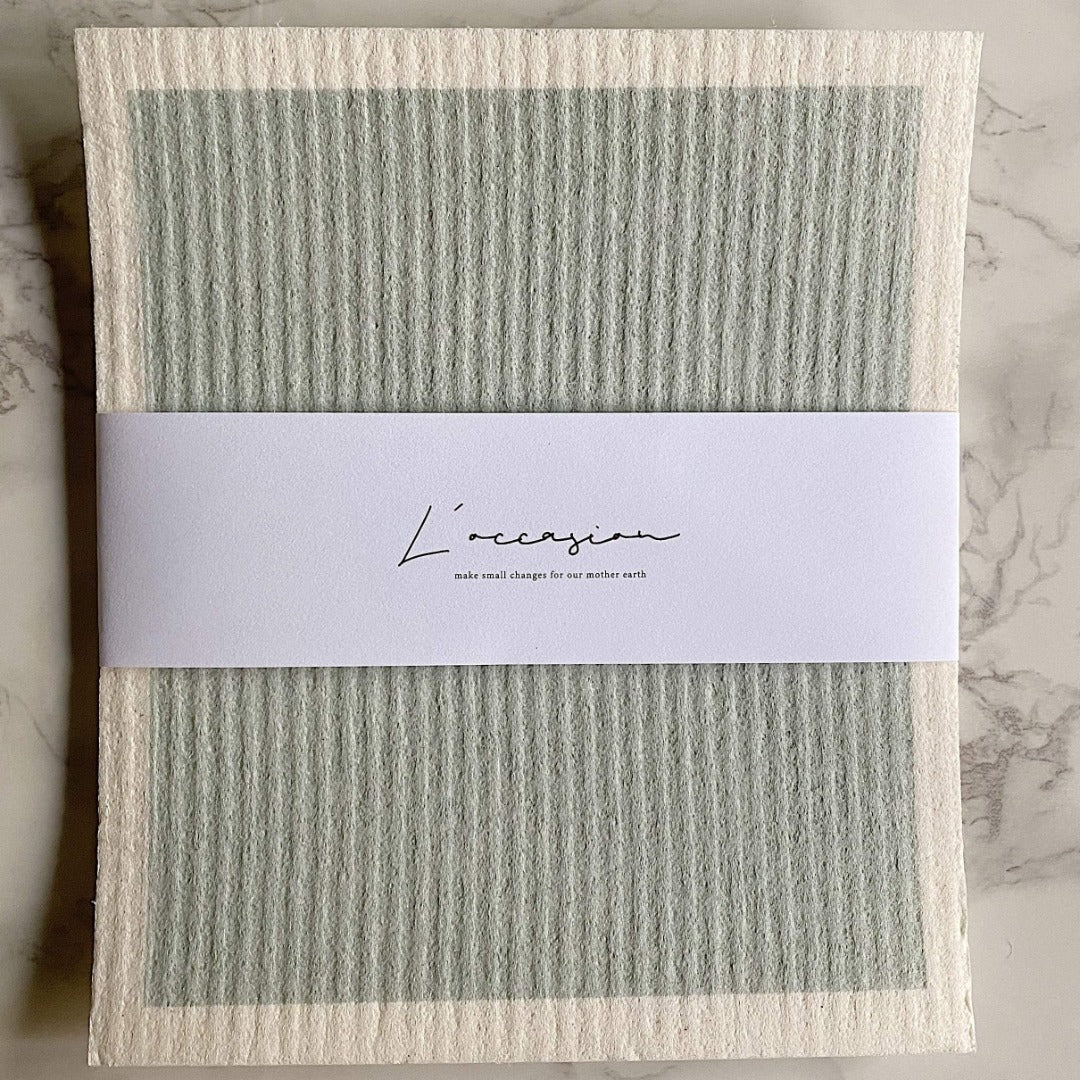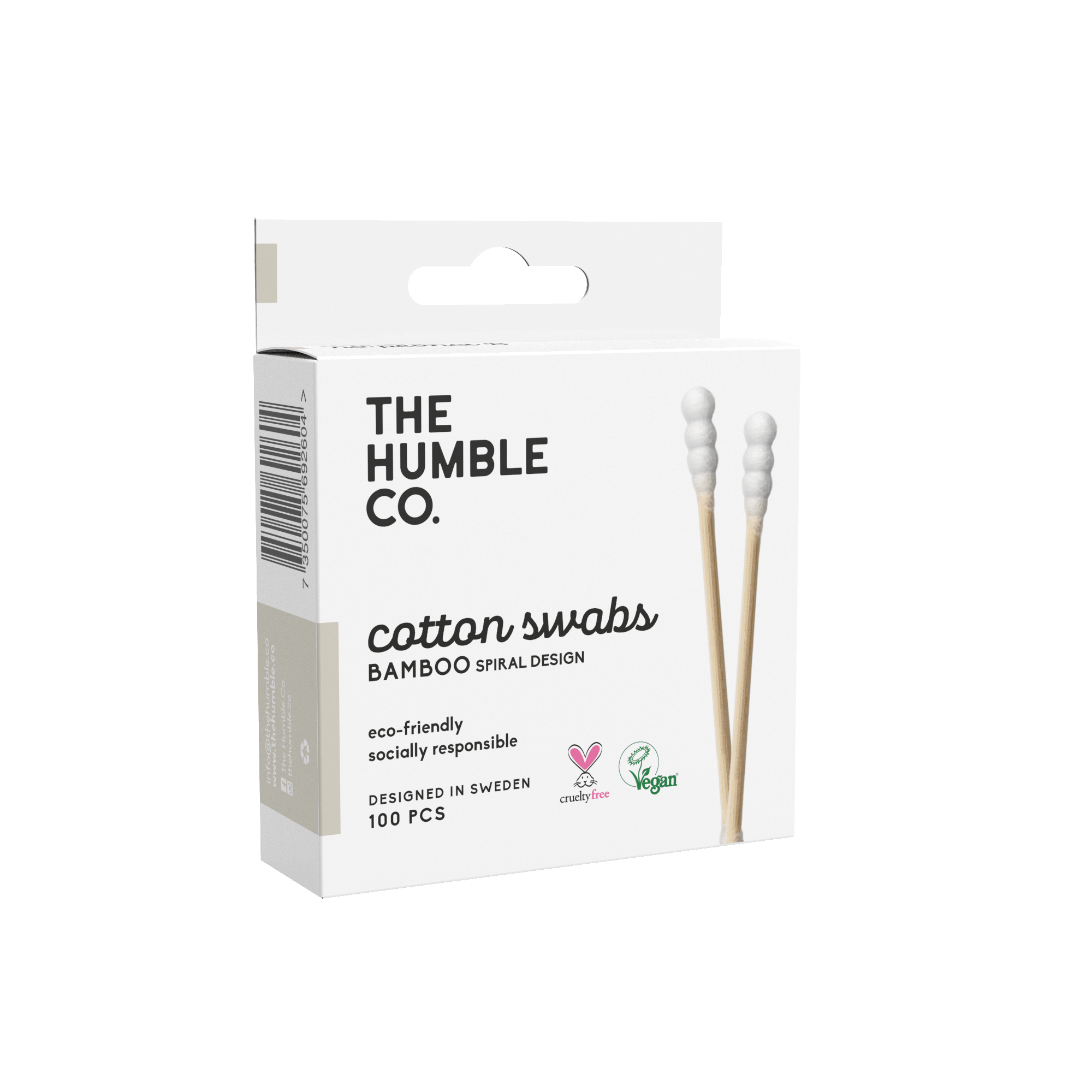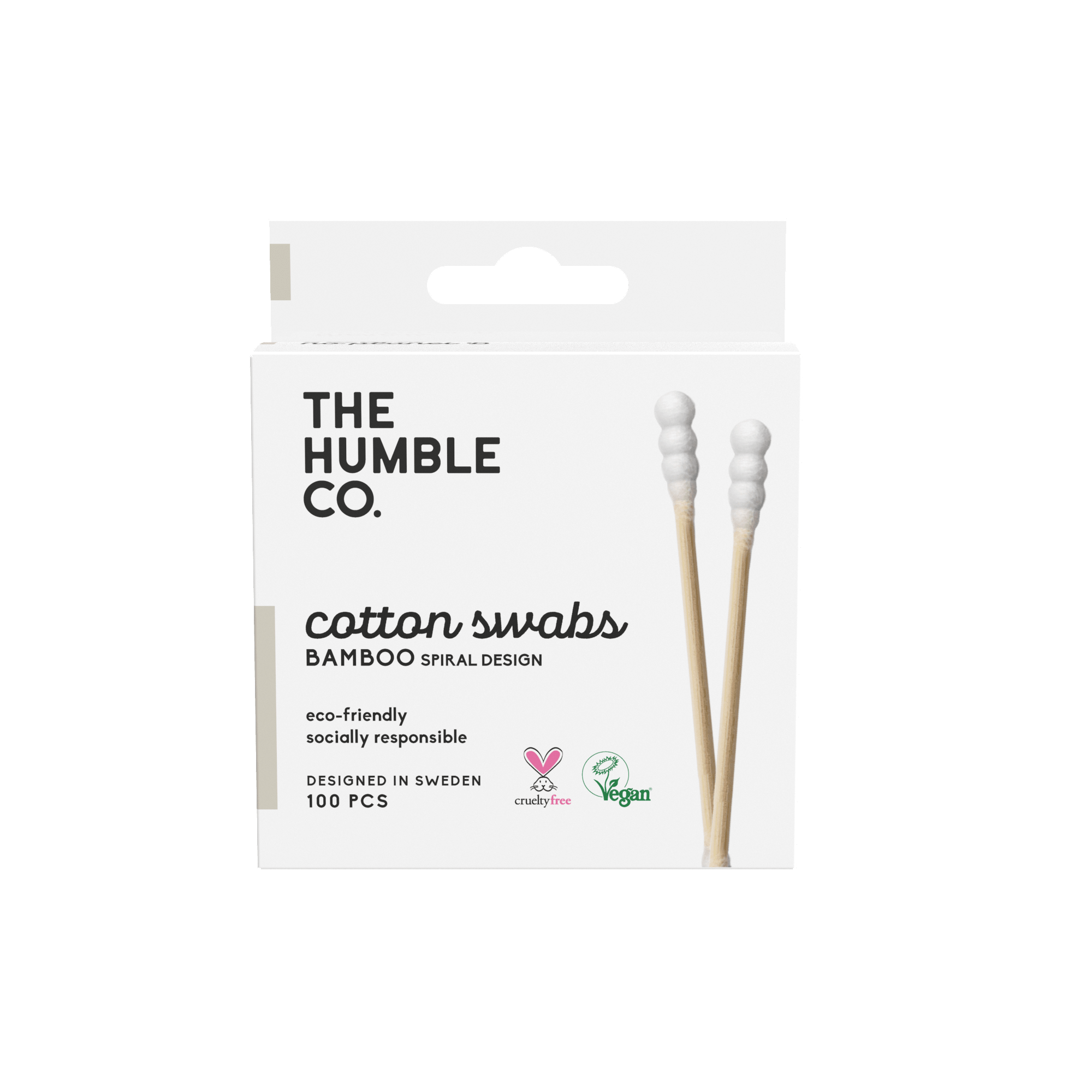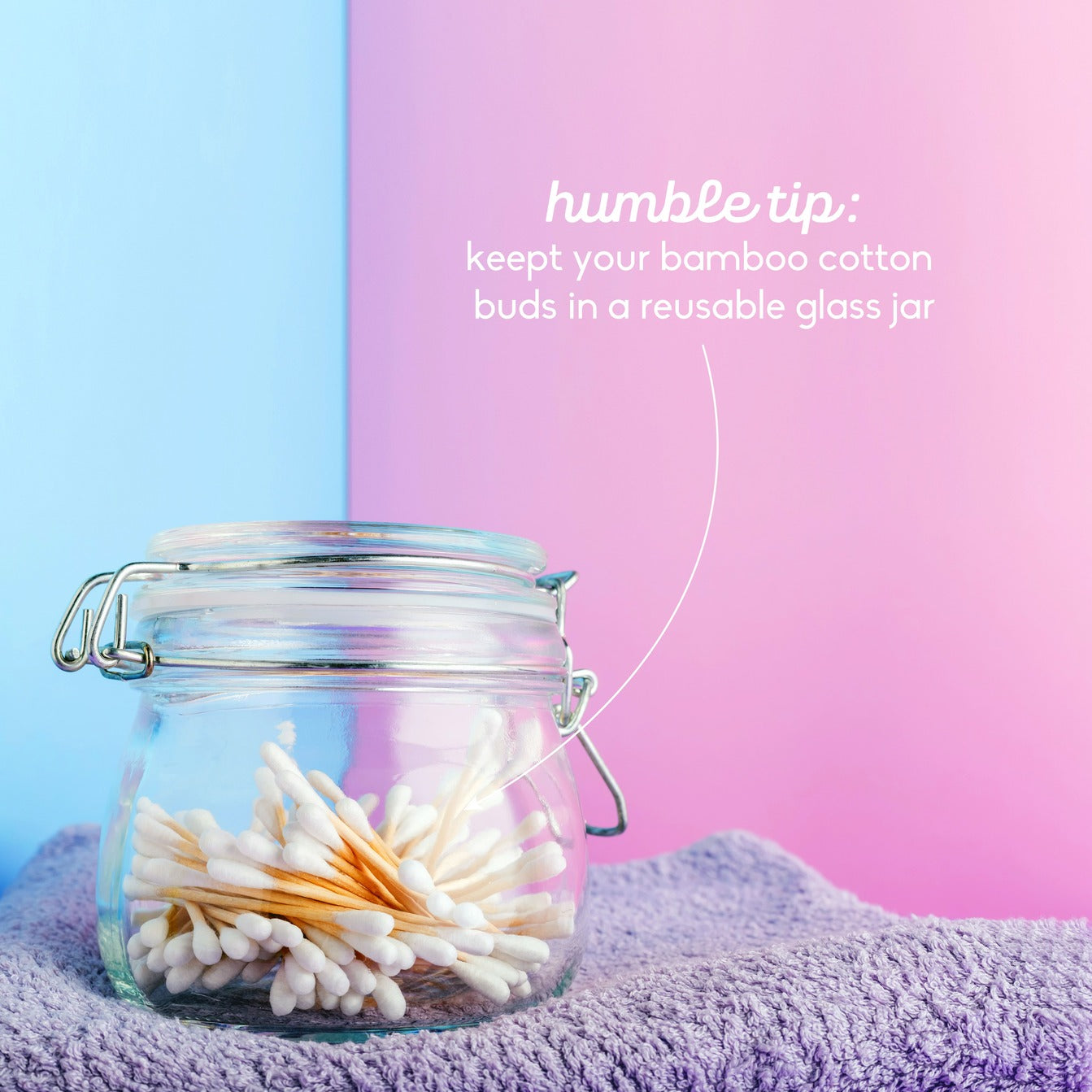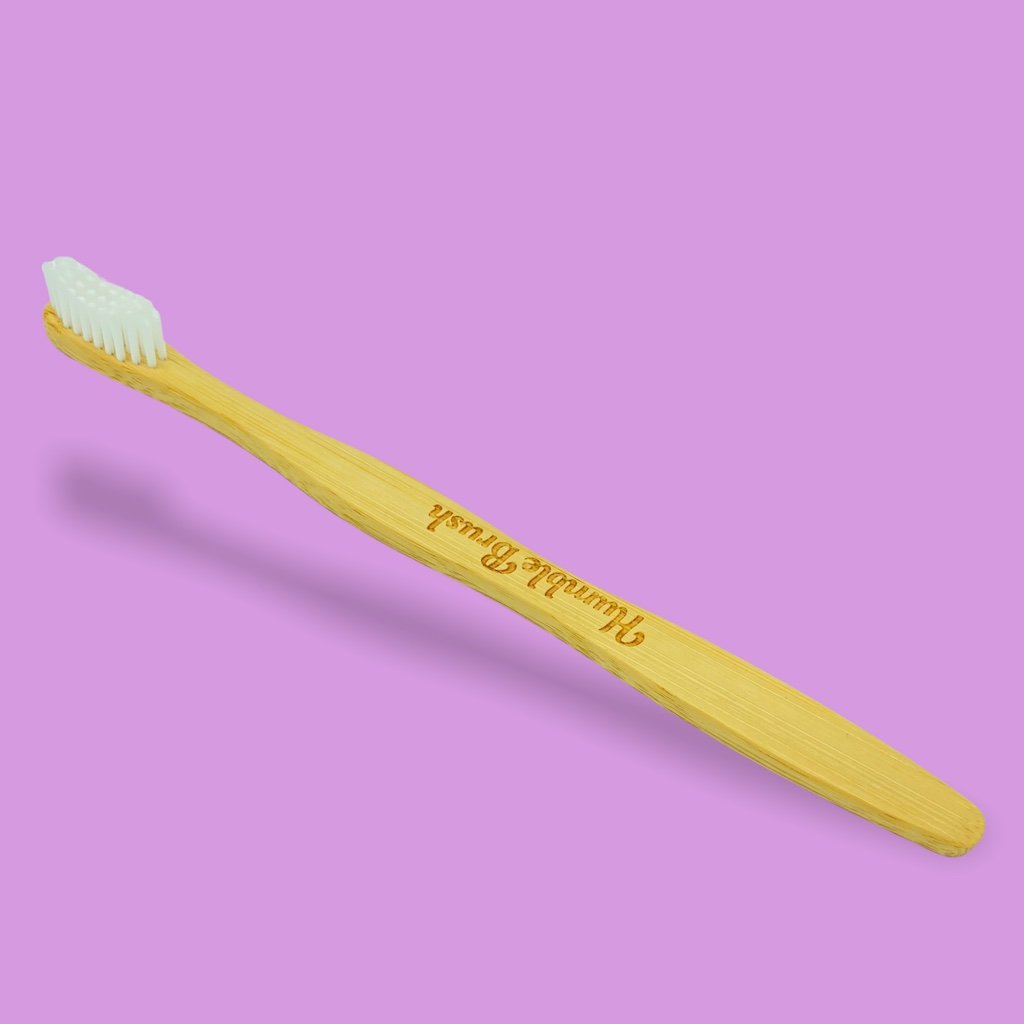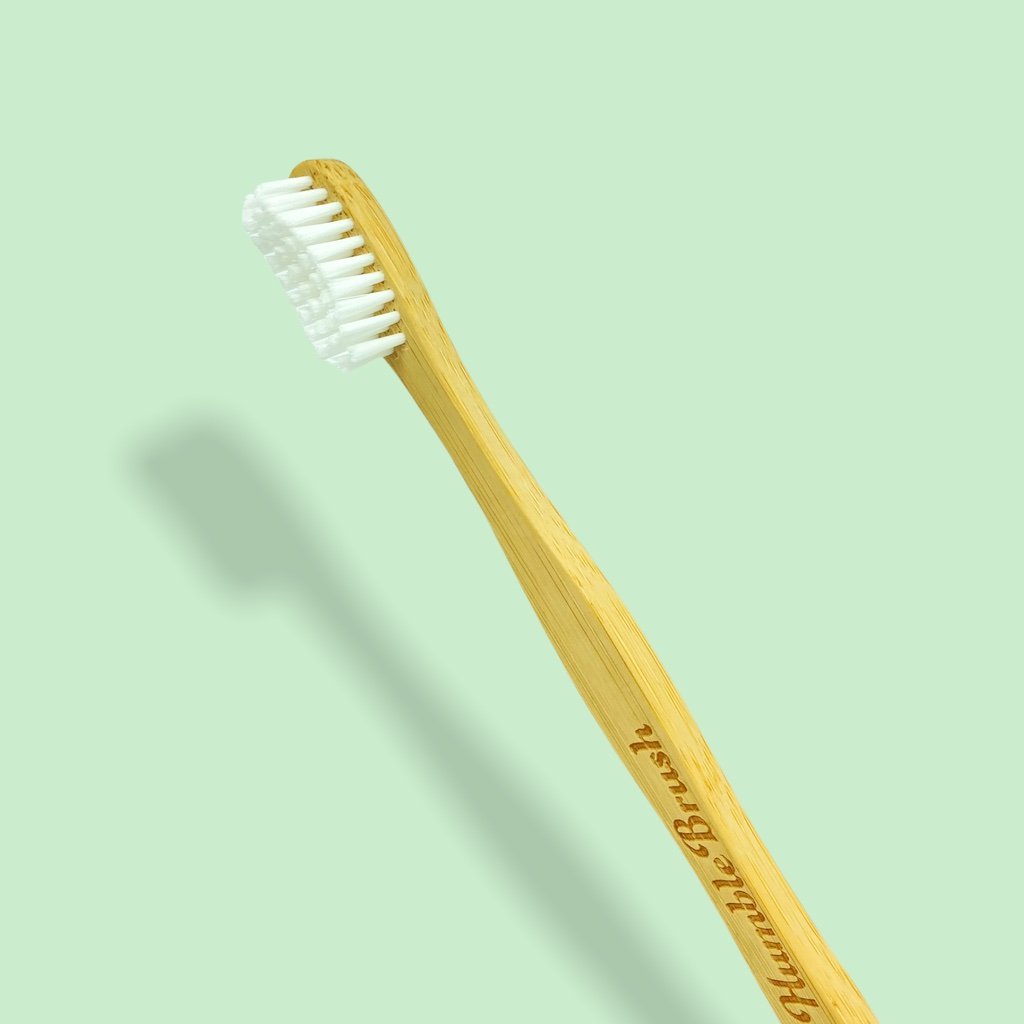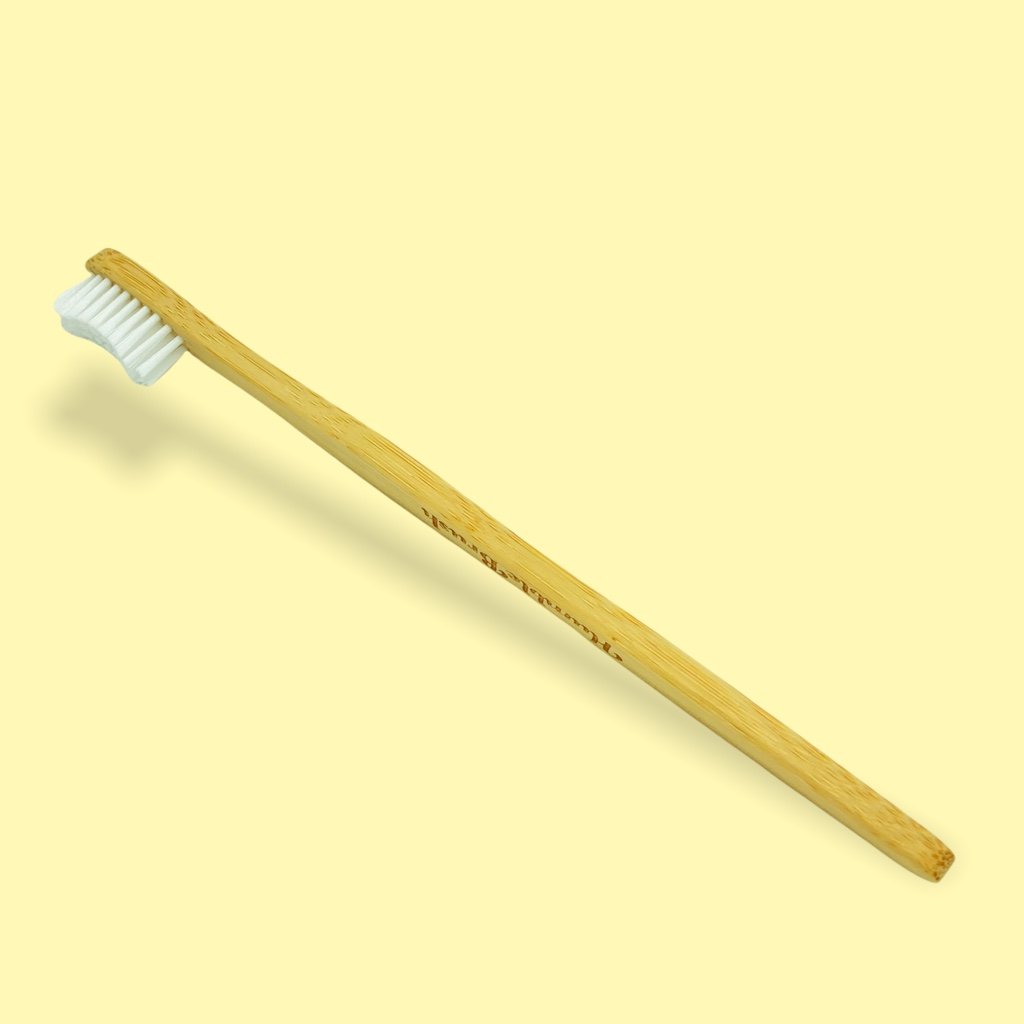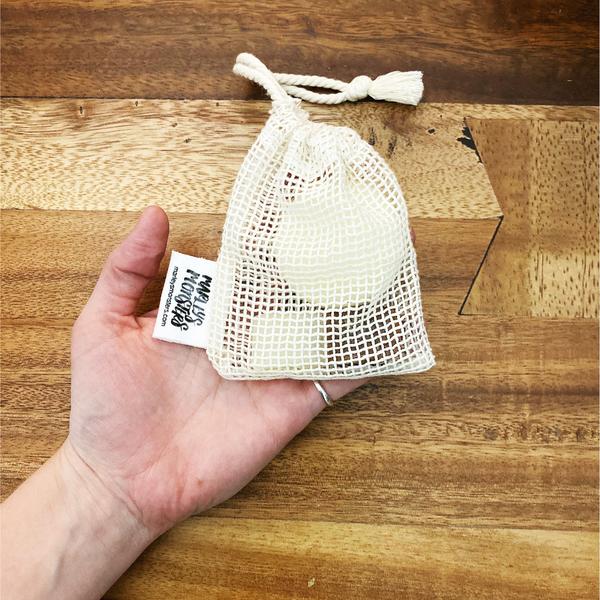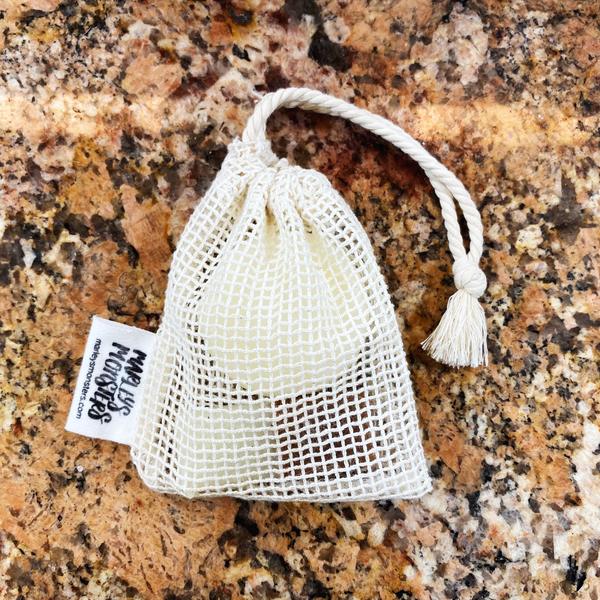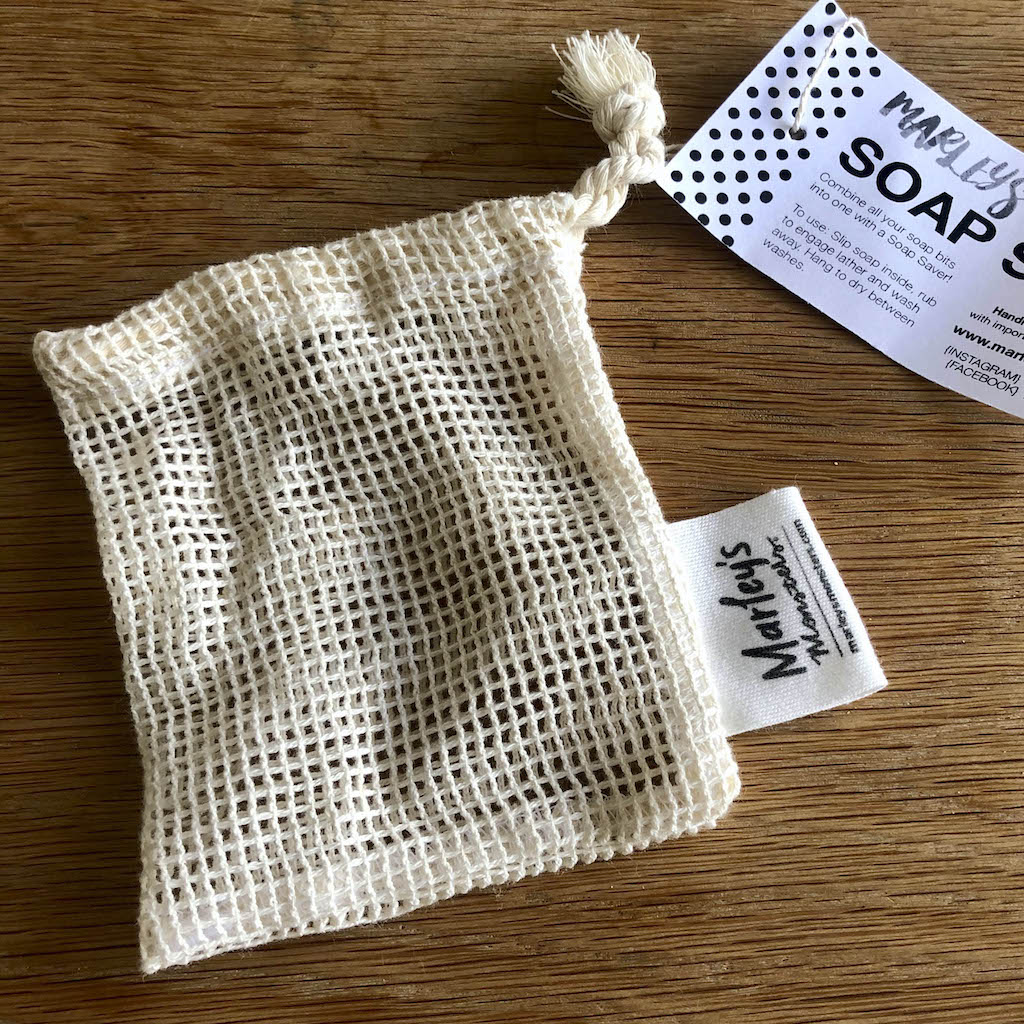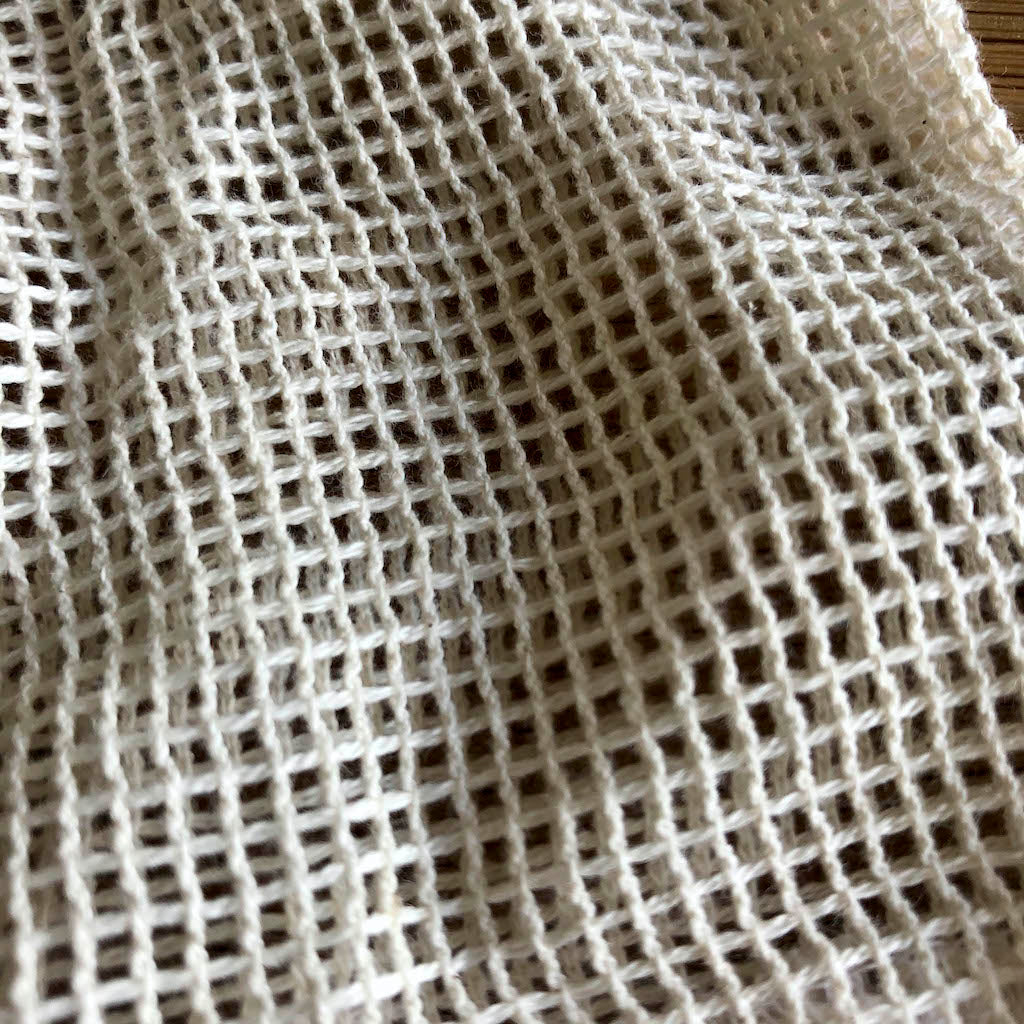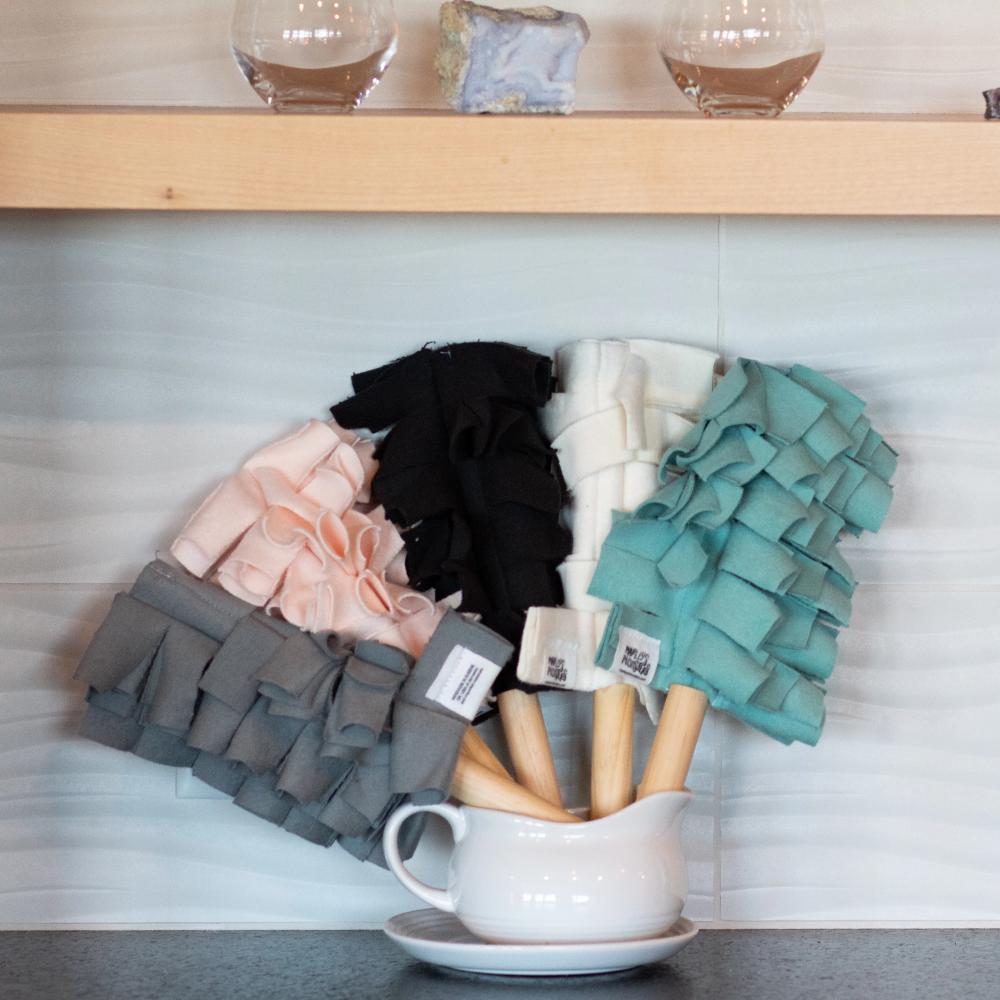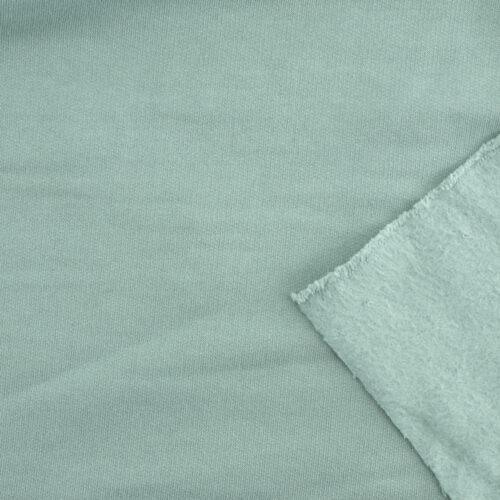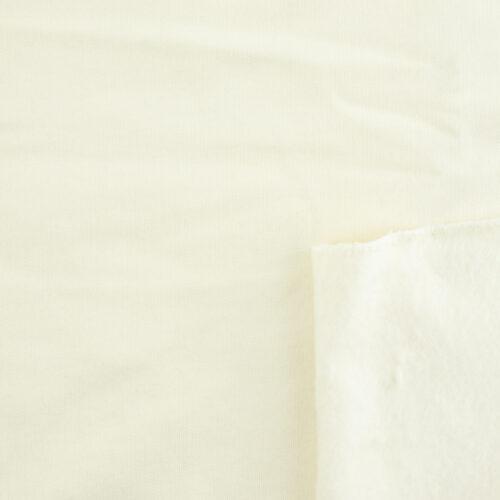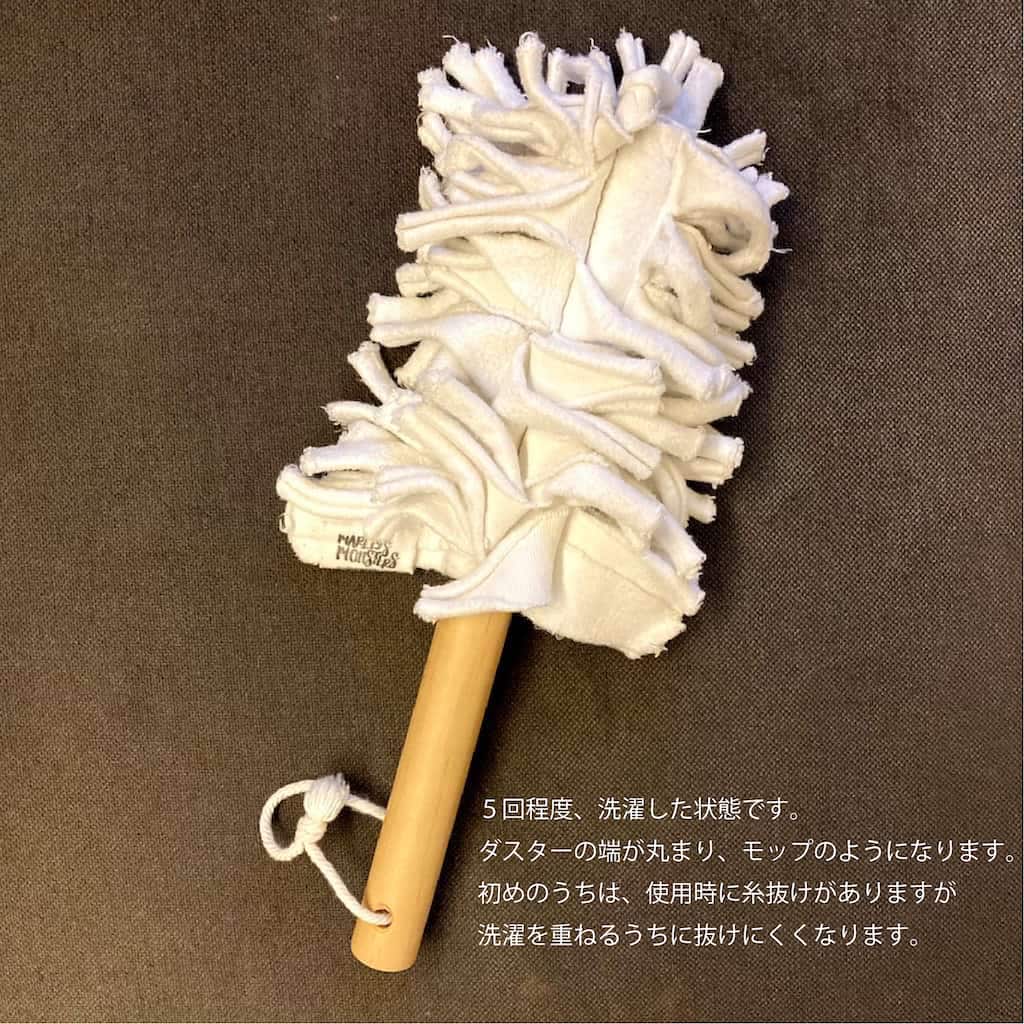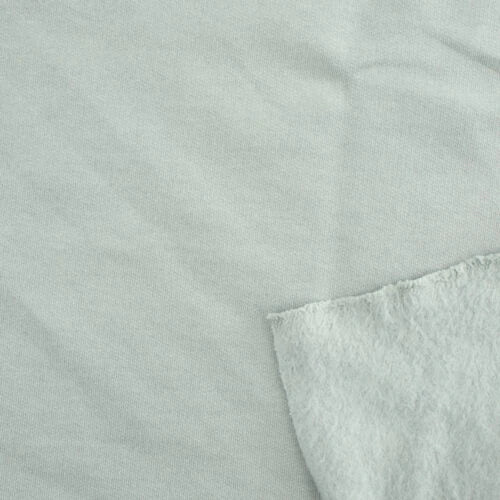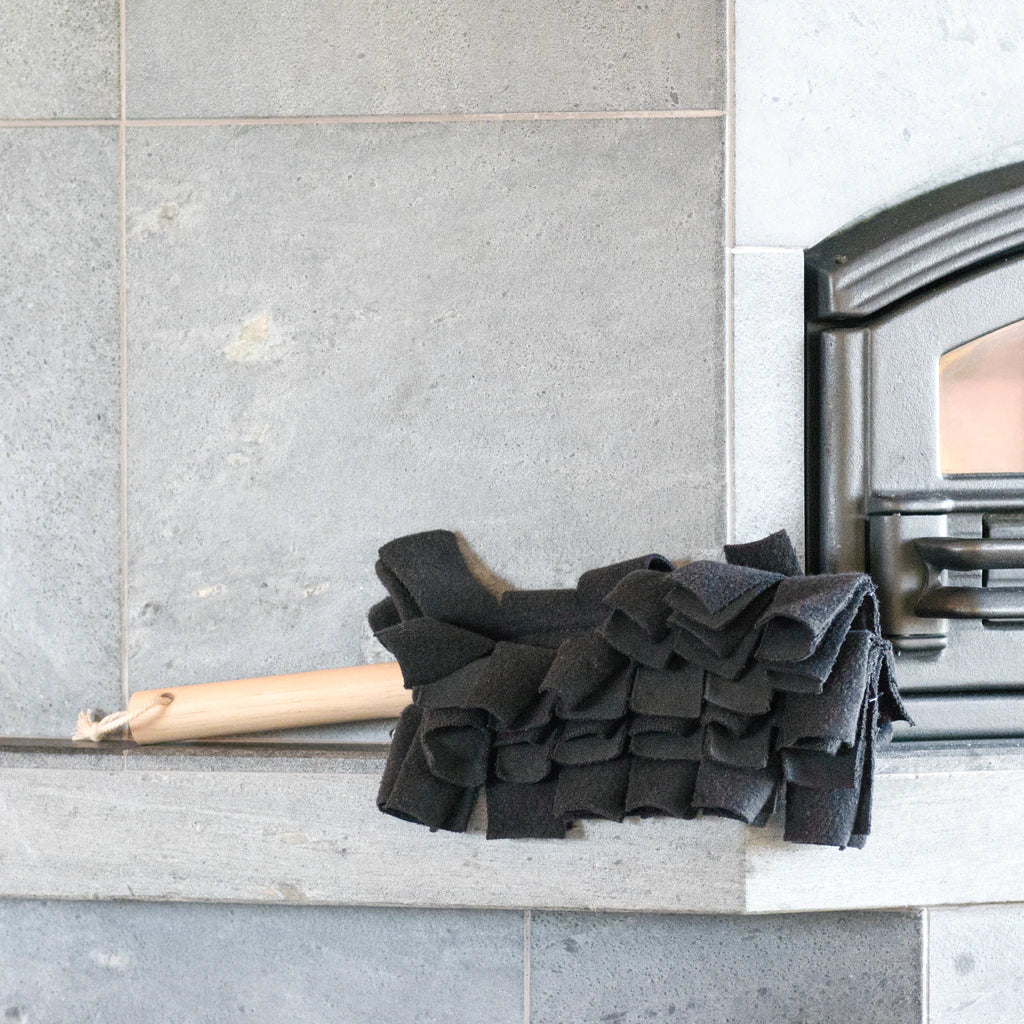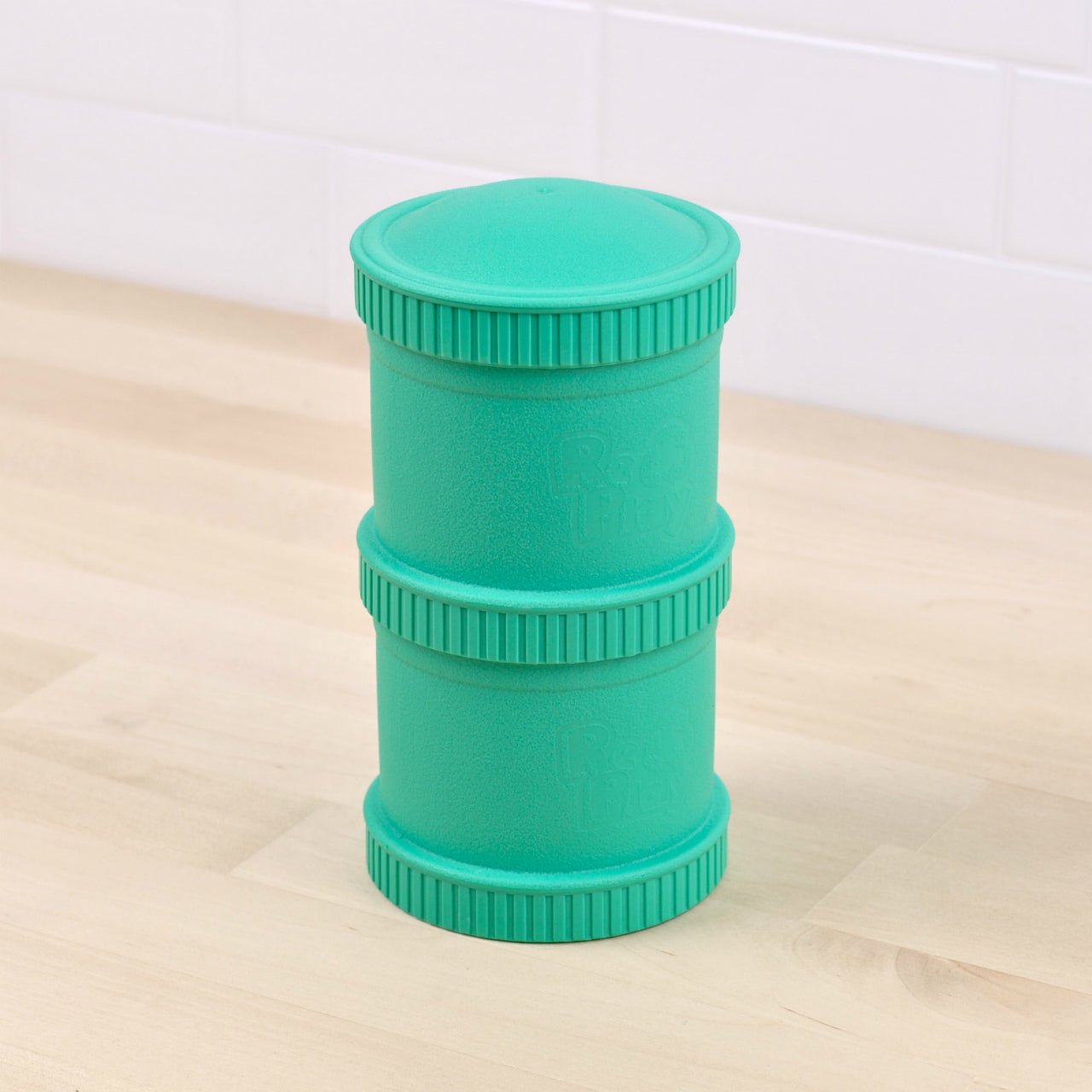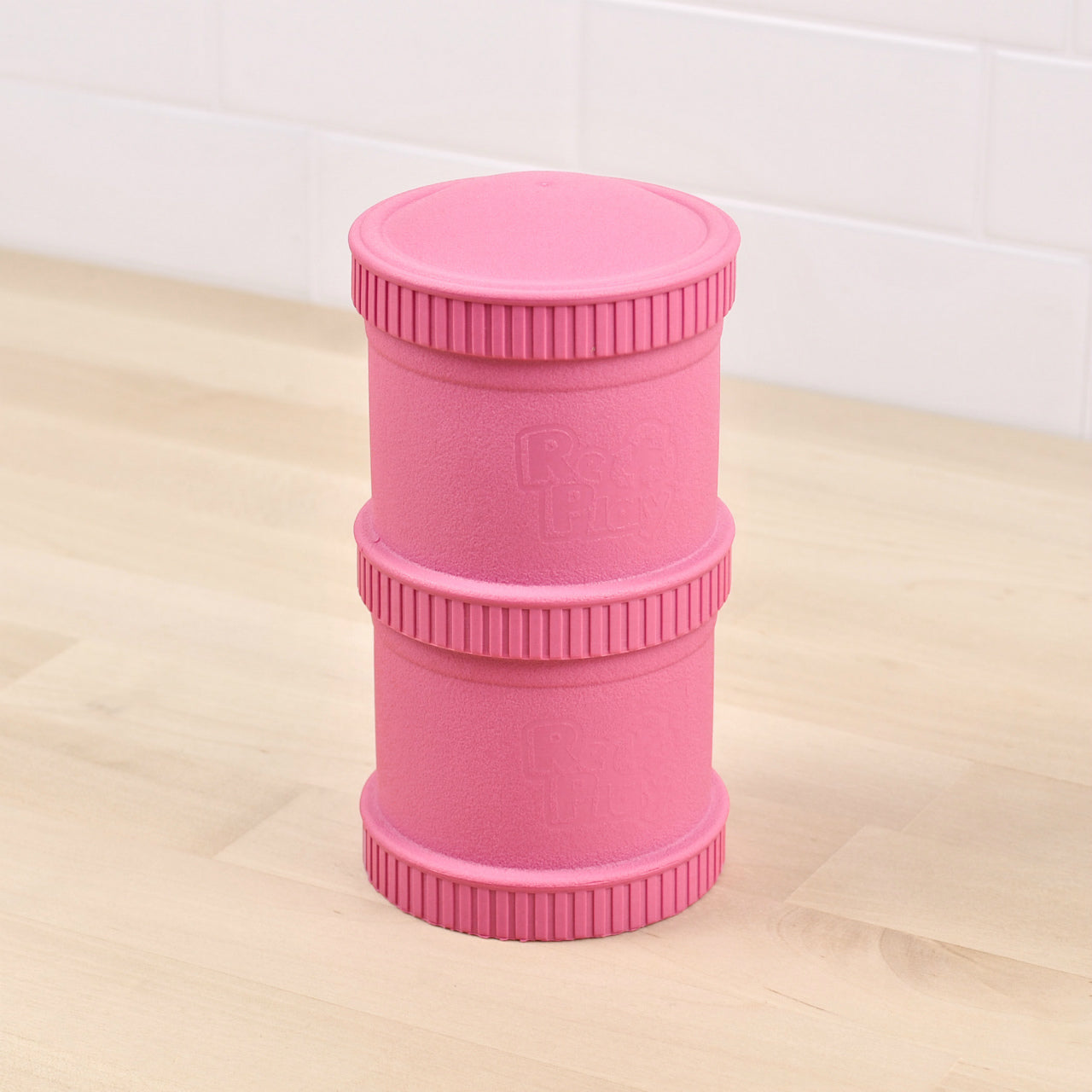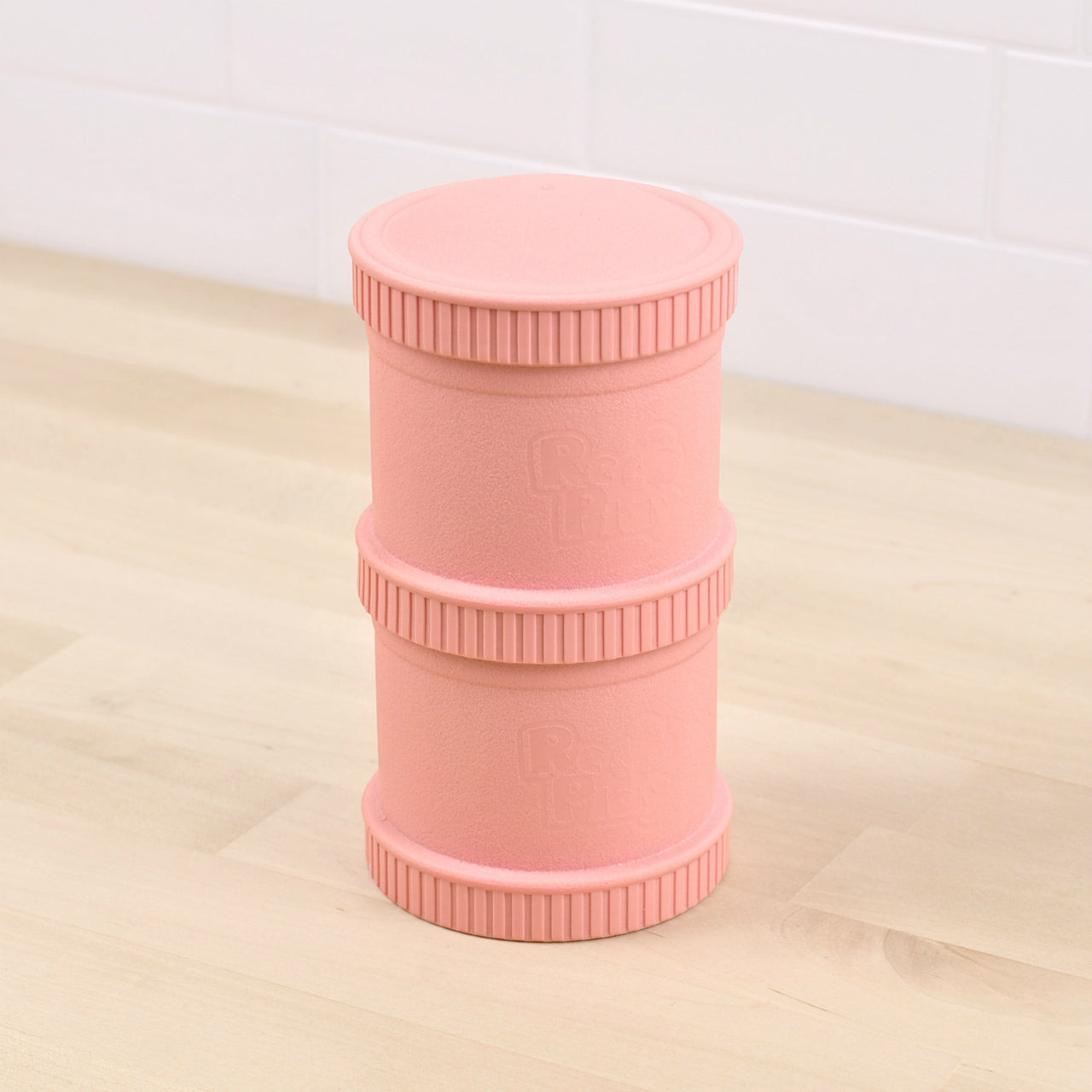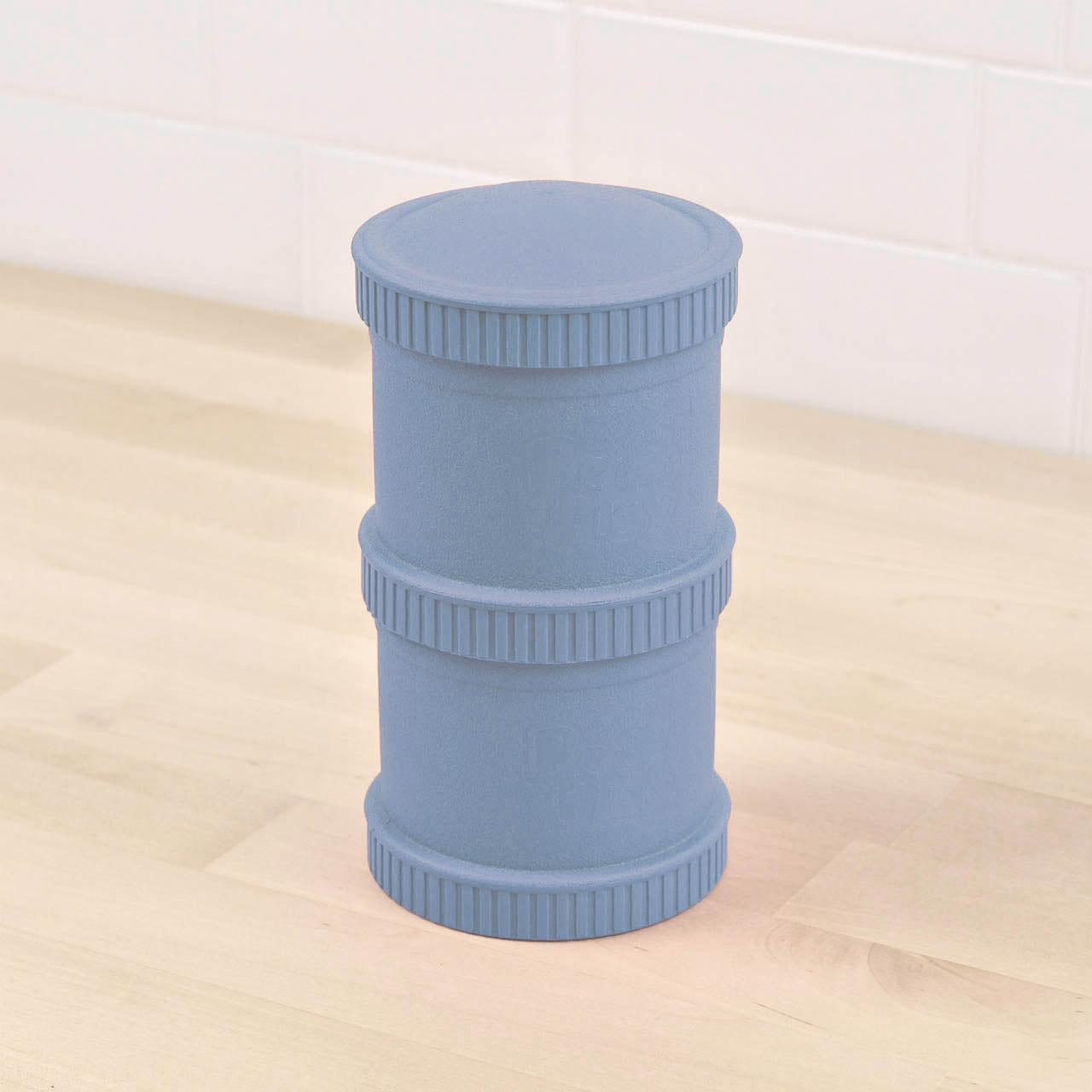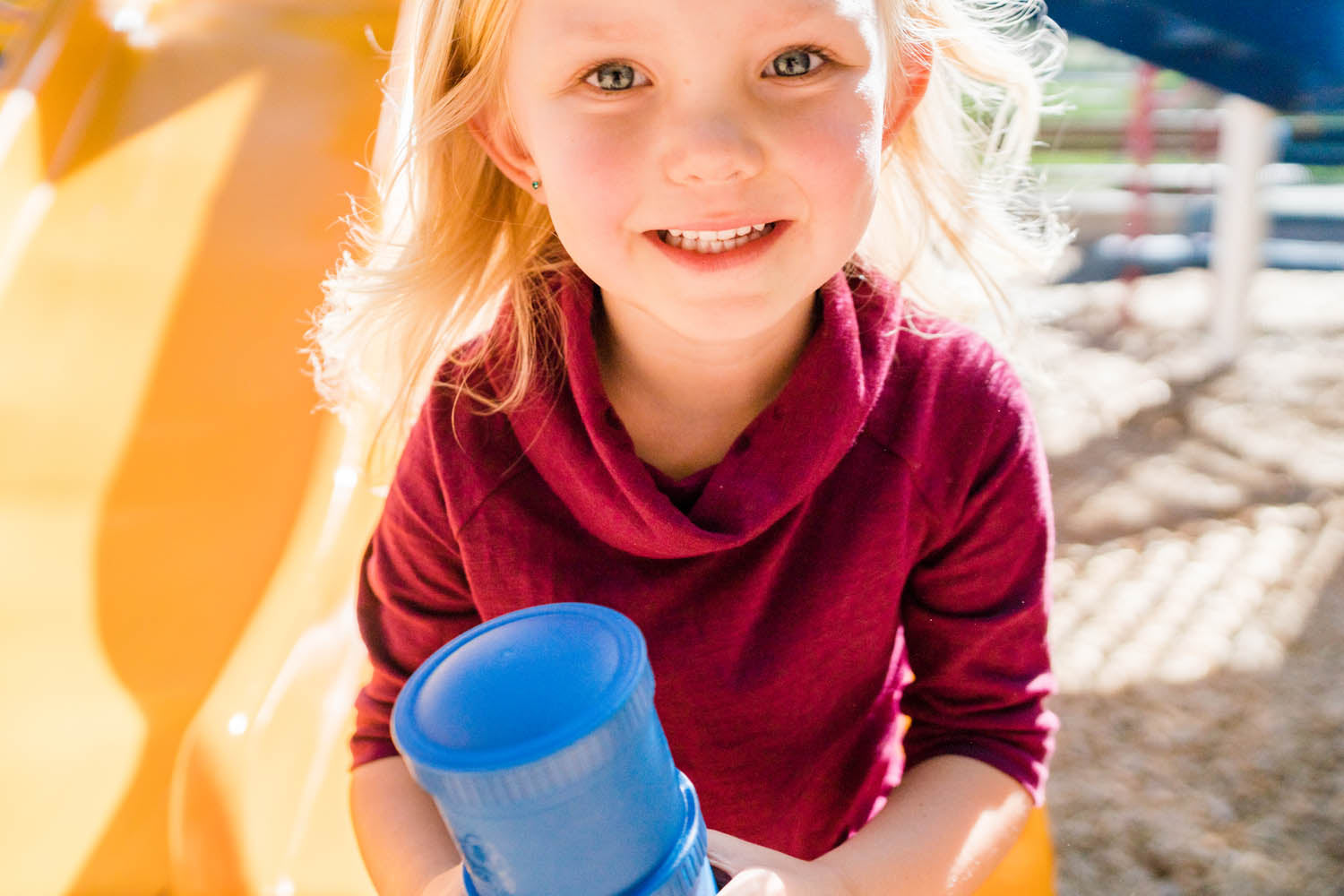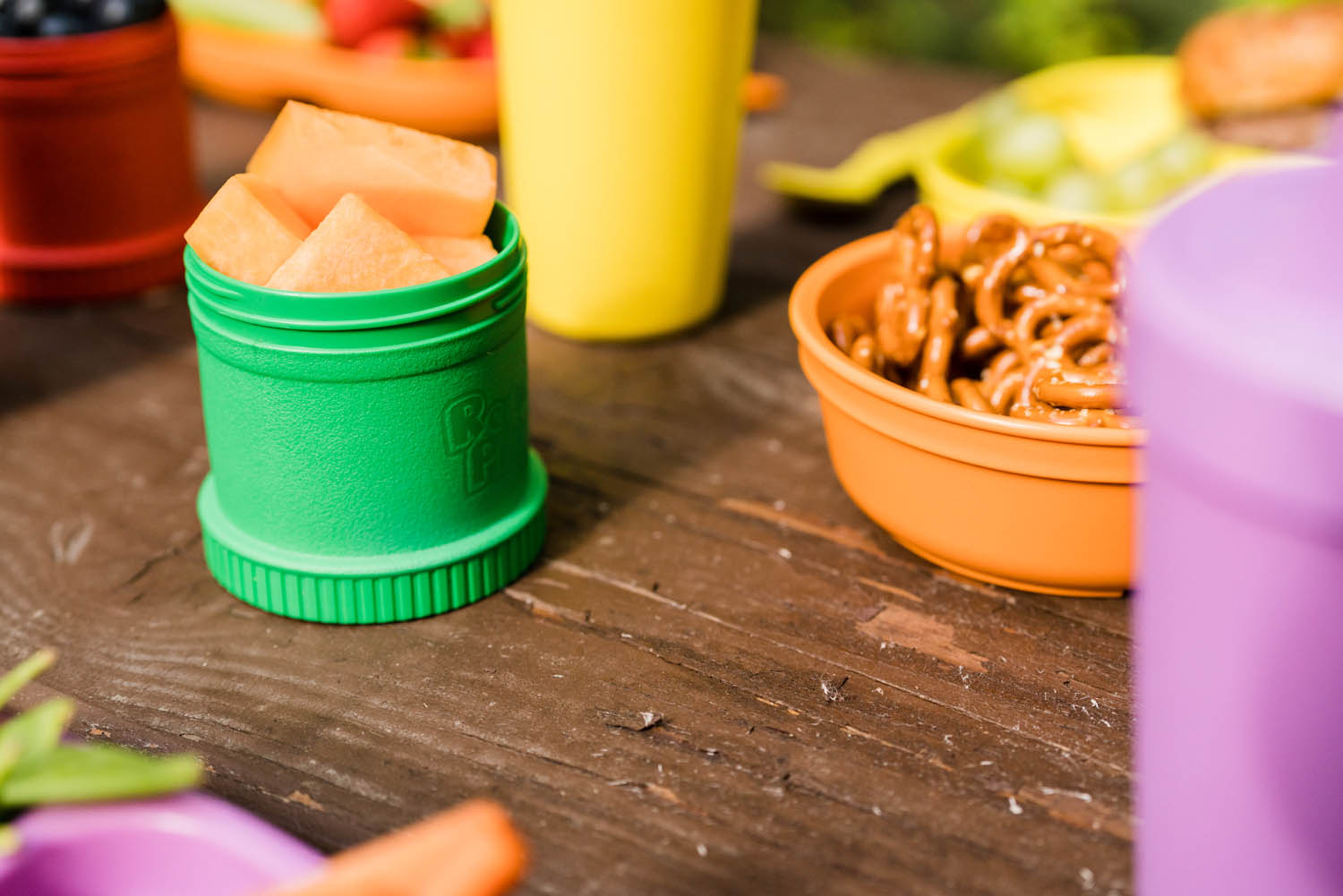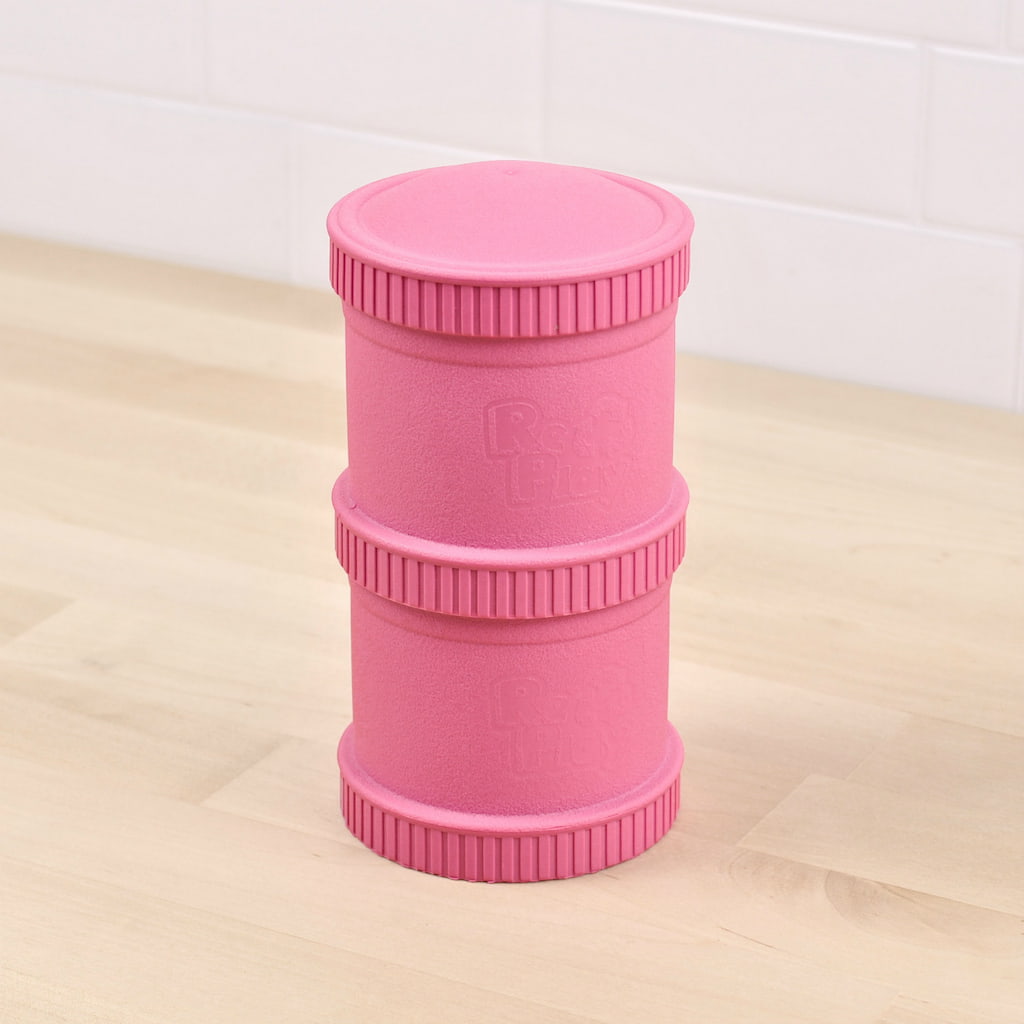Gradually changing into a sustainable lifestyle and thinking; these movements are becoming more widespread in the world.
However, if you throw away what you can still use and buy a new one, it defeats the whole purpose even if the brand new product is ethically made and sustainable because you're throwing away something that can still be used. This is why we try to communicate that first of all, take good care of what you already have. This is important to avoid mass consumption and throwing things in to the landfill.
We often talk about the consumables we use every day which can easily be switched to sustainable items. For example, kitchens and bathrooms are typical places to start from.
We also often use the term "alternatives" when we suggest people to switch. We think of "alternatives" as something more than just a different product but a product that can help you make a small change in the choices you make, which are sustainable and can in the end, lead to major changes for the future.
The current world is so convenient and there are many choices. So today, we will be talking about the alternatives we are practicing at home and why we switched to these items.
We hope that you can get a better sense of the term "alternatives" after reading this blog.
1. Kitchen area
Typical items we use in the kitchen include beeswax wraps (abeego) and produce bags (Frusack).
<Beeswax wraps>

Usage = An alternative for plastic wraps (derived from petroleum), which is mainly made by using natural materials such as cotton with beeswax or jojoba oil. It is sensitive to heat and is not suitable for freezing, but when storing vegetables and fruits in the refrigerator, it can keep them fresh because it allows air to pass through properly and keeps the humidity. Unlike plastic wraps, it can be used over and over for nearly a year just by washing it with water. Their end of life? Return them back to the soil by composing.
Why? = We used to rely on plastic wraps. A LOT. It was cheap and easily available. We were consuming it in large quantities without thinking much, but realized that it was an item that could be changed immediately especially after learning about it at supermarkets in Stockholm. The price of beeswax wrap is more expensive than plastic wraps so we were definitely hesitant at first, but if you consider the annual consumption the price isn't so different (or may be cheaper to use beeswax wraps), and the amount of garbage we now throw out has greatly reduced so we're really loving this switch!
<Produce Bags>

Usage = Mainly used when buying plastic-free vegetables and fruits. It is often used as a substitute for plastic bags installed in supermarkets. You can also use these at shops that sell by weight. The produced bags we use are made of compostable biodegradable plastic called PLA (polylactic acid). Compared to organic cotton bags, you can carry your fruits and vegetables directly from supermarket to your fridge and even wash them without taking them out from the bag!
Why? = Things are a bit different now but just a few years ago, there were so many times when you got plastic after plastic when you go to the supermarket. If you forget to ask them not to use them, the amount of plastics starts to accumulate at home and in the end there is just too many to keep and they go to the trash... We really wanted to get out of this and started to use produced bags and of course at supermarkets, we always ask the cashier not to use any plastics. Plastic is convenient, and the plastic wrap makers also make them so easy to use everywhere so there is a vicious cycle in which we (consumers) don't dispose of them properly and thus we see plastics that are just thrown away on the roadside which than flows out into the ocean. As with many things, we feel that we should try to stay clear from disposable, single use items.
<Others>
In addition to the above, we often use silicon containers such as Stasher. It is useful when you need to use microwave ovens and the freezer. We also use it to put in snacks to bring to school for our son. We also stopped using coffee paper filters and replaced them with non-disposable linen filters which works perfectly!

2. Bathroom area
Typical items we use in the bathroom include bamboo toothbrushes (The Humble Co.), scallop powder (rerum nature japan), and dryer balls (ULAT).
<Bamboo toothbrush>

Usage = An alternative to plastic toothbrushes. The handle is bamboo, which is a sustainable resource. Bamboo is said to have an antibacterial effect and is resistant to water. There are many brands who now sell them and we see that it has become a popular item. Some brands uses pig hair or horse hair for the brush which means that they are made out of material that returns to the soil. For vegans, we recommend the nylon brushes.
Why? = Toothbrushes are definitely one of the consumables that are most commonly used. At drug stores, there are a rack full of plastic toothbrushes lined up. Let's say you use 12 toothbrushes per person per year... Where do the used toothbrushes go? It's a little horrifying when you think about that.
<618 Scallop Powder & Dryer Balls>

Usage = 618 Scallop powder is used as a substitute for laundry detergent, and dryer balls are used as a substitute for fabric softener. All made from natural resource, it is an important item for safe washing. The scallop powder turns into alkaline (PH12) after dissolving in water and has strong cleaning, disinfecting, deodorizing and antibacterial effects.Scallop powder changes to strong alkalinity when dissolved in water, and decomposes acidic stains on clothes. Dryer balls are indispensable for drying after washing. It's an excellent alternative to fabric softeners that give your clothes a fluffy finish, as well as an excellent way to reduce the drying time.
Why? = Laundry is a place where a lot of domestic wastewater flows out. Scallop powder has the same stain-removing effect as chemical detergents that use chemical substances. The powdered water helps clean the drains and rivers as it returns back to nature after each laundry. Next, the dryer balls... We first encountered it through a friend in Italy. After that, we looked for other dryer balls and came to ULAT's Dryer Balls. The drying time has definitely shortened, and the clothes are fluffy. And isn't it just so cute?? Liquid fabric softener seems to stick to the washing machine and become more sticky as you continue to use it. As a result, our machine was often clogged and we had to request for maintenance. But now, we haven't had this problem at all and washing and drying is just so simple and comfortable!
3. Cleaning
Typical items we use other than vacuum cleaners include dusters and floor wipes (Marley's Monsters).


Usage = An alternative for single-use, disposable dusters and floor wipes. Many of the disposable items are derived from petroleum, which also causes microfibers to float in the air. In comparison, naturally-derived products that can be washed and used repeatedly do not completely catch fine dust, but the characteristics of the material are effective and serve as a sufficient alternative.
Why? = Many microfiber problems exist not only in water but also in the air and continue to accumulate in our bodies. This is a huge problem and is a dangerous substance that is harmful to your health. We see this problem as a contradiction that occurs in a convenient world. Sure, it may take a little more time and effort compared to just disposing after use, but it definitely feels much better not having to throw so much garbage in to the landfill.
Sustainable choices and alternatives continue to grow in Japan and the world. What ever you choose to do, if is important to first know and understand the current situation so that you can make the best decisions for you.

![[MEDIA] DECEMBER 25, 2025](http://borderlesscreations.com/cdn/shop/articles/MEDIA_4.png?crop=region&crop_height=1080&crop_left=0&crop_top=0&crop_width=1080&v=1766622527&width=1080)
![[MEDIA] DECEMBER 2, 2025](http://borderlesscreations.com/cdn/shop/articles/MEDIA_3.png?crop=region&crop_height=1080&crop_left=0&crop_top=0&crop_width=1080&v=1764653760&width=1080)
